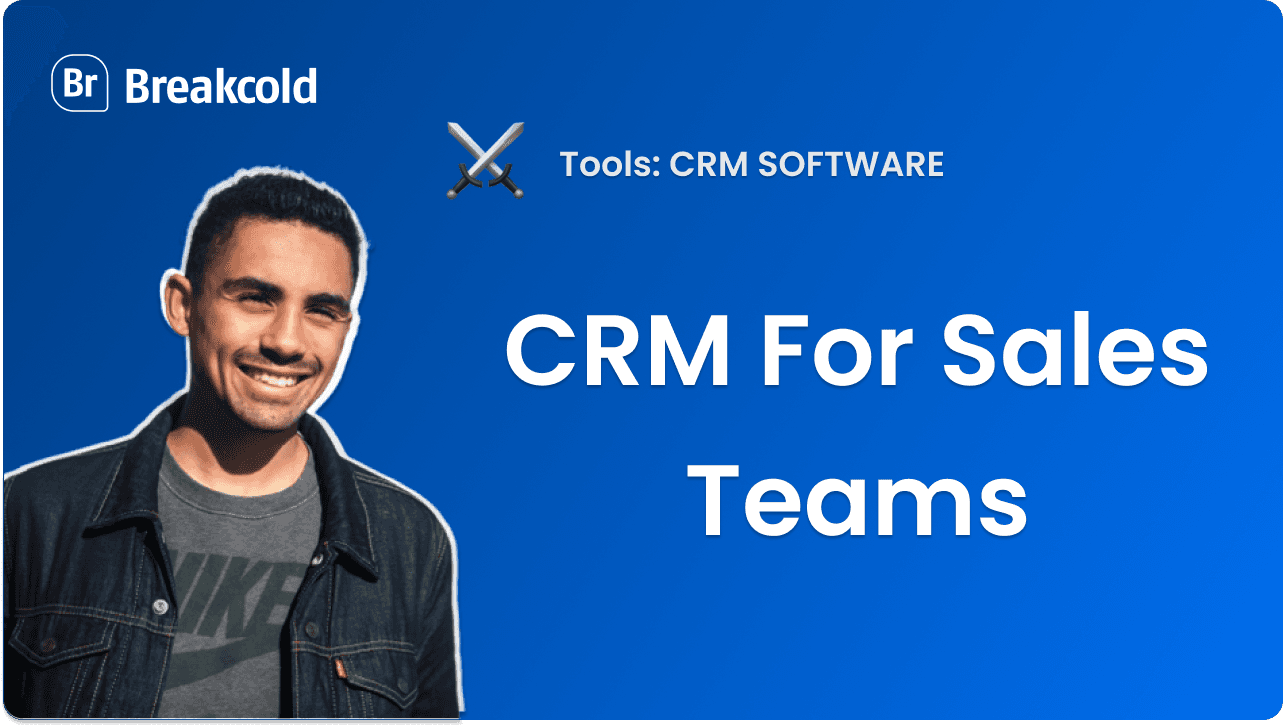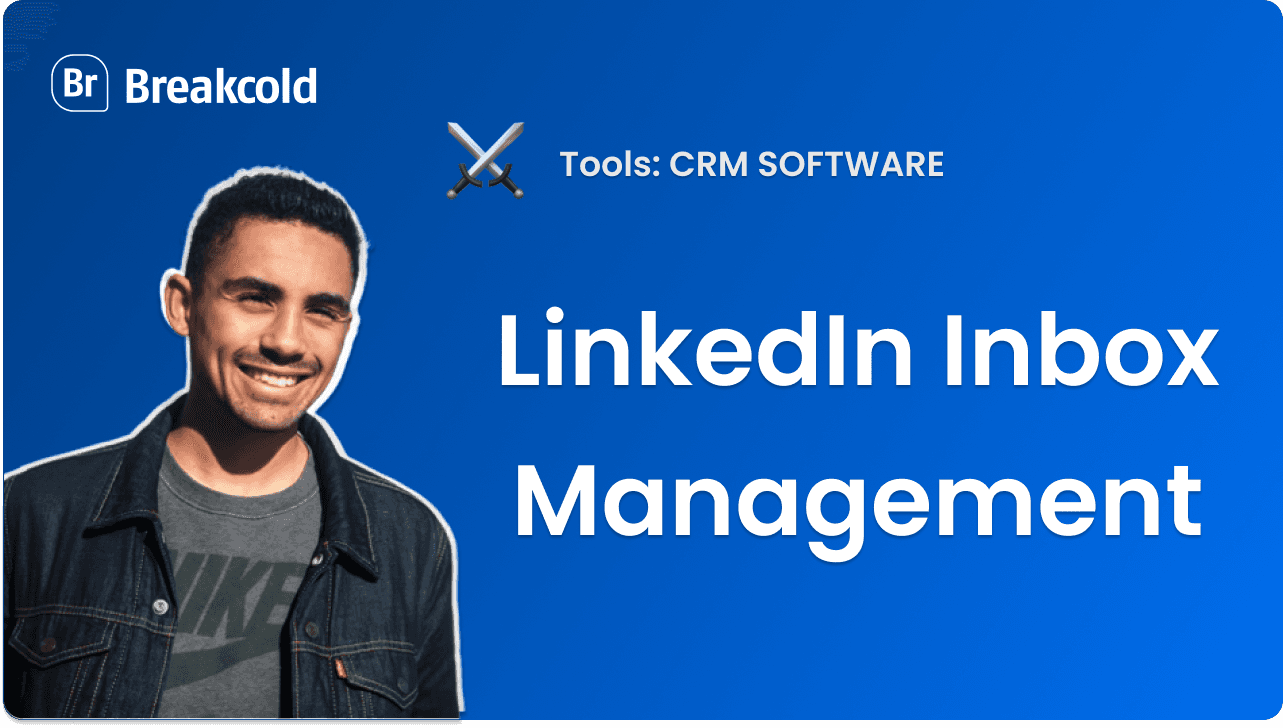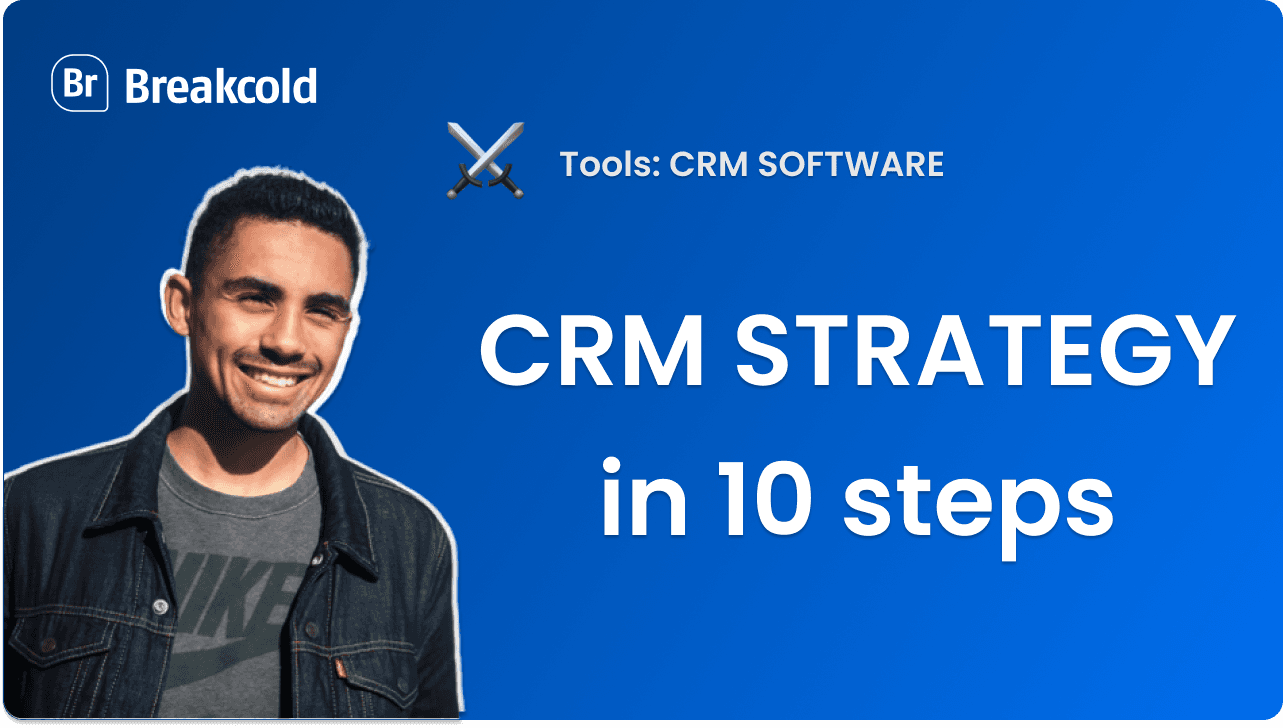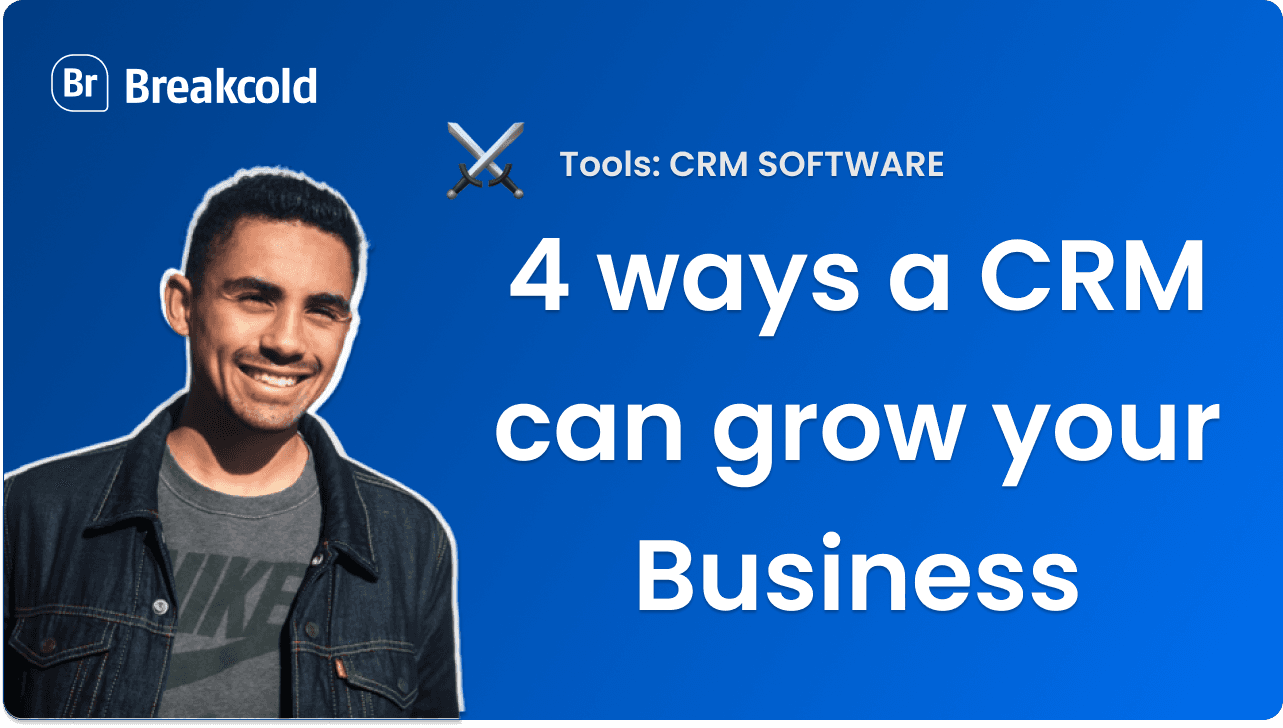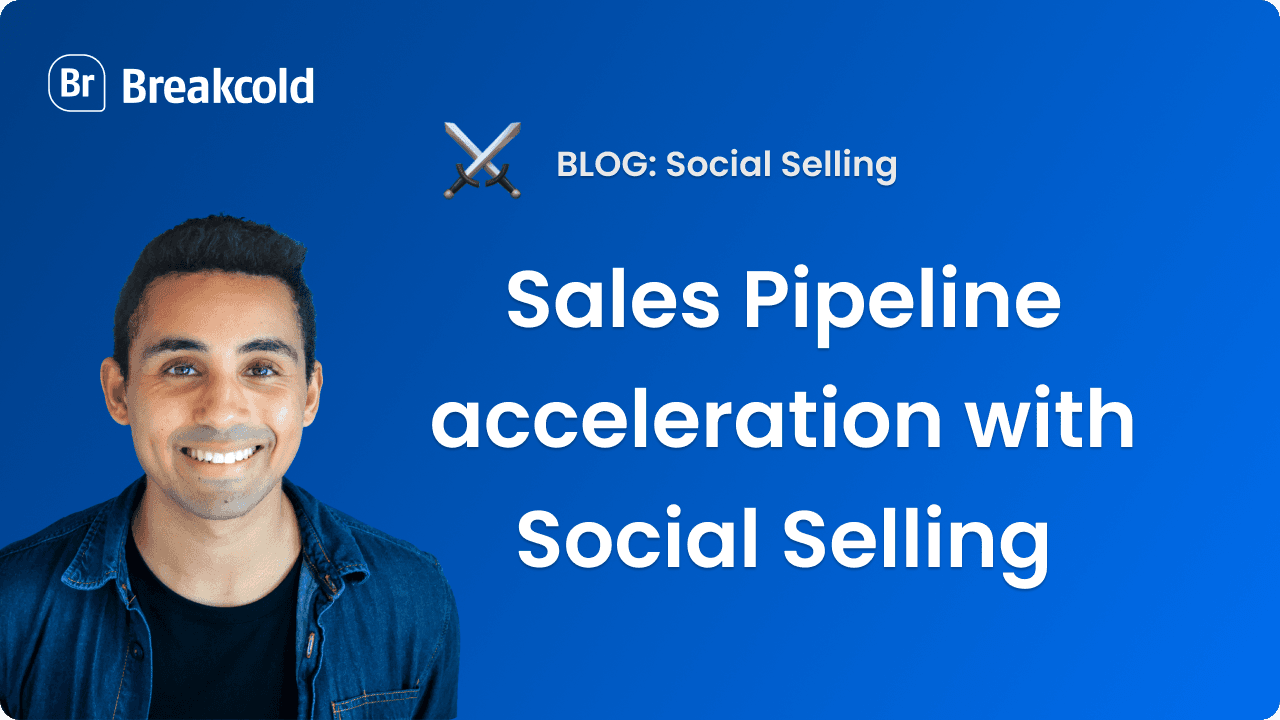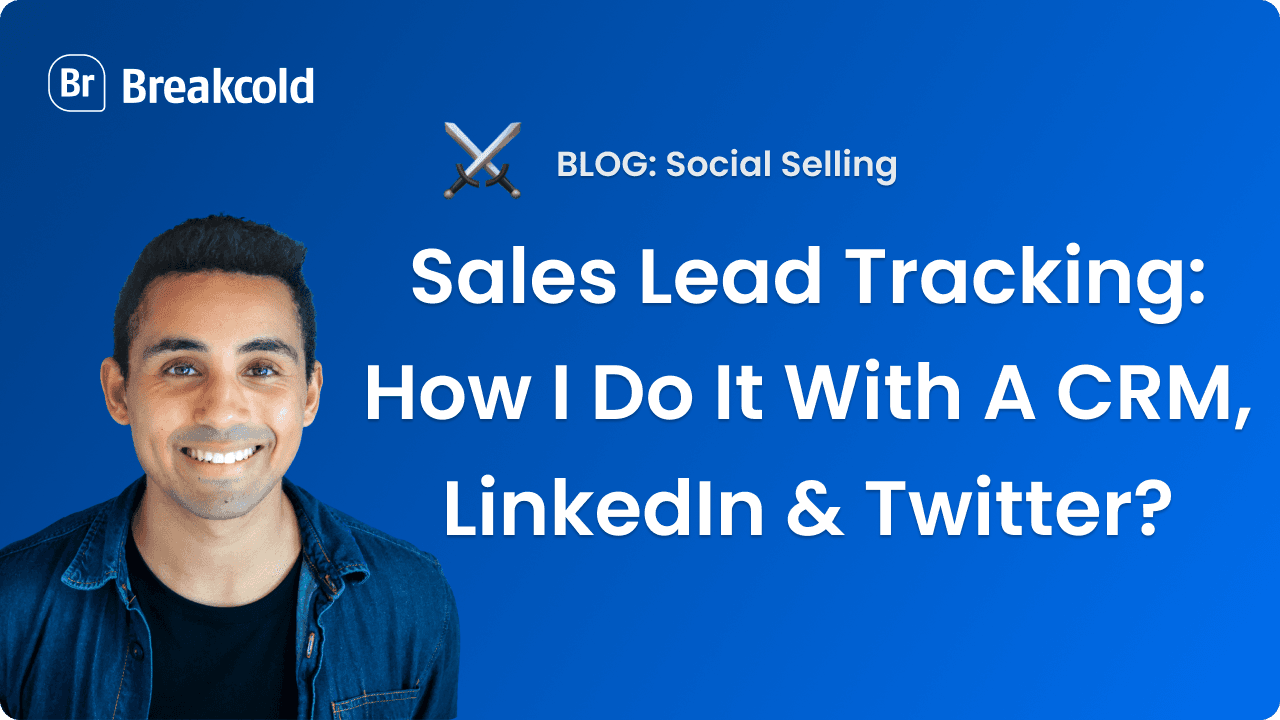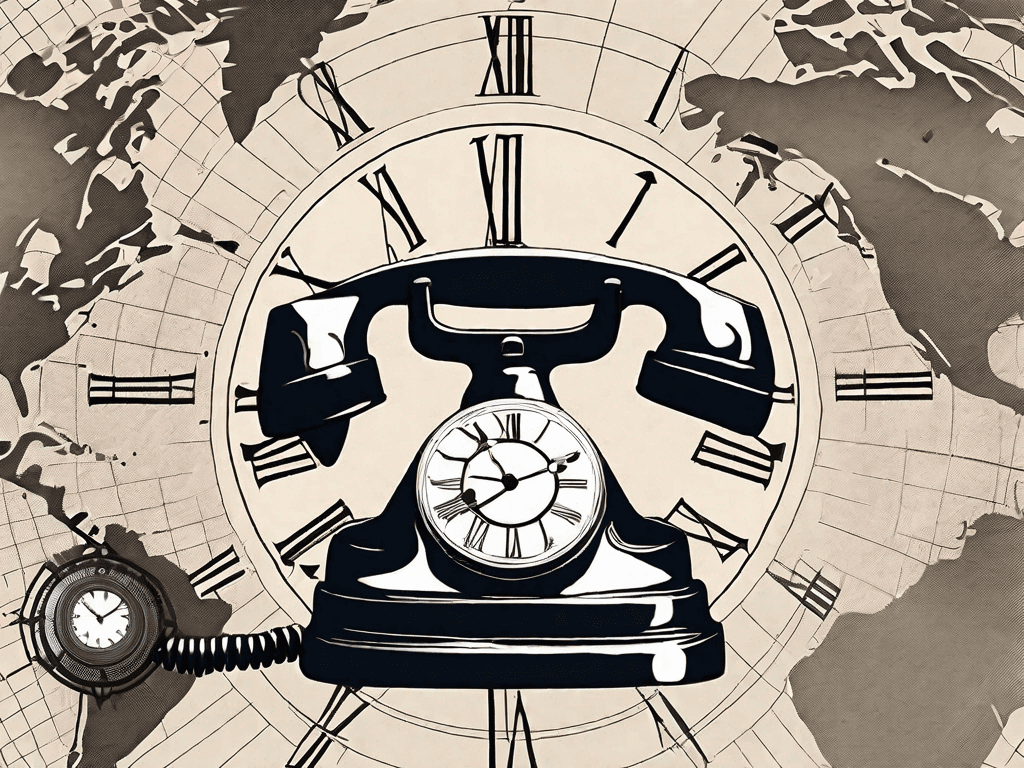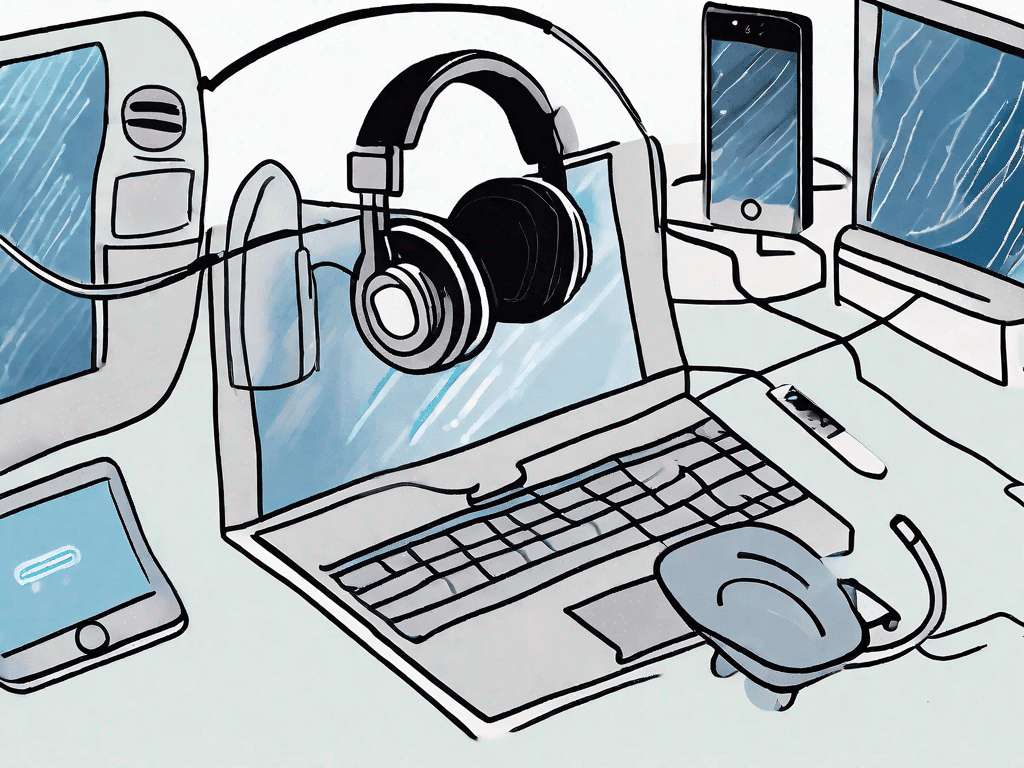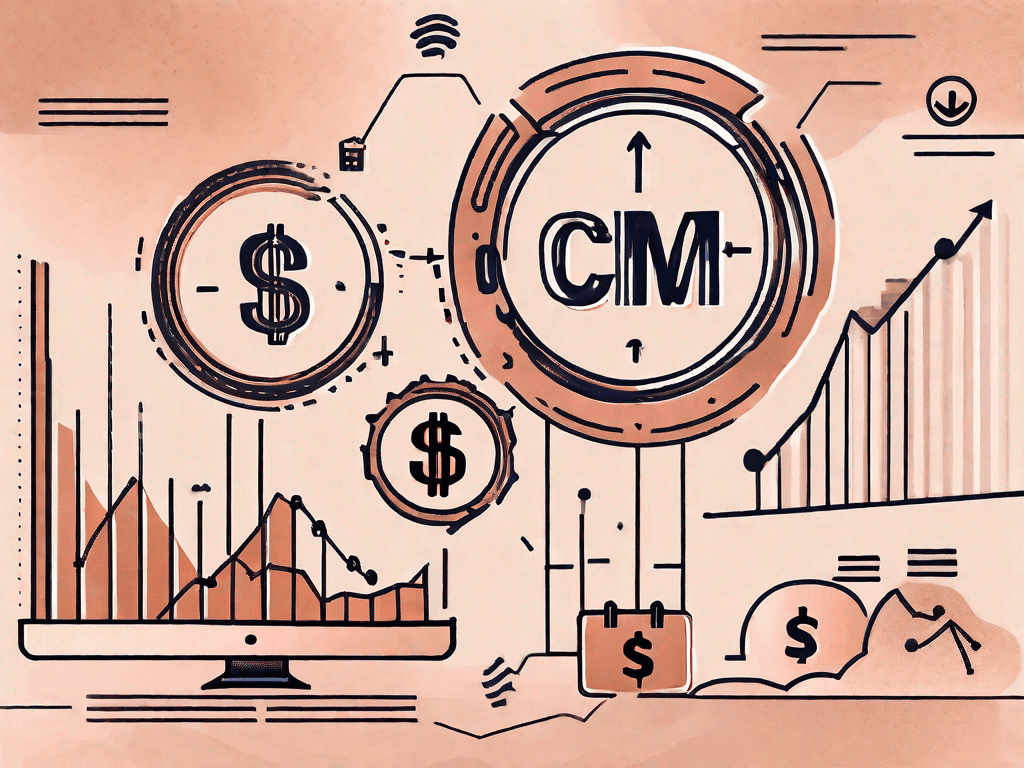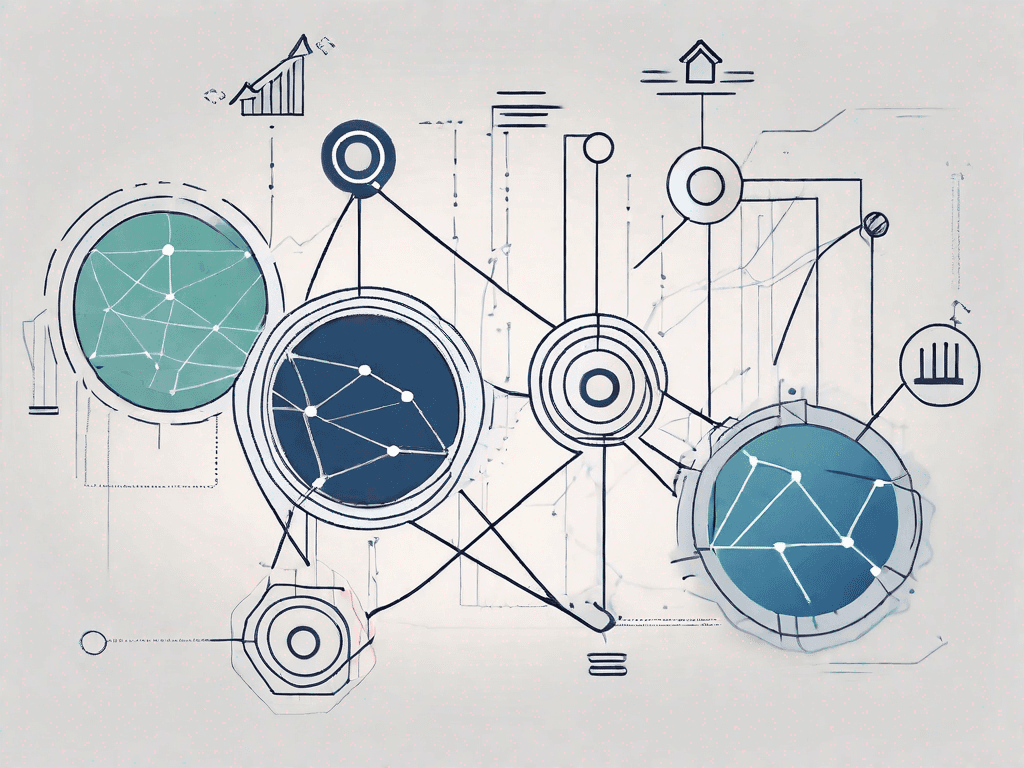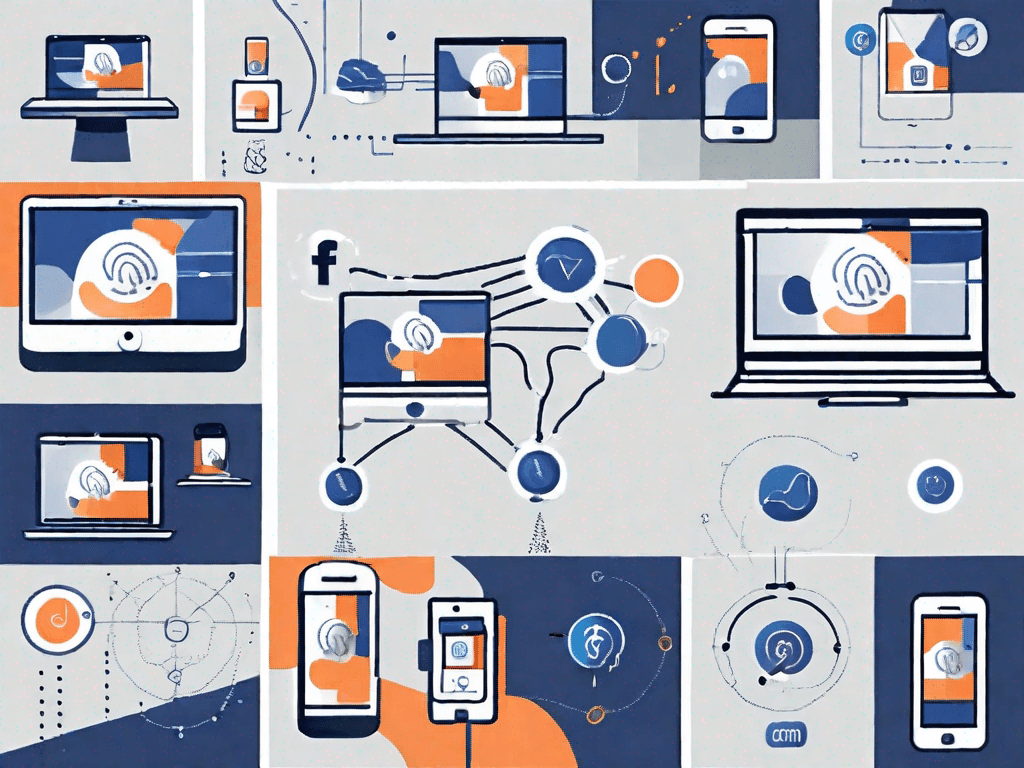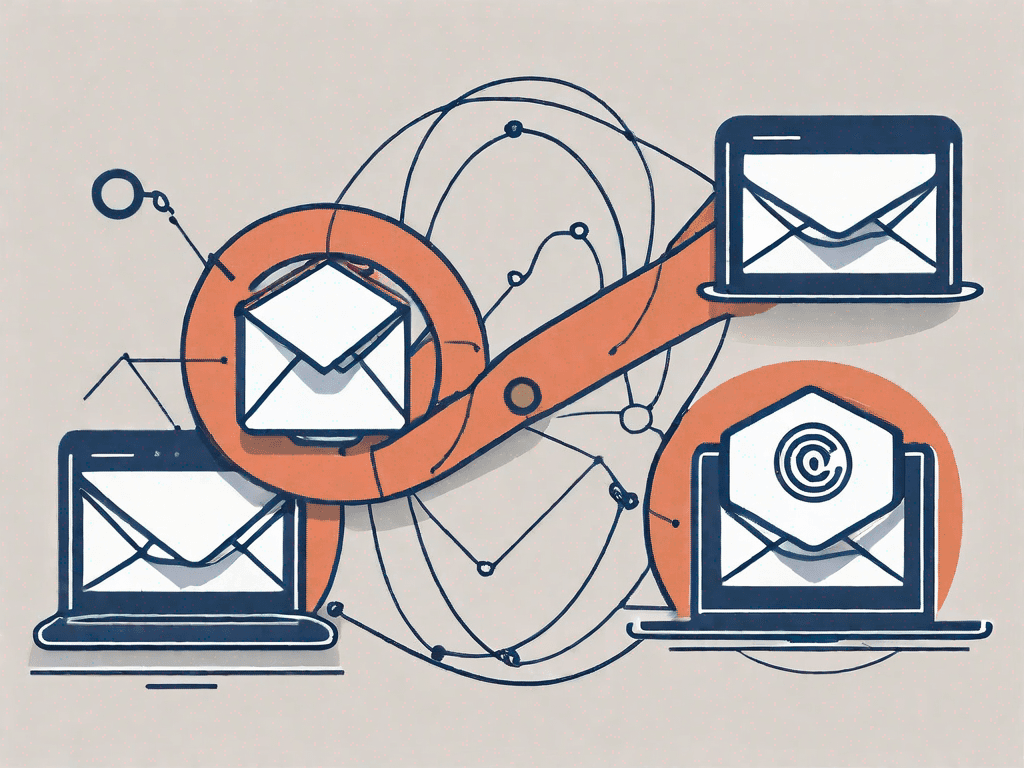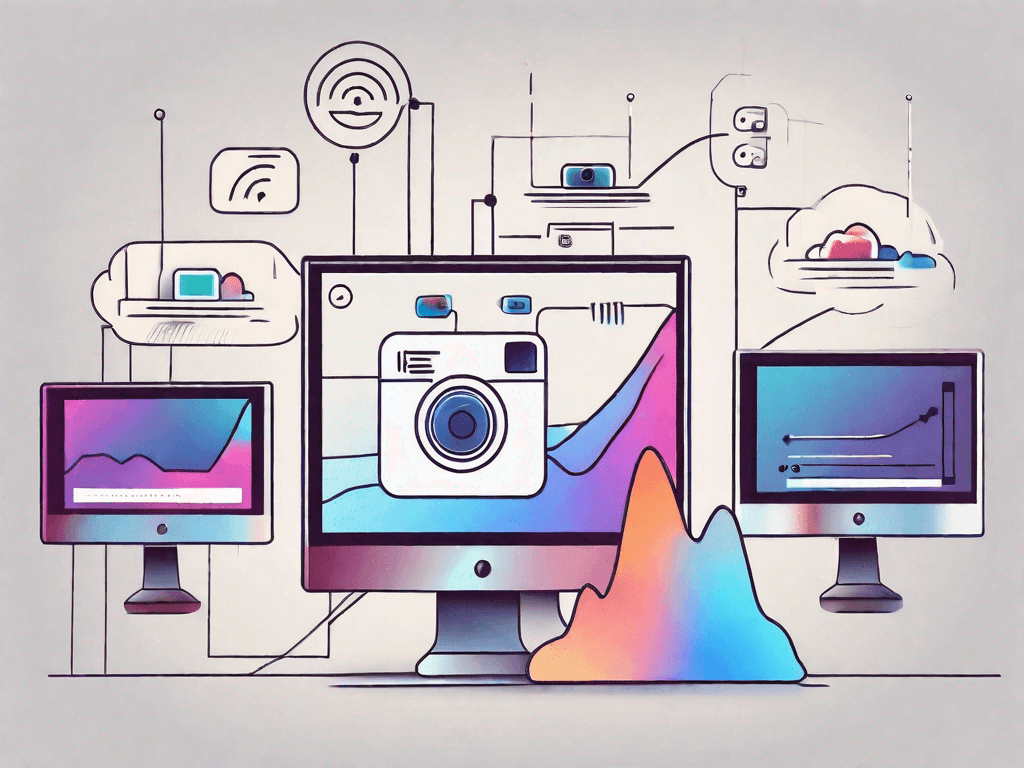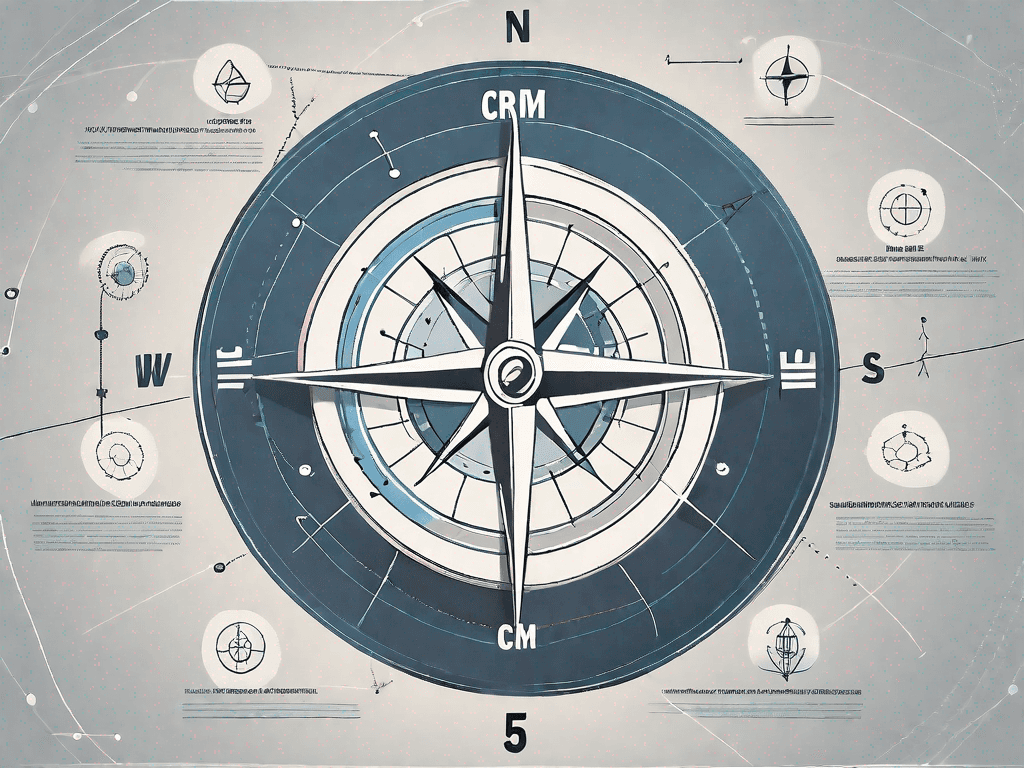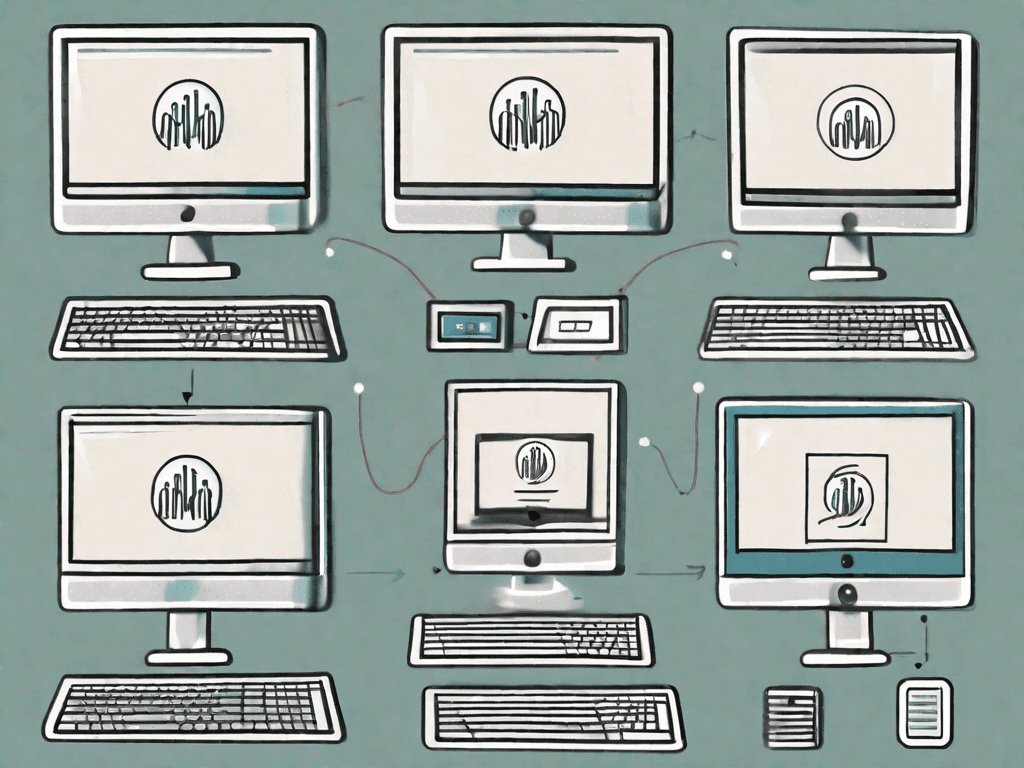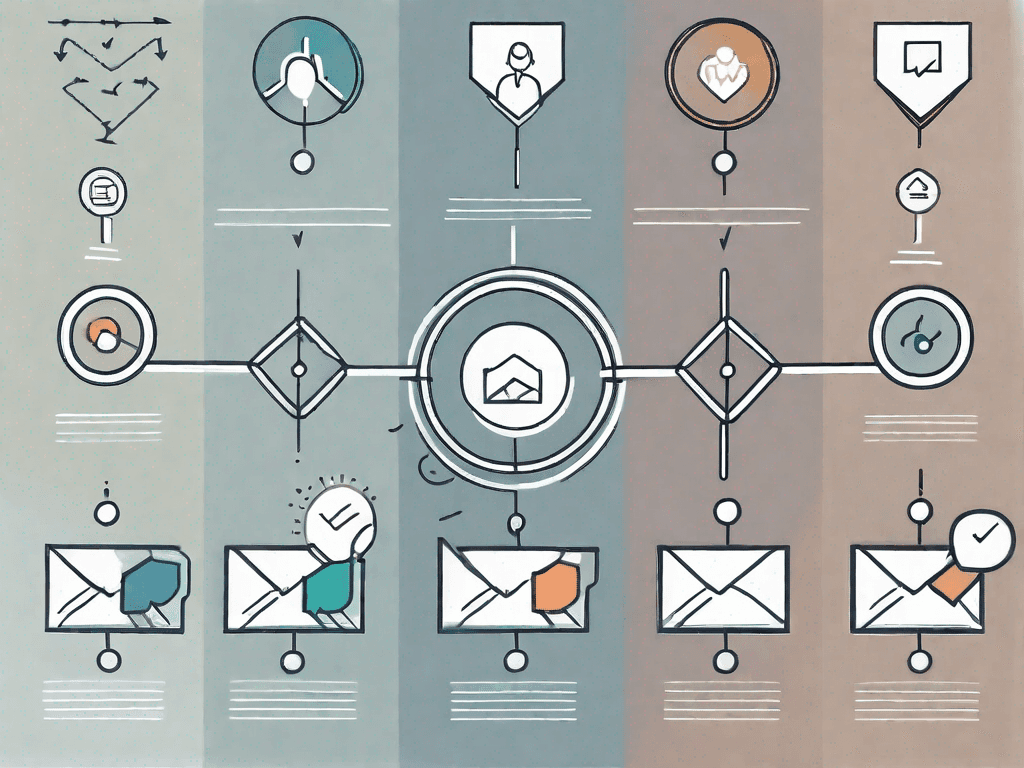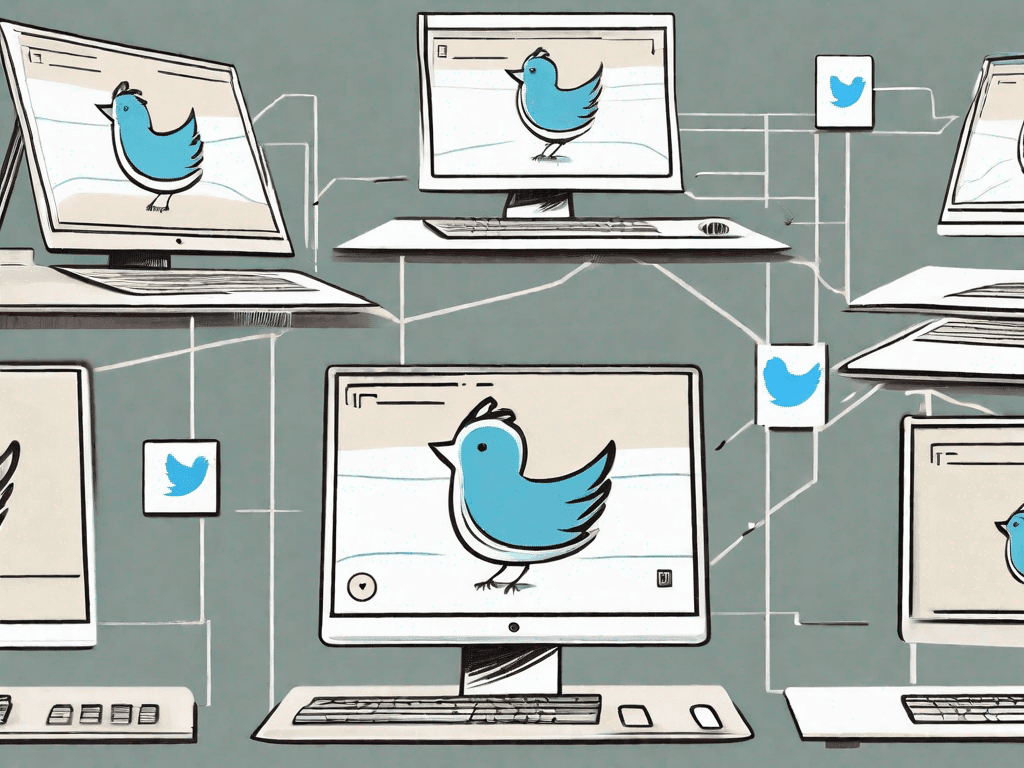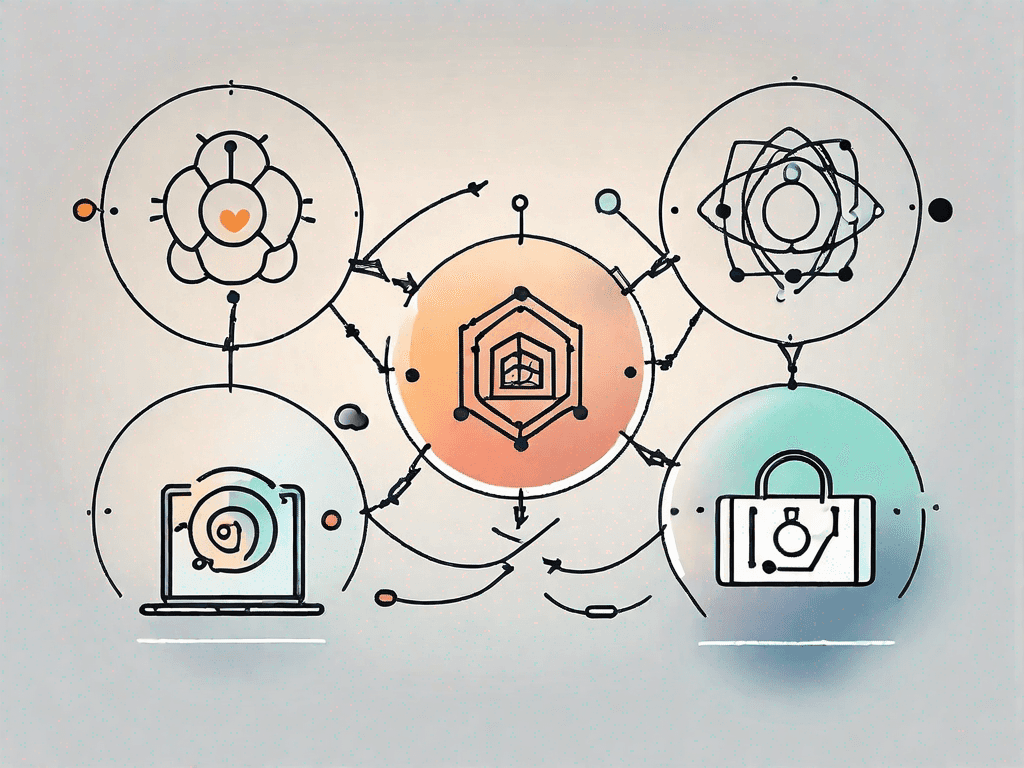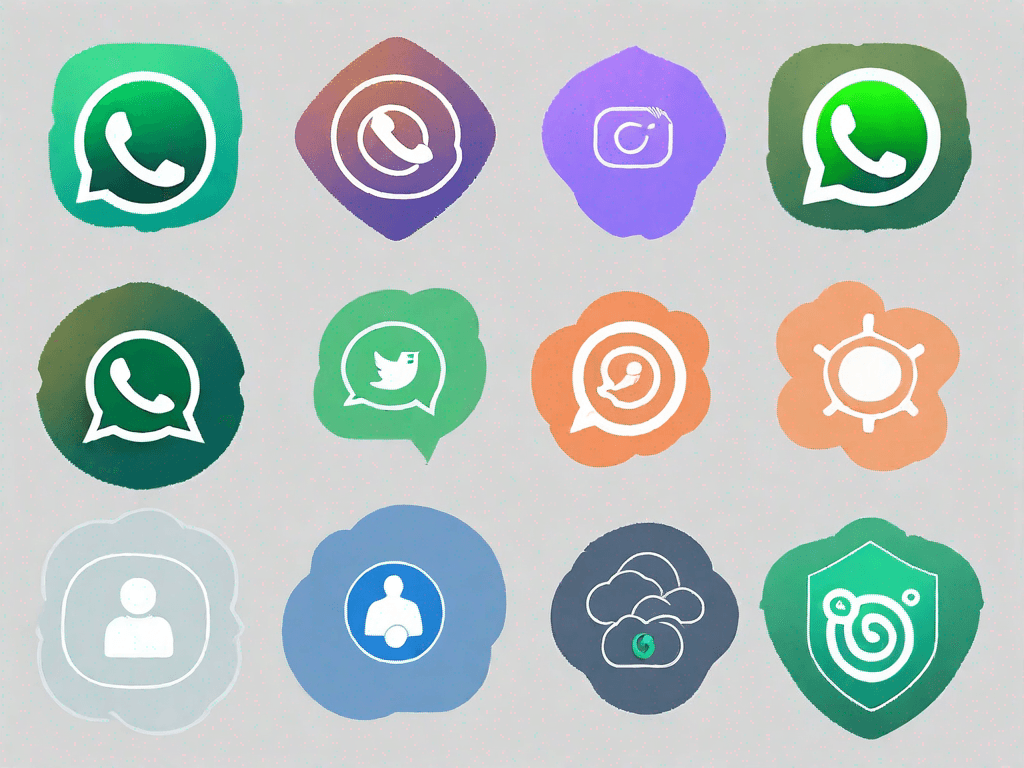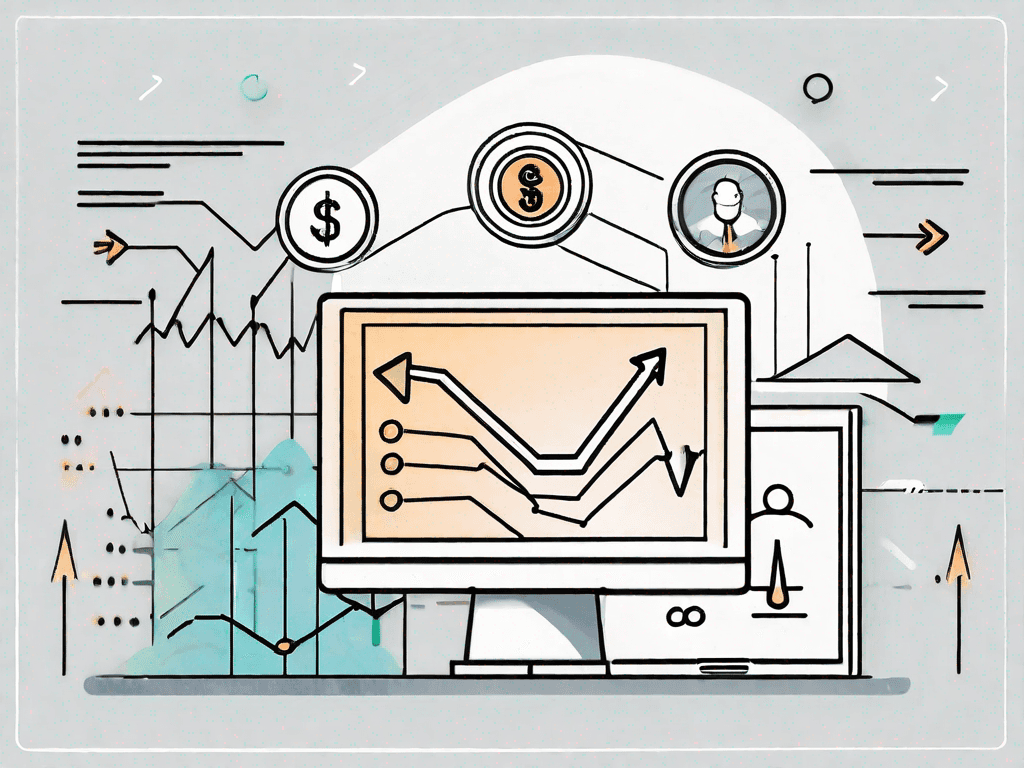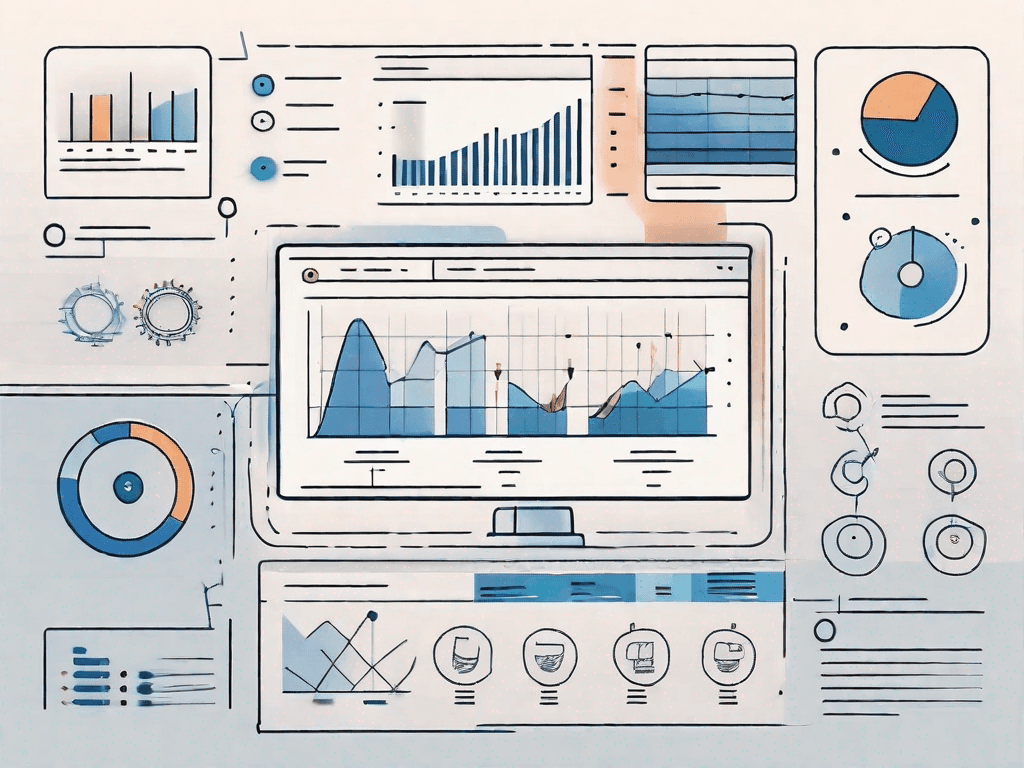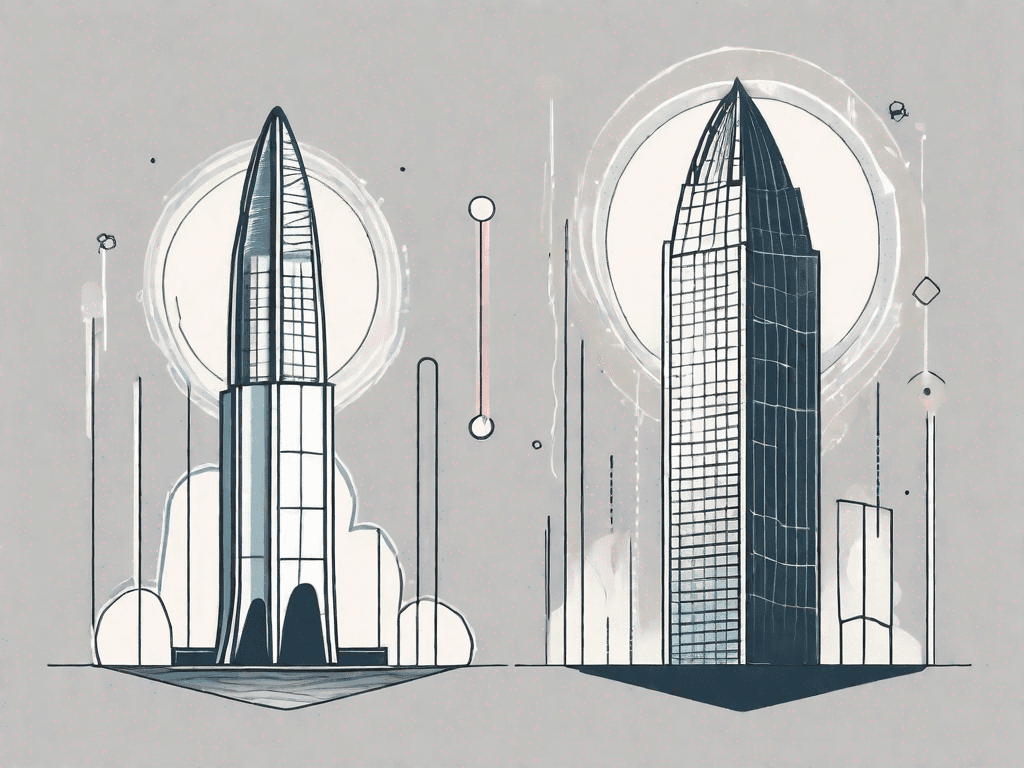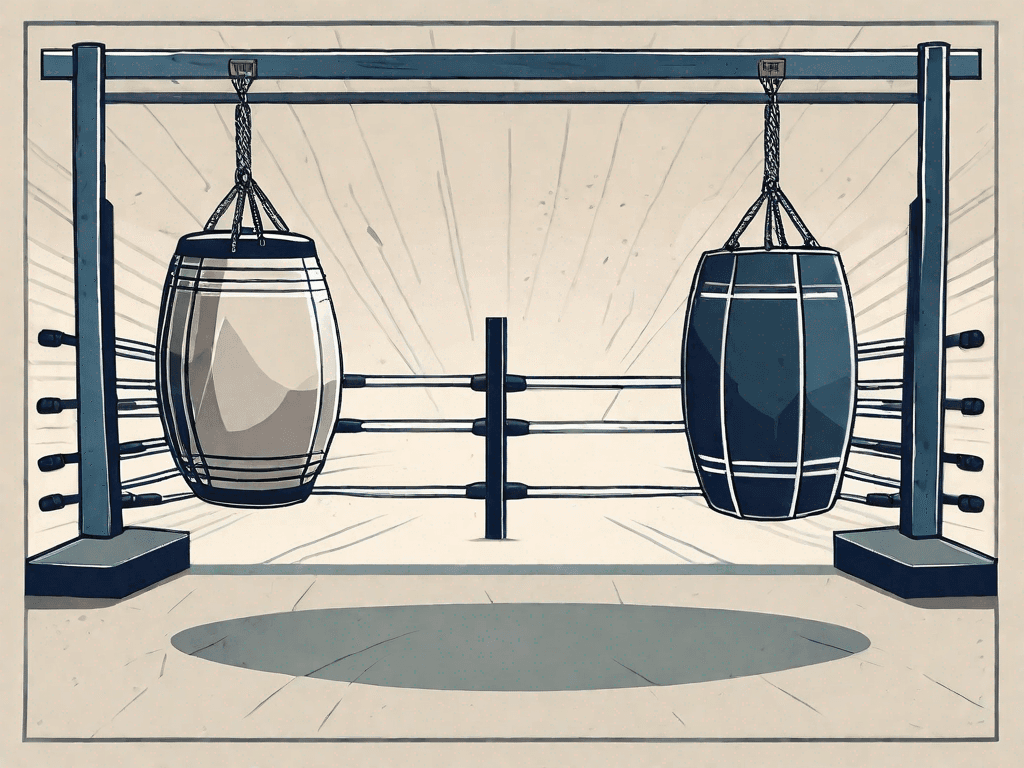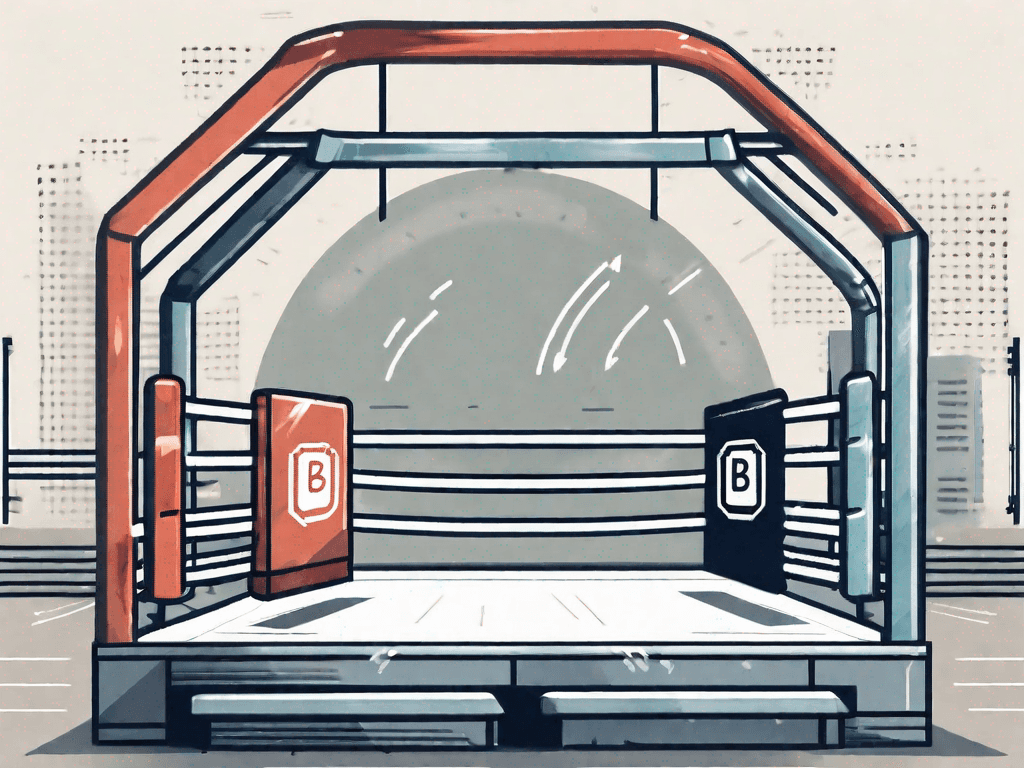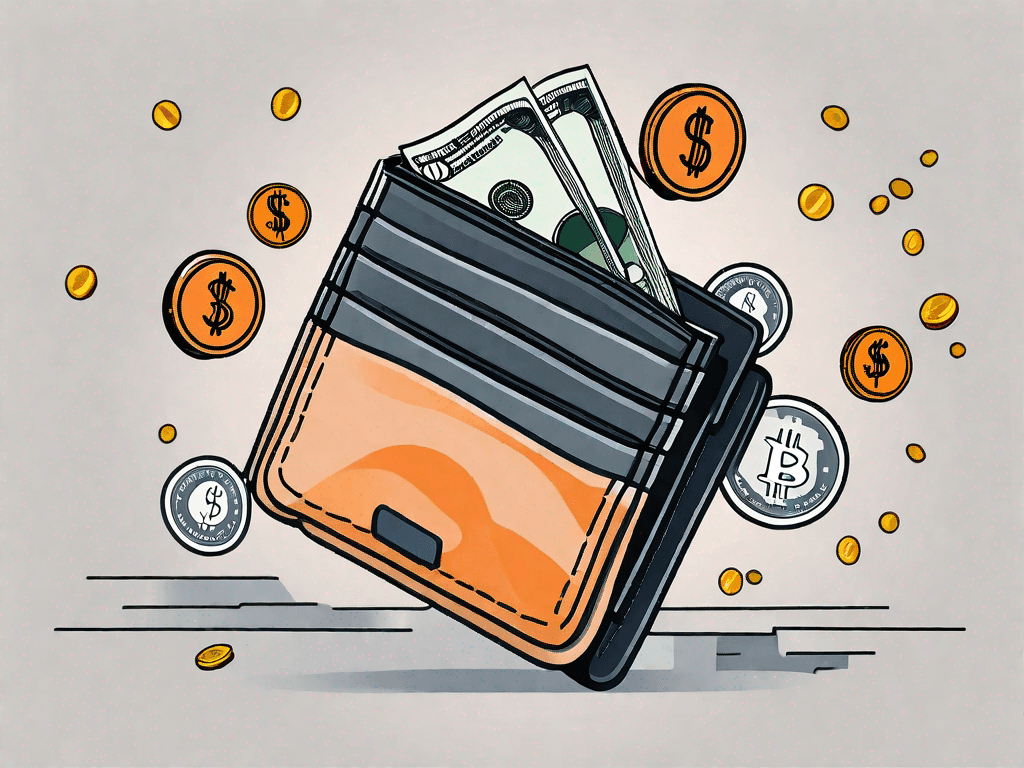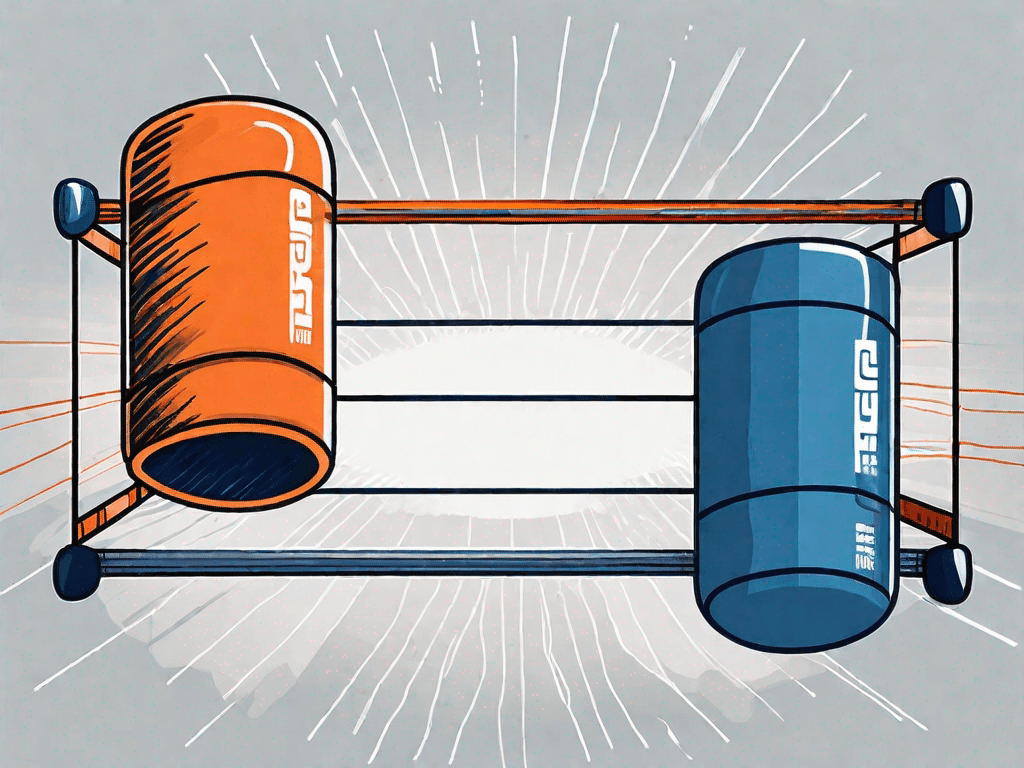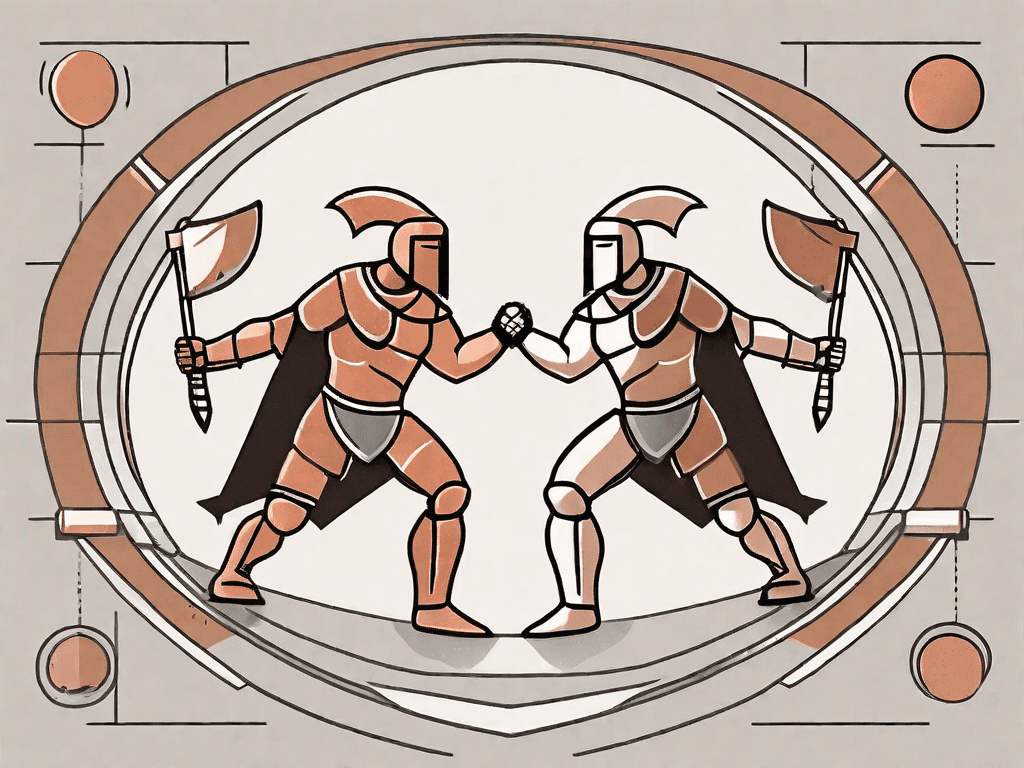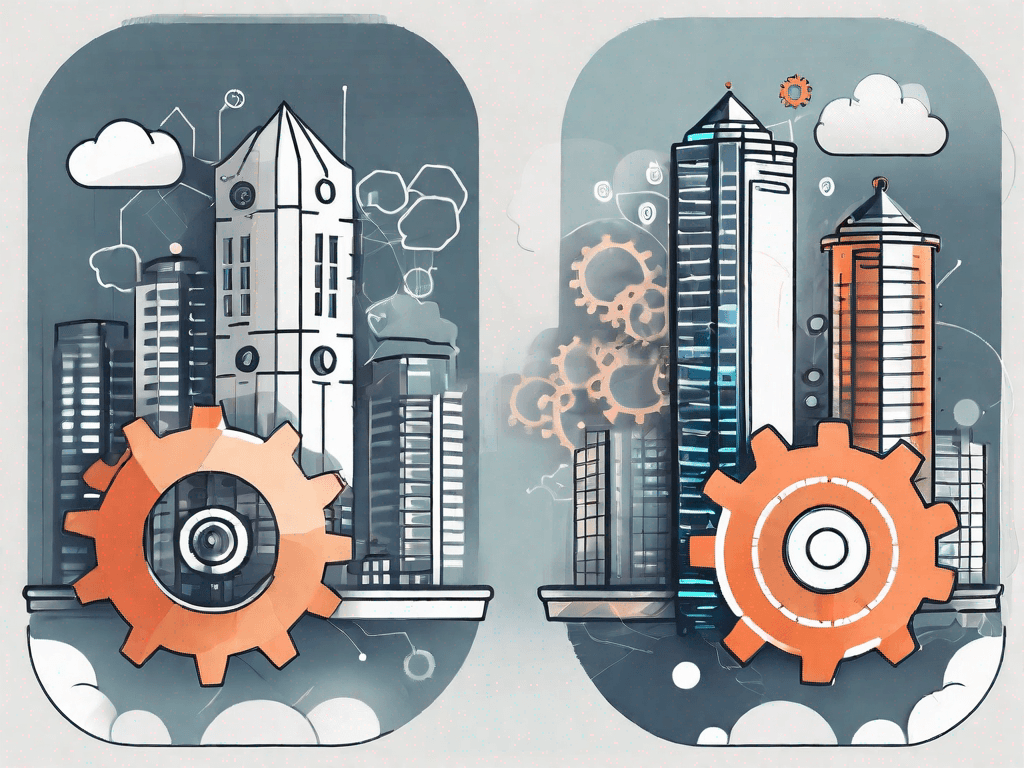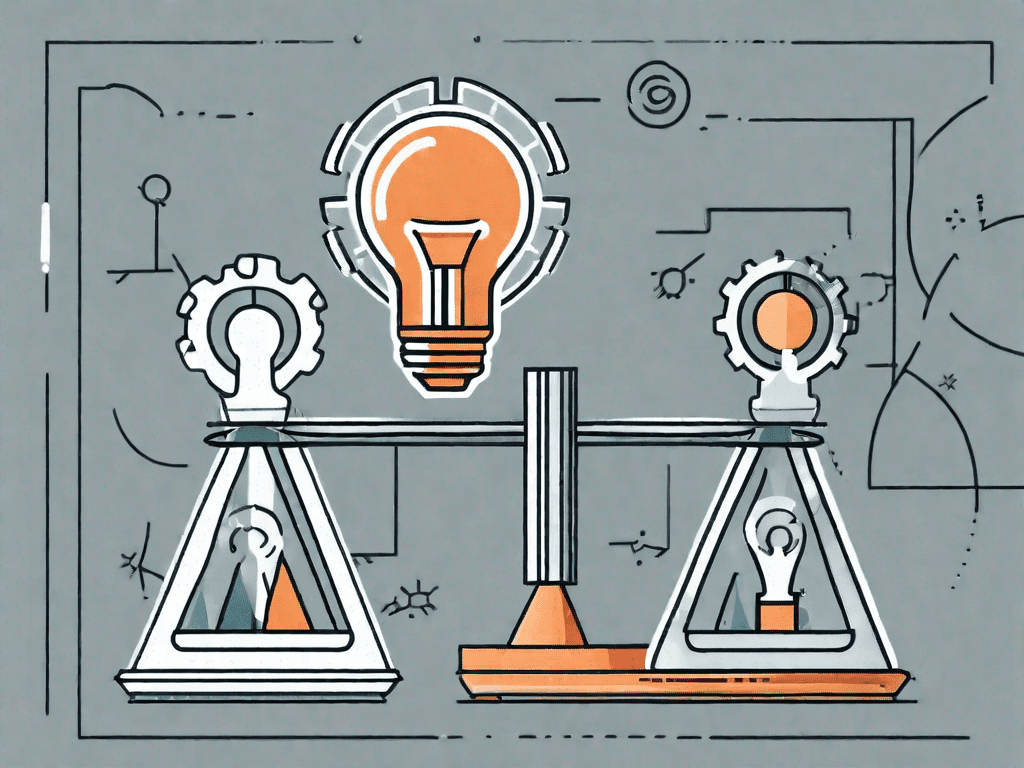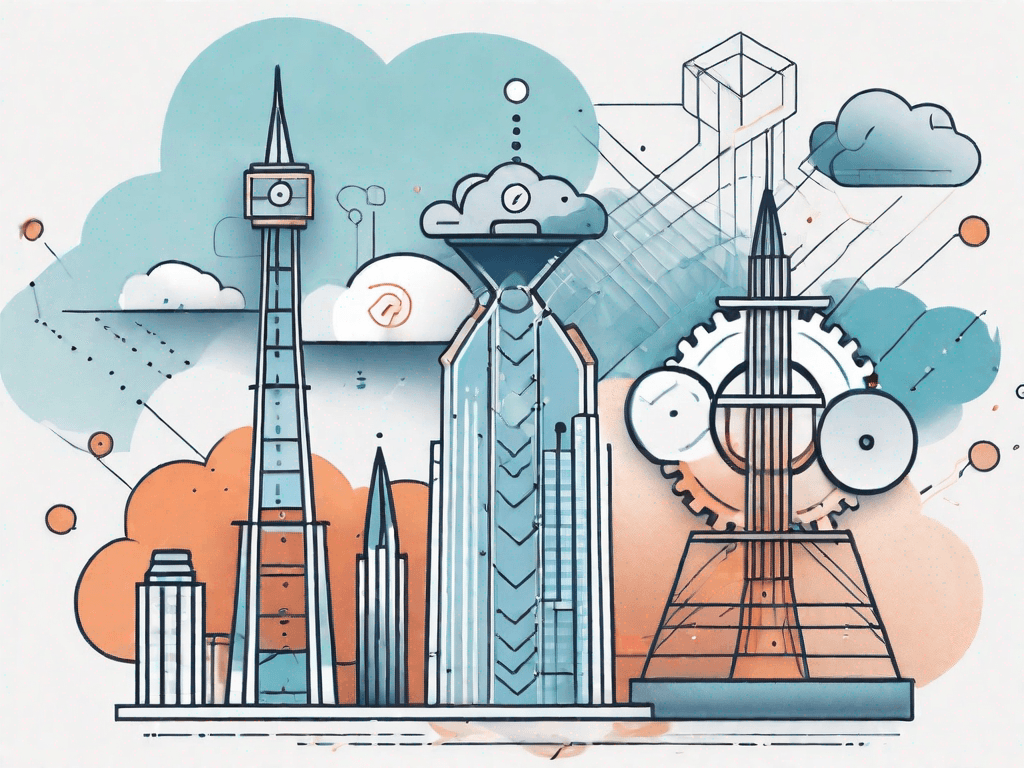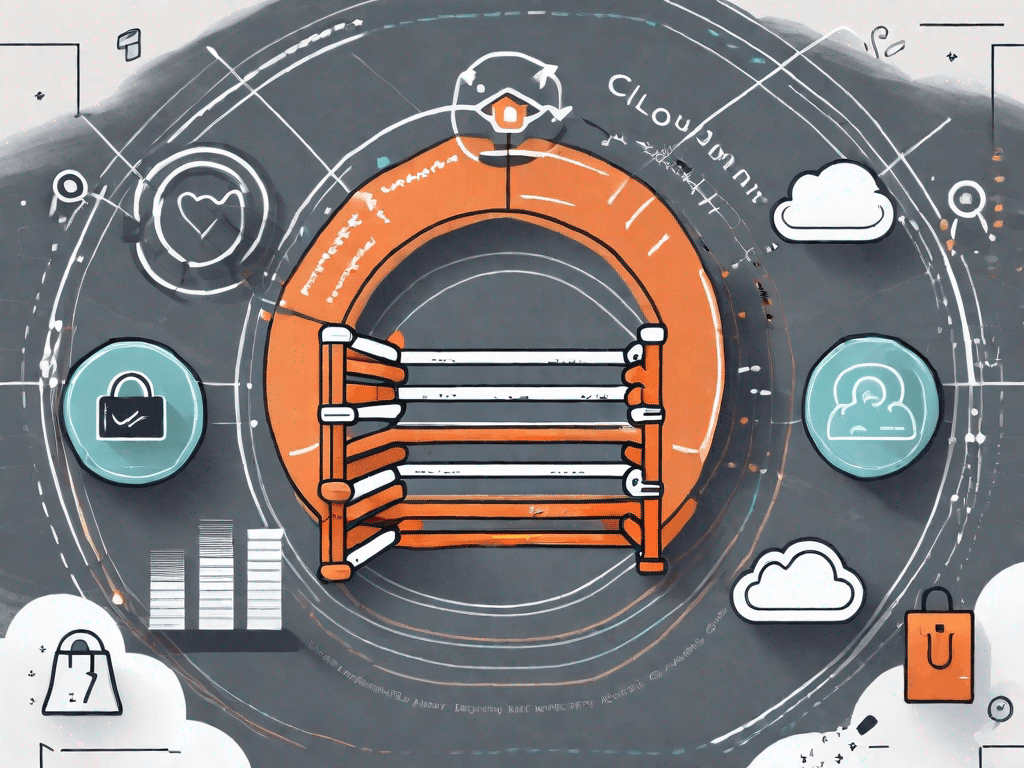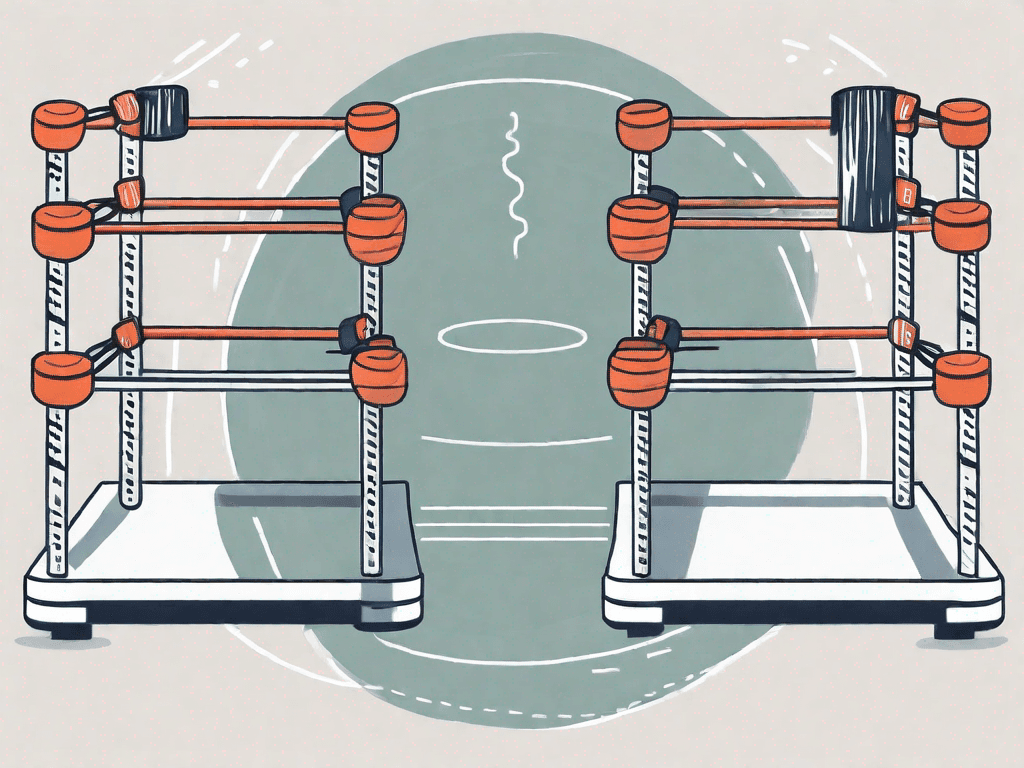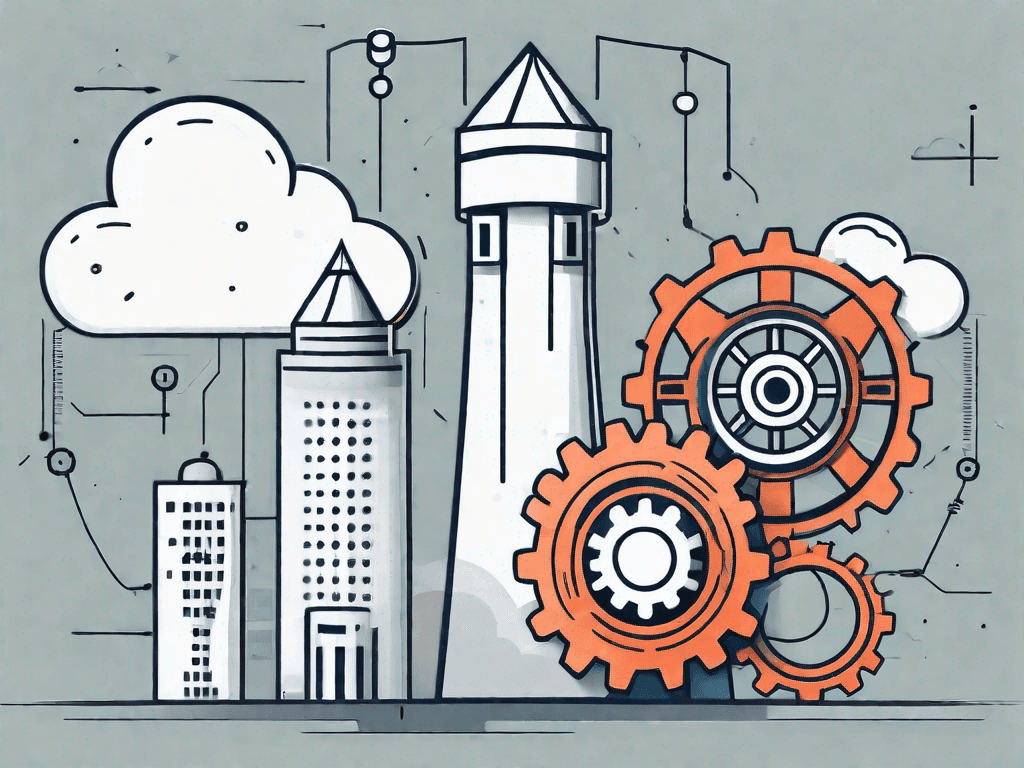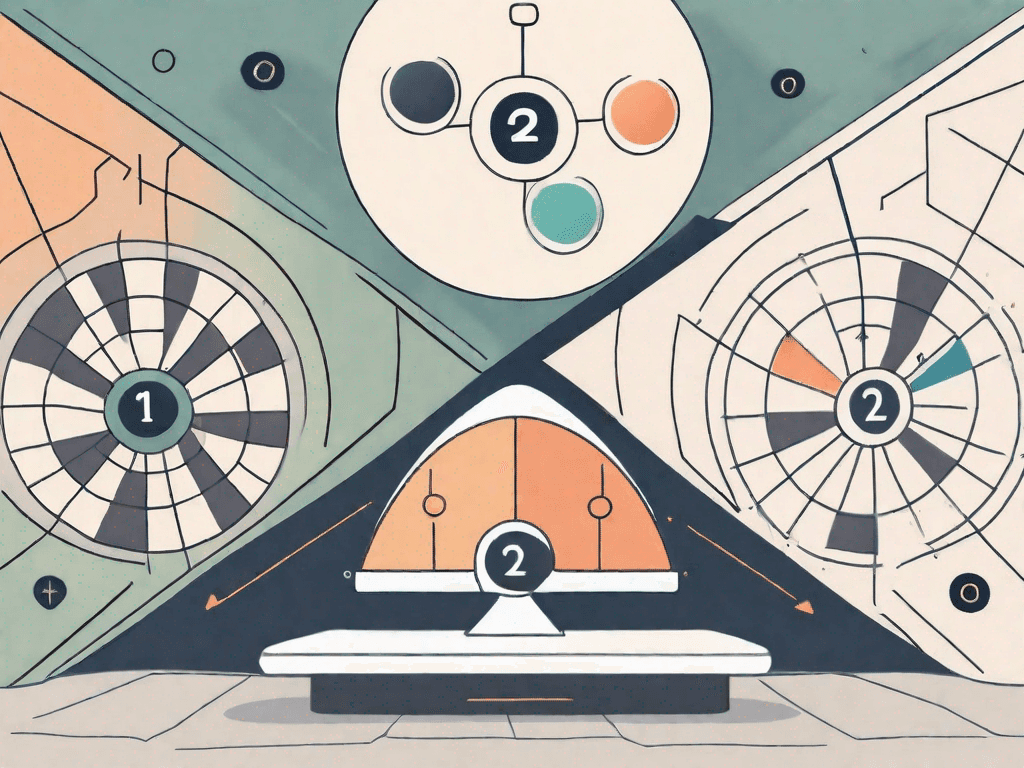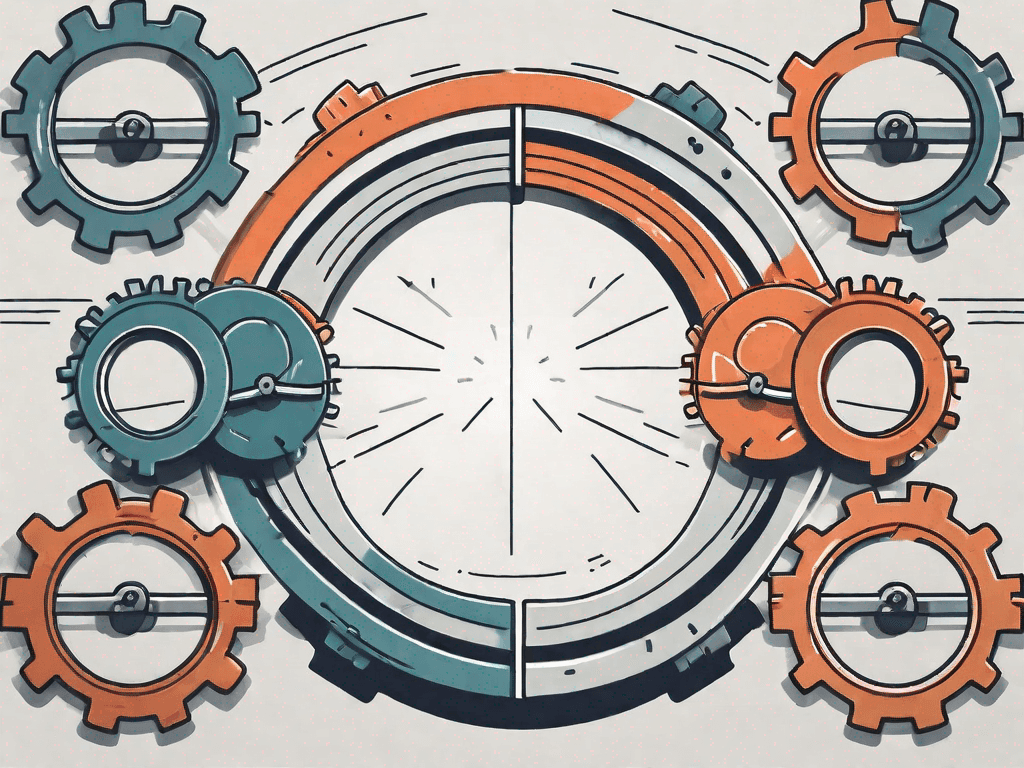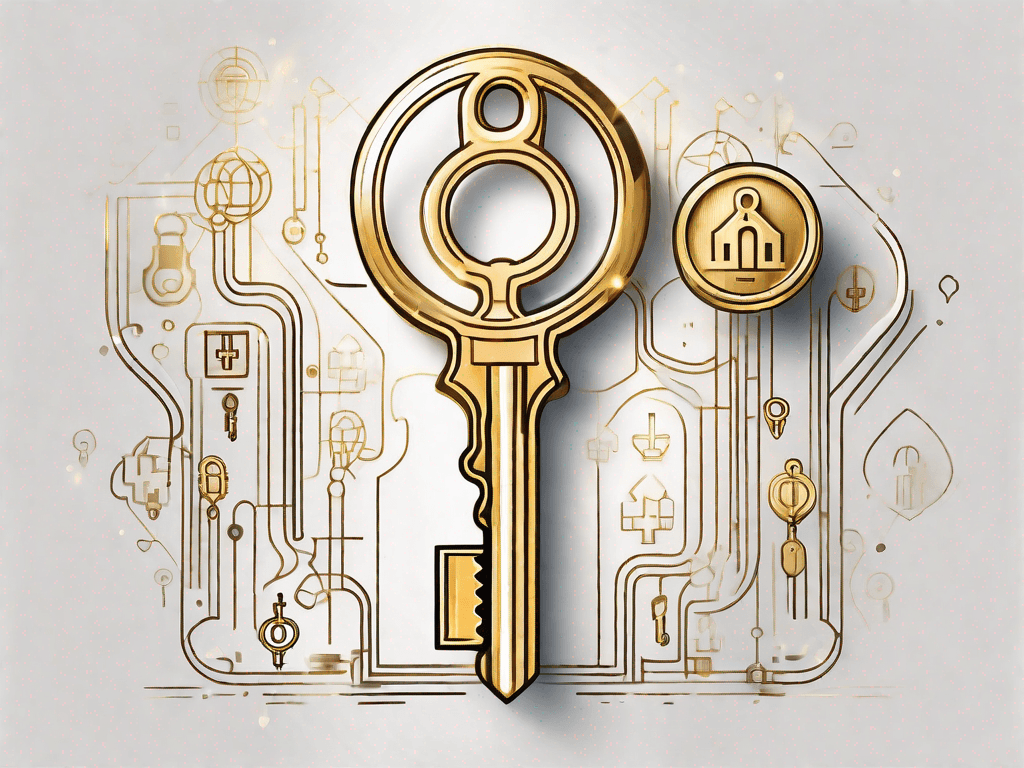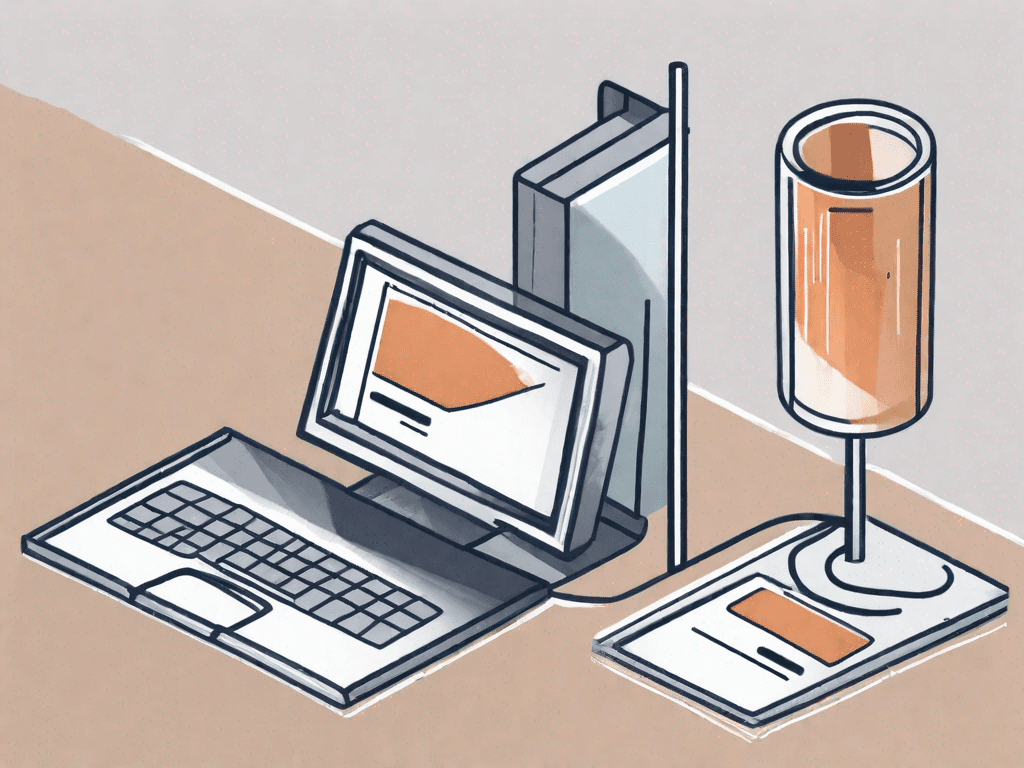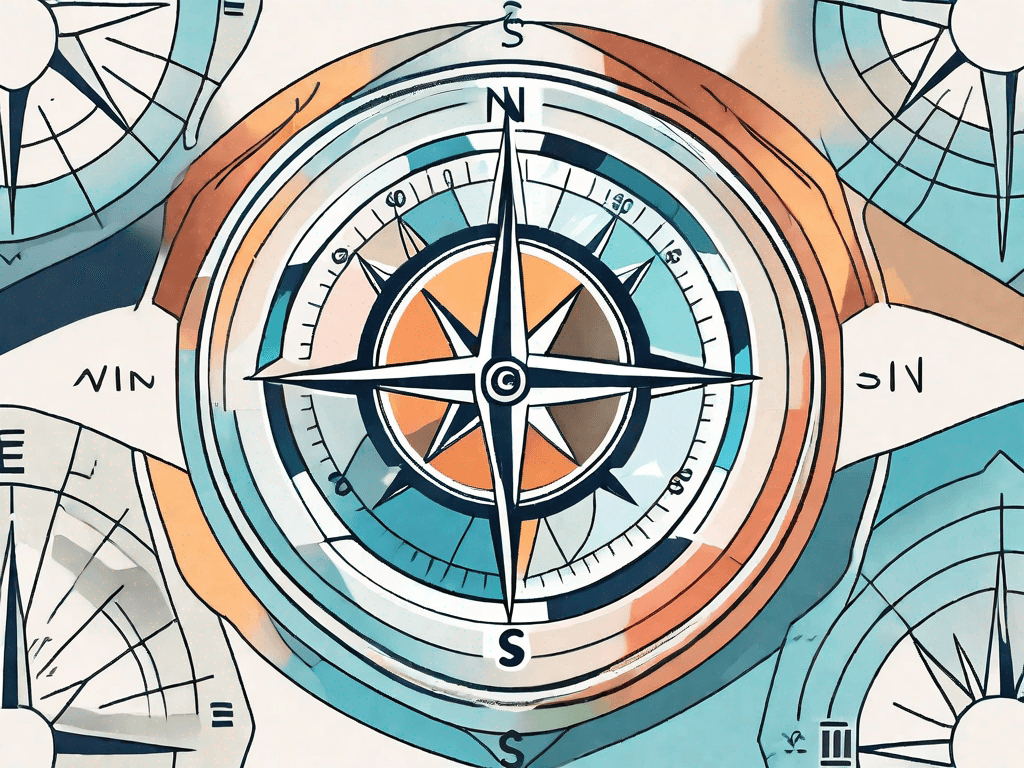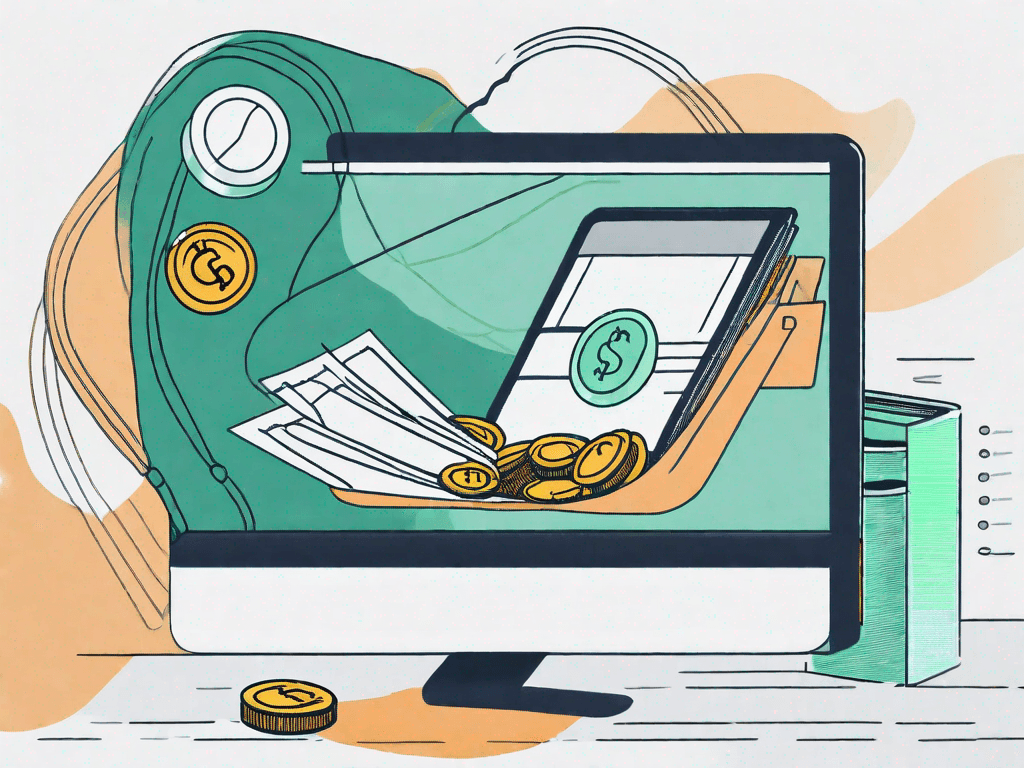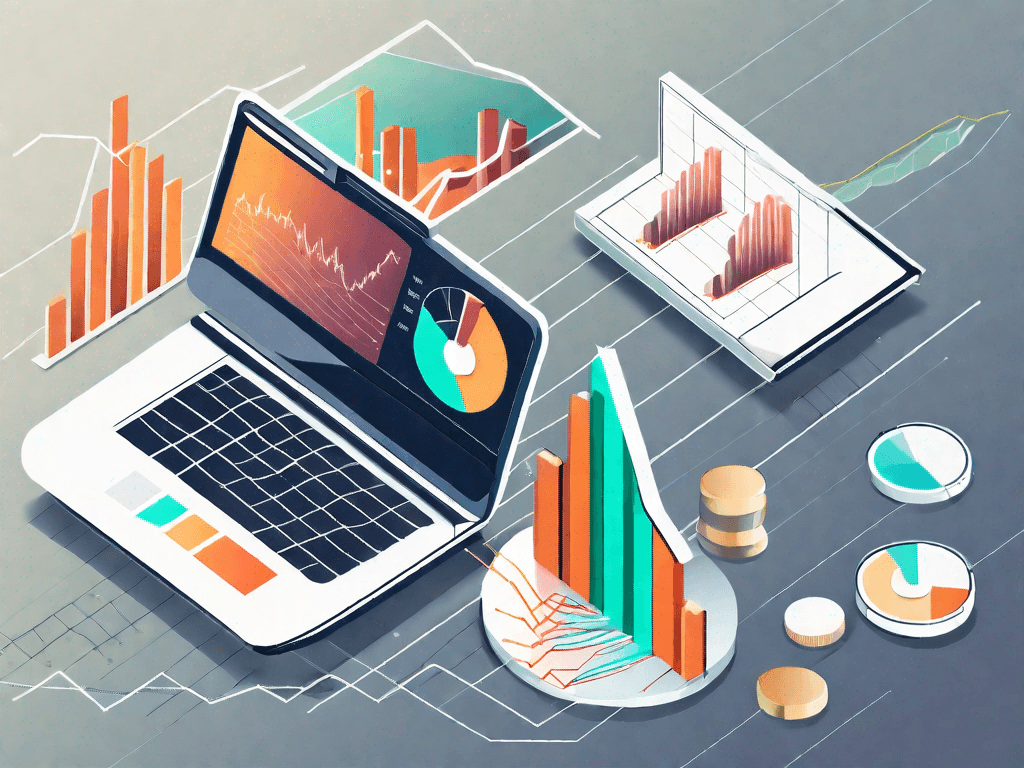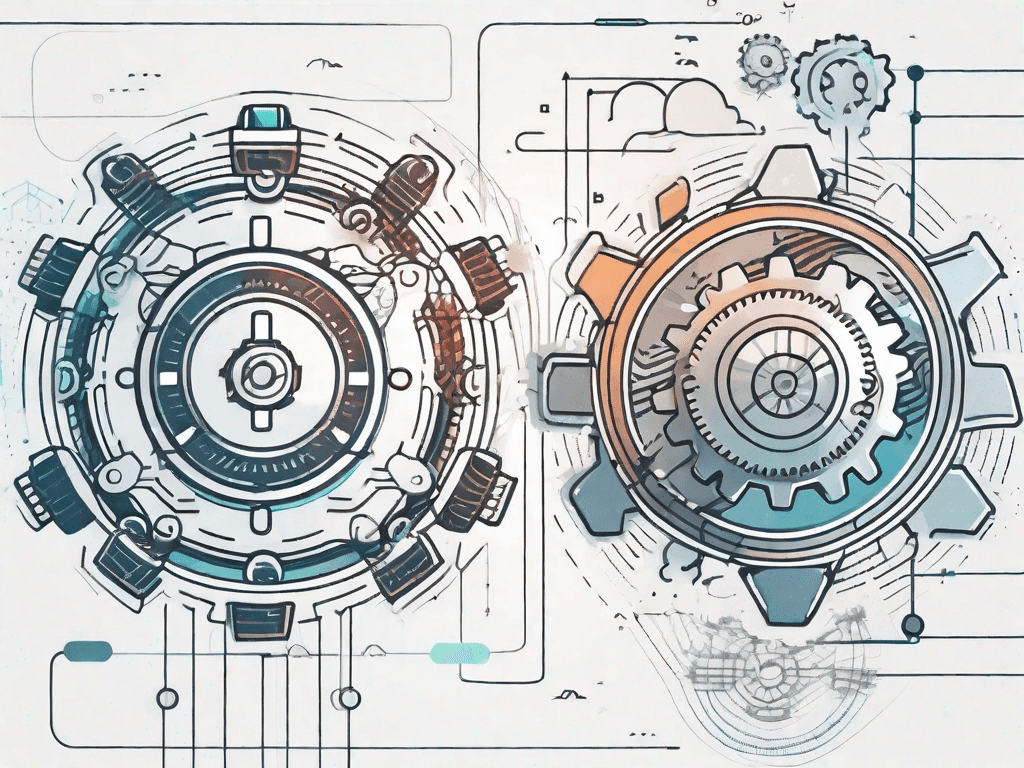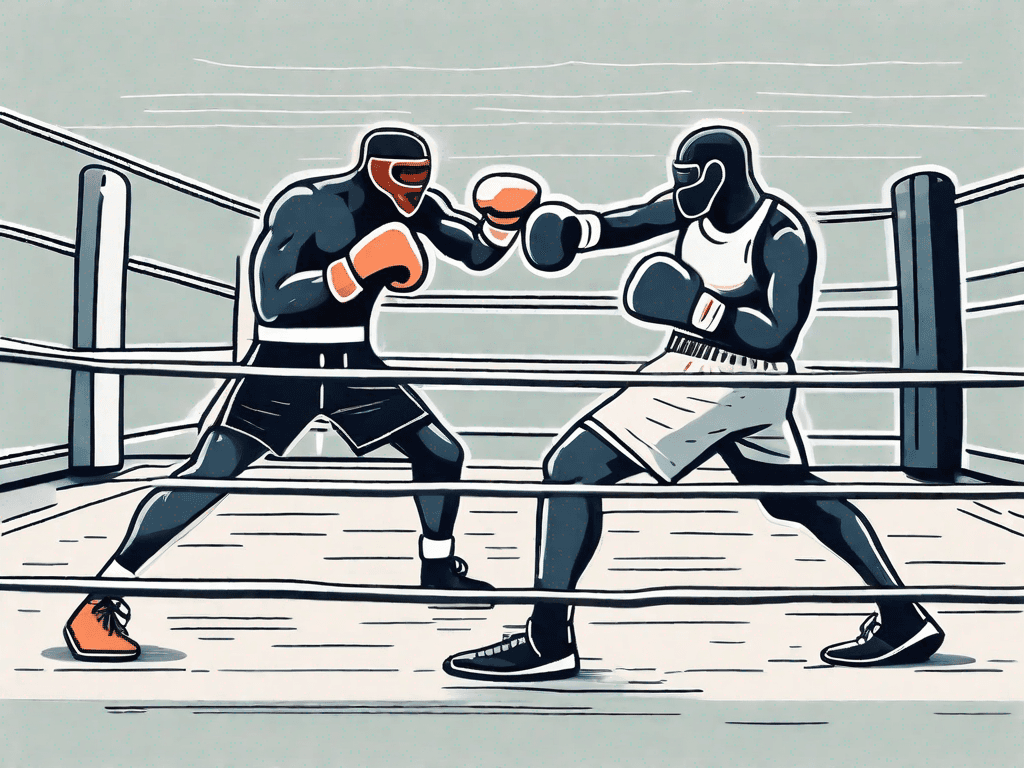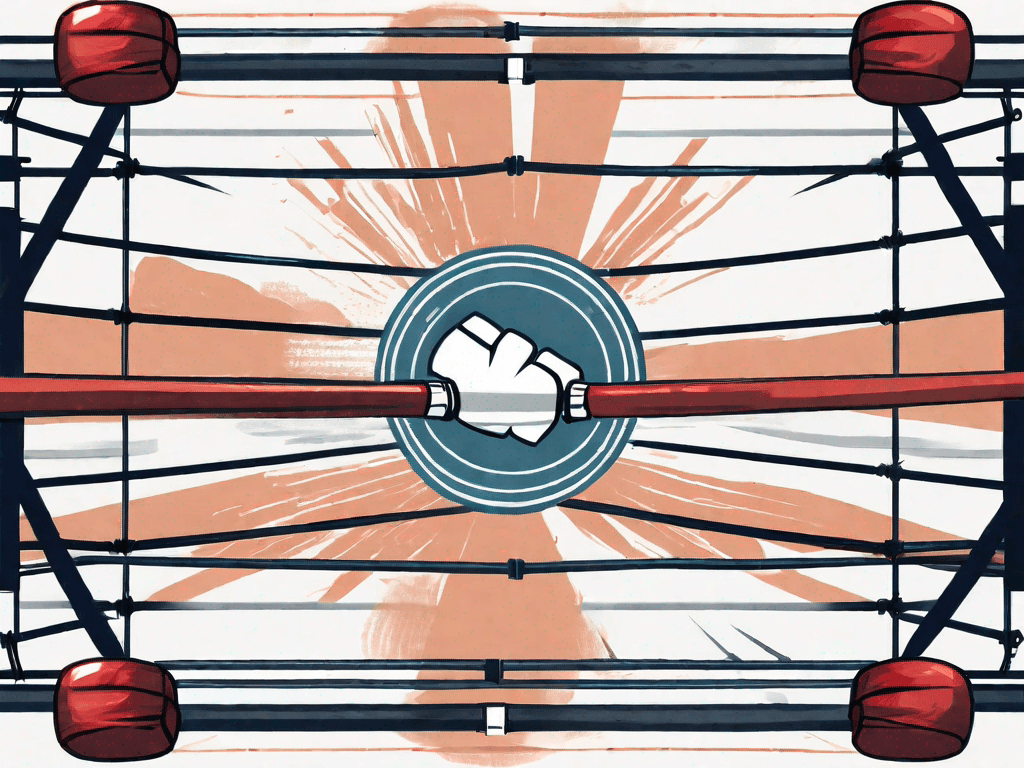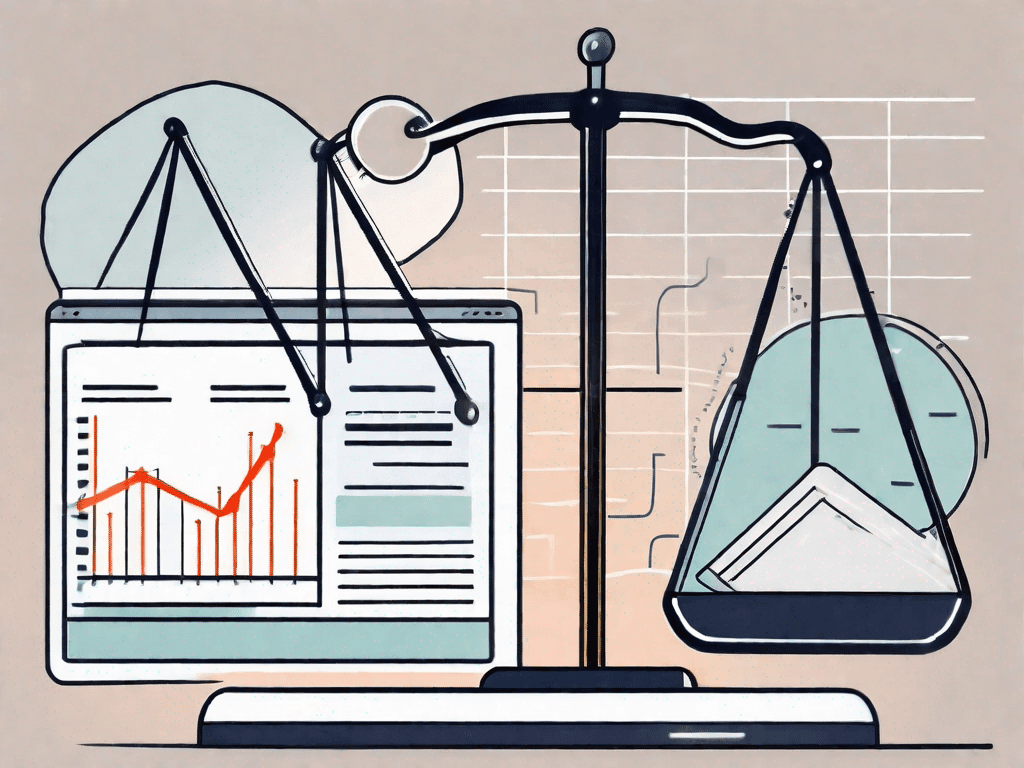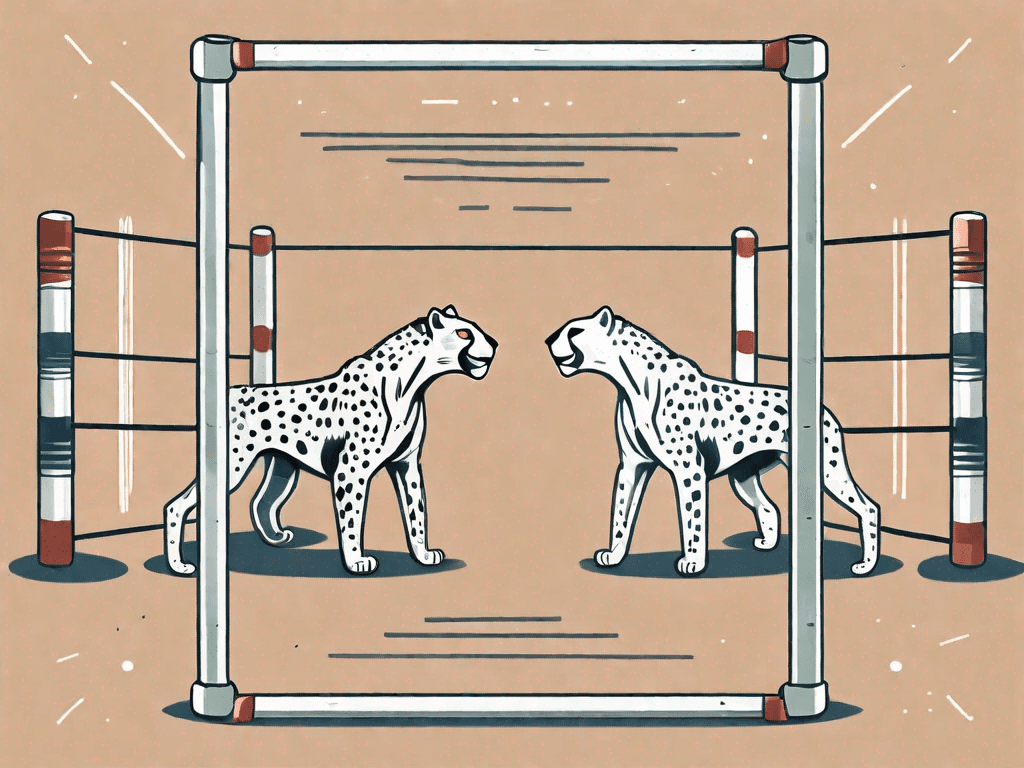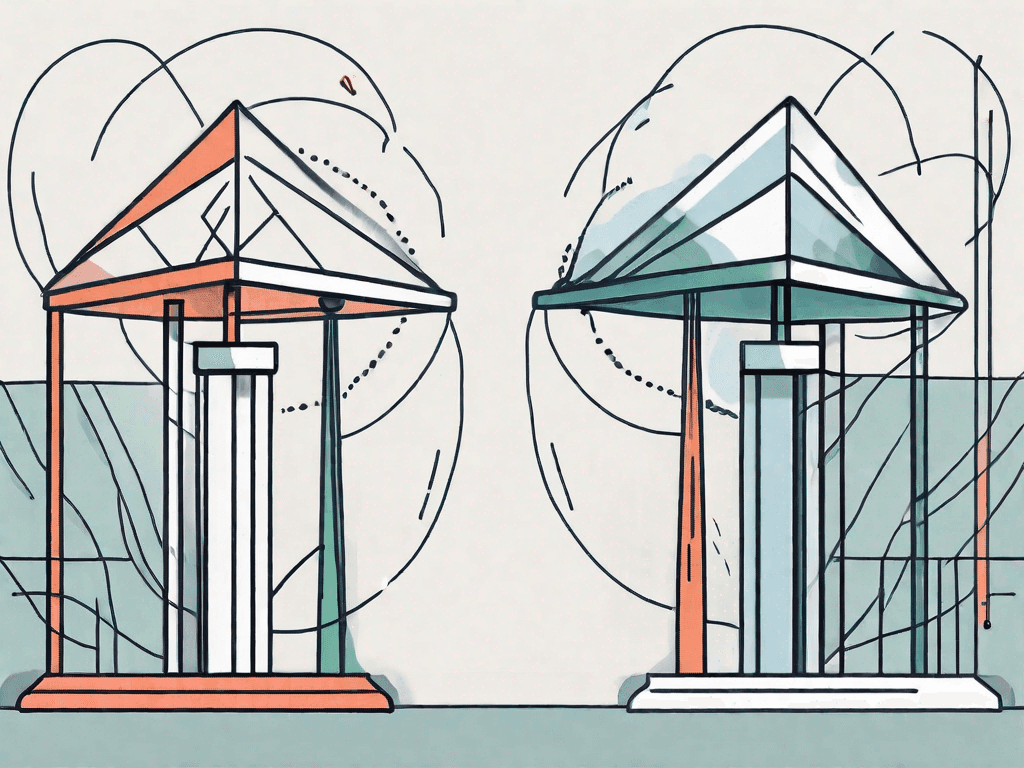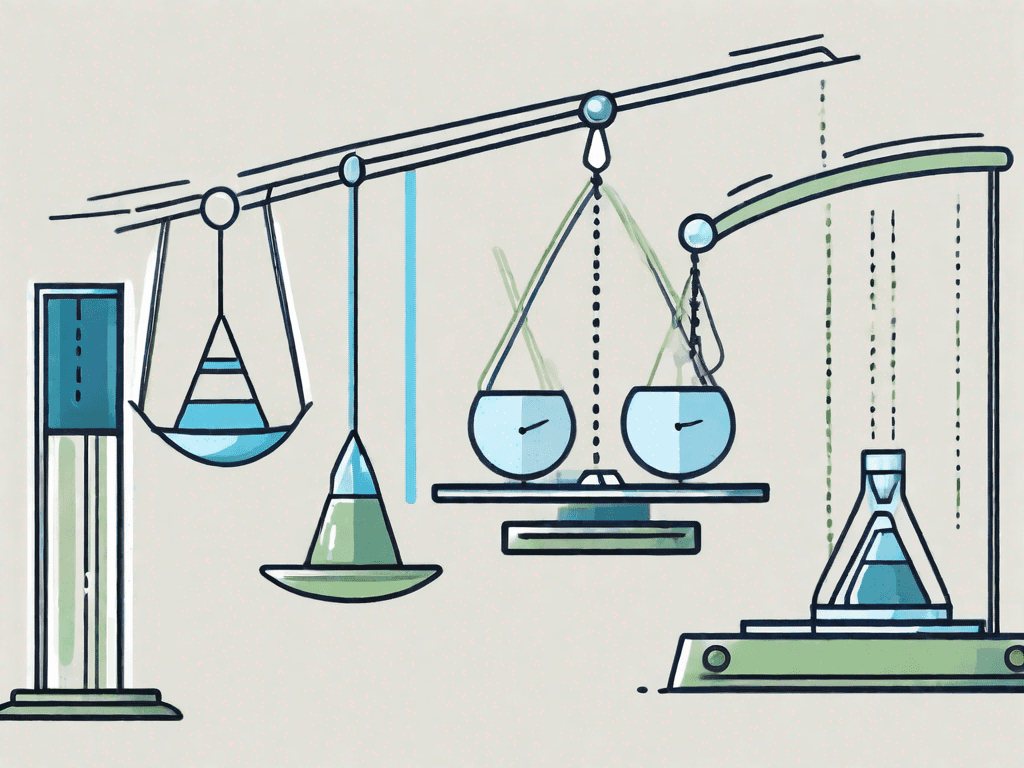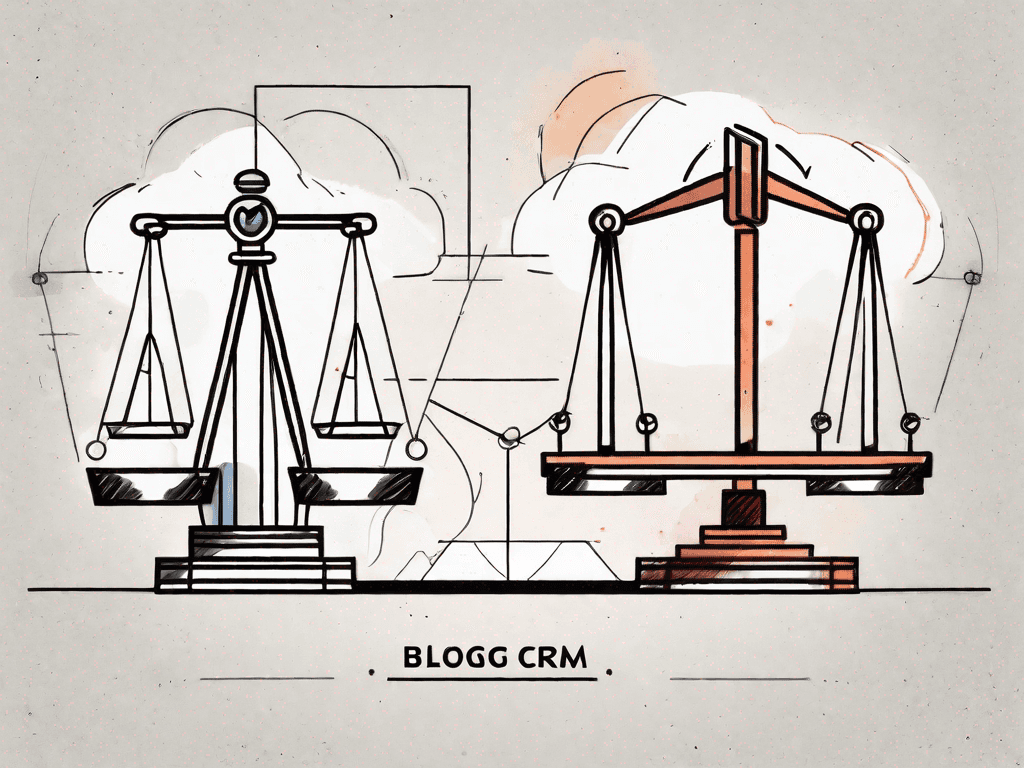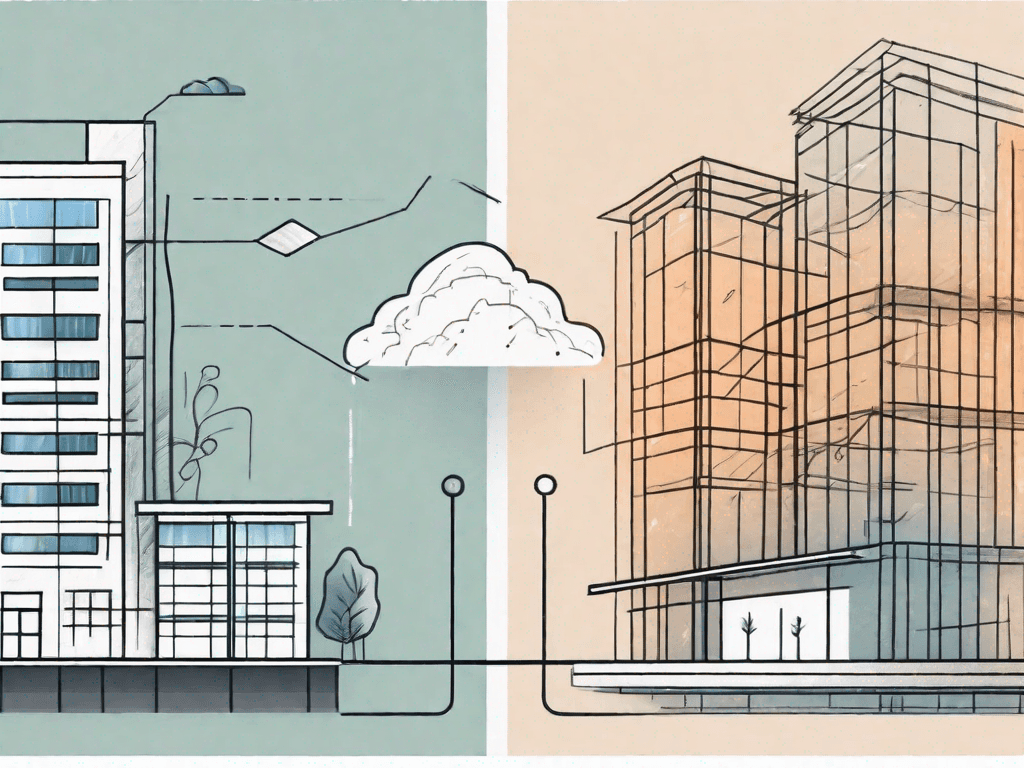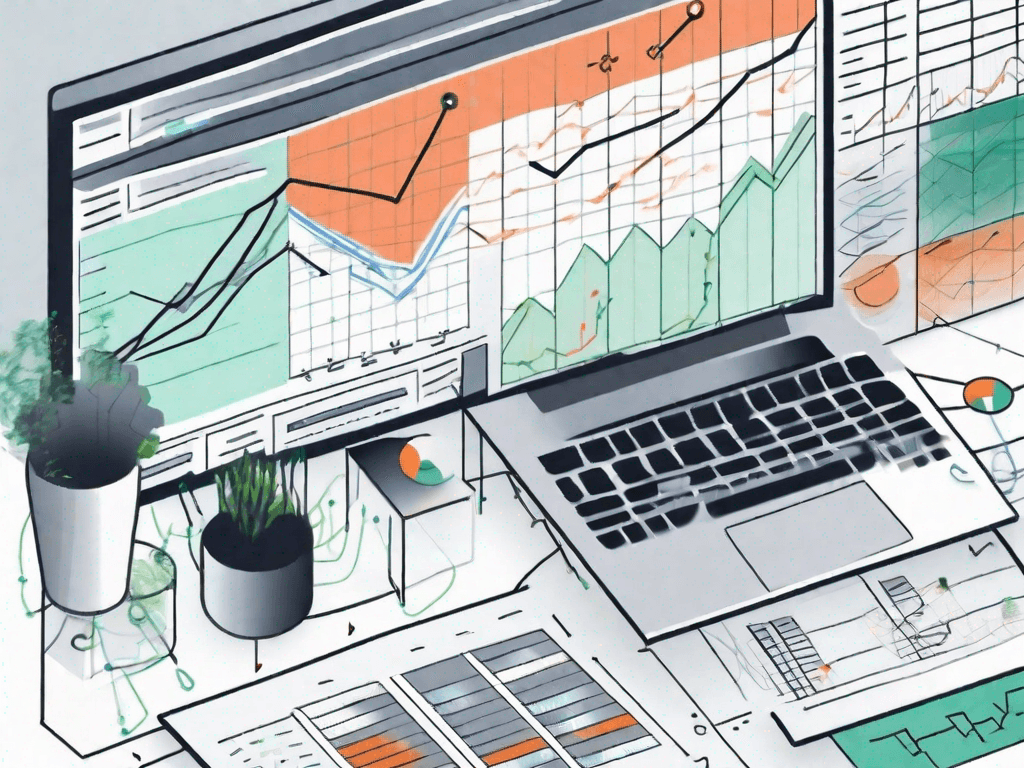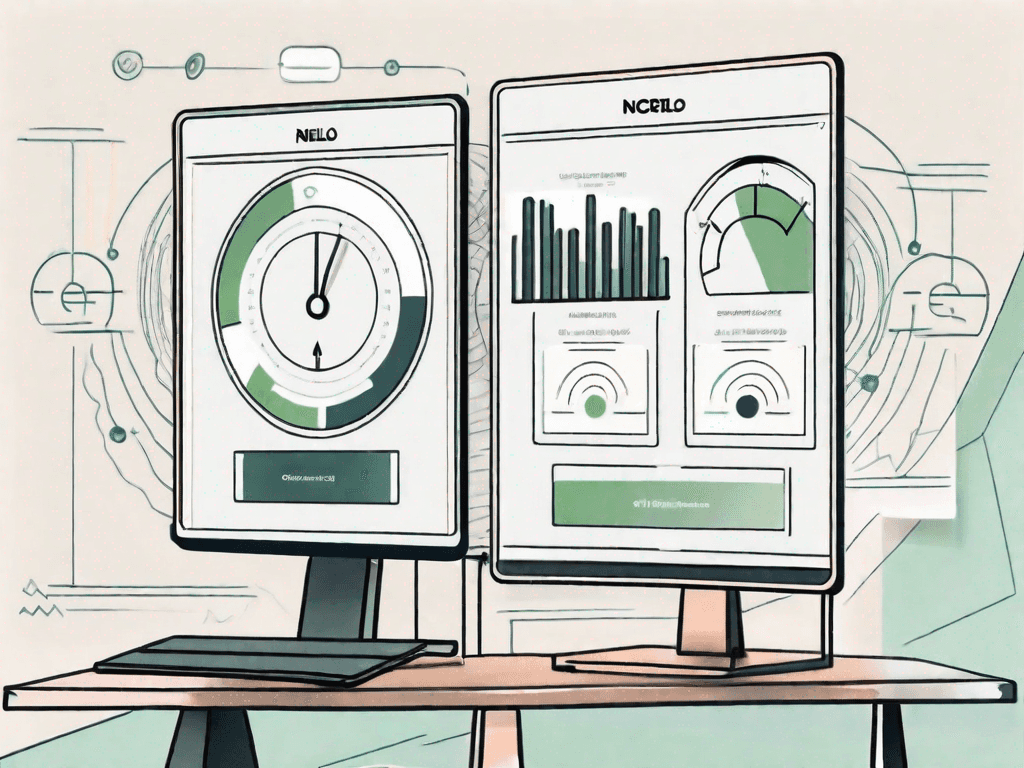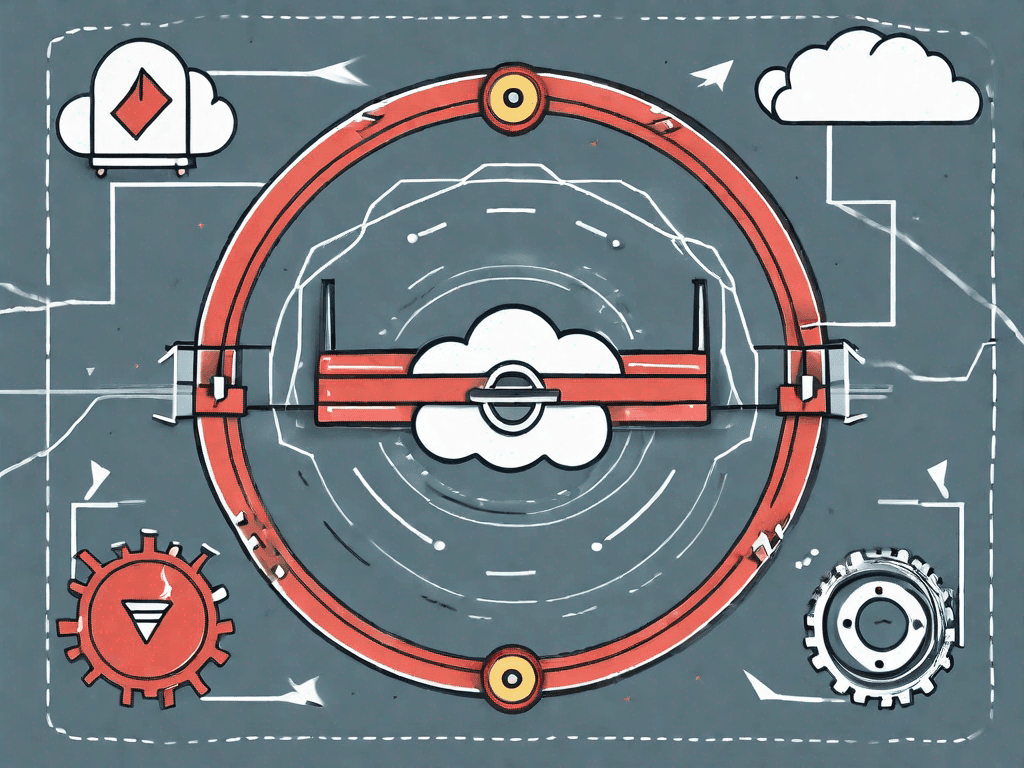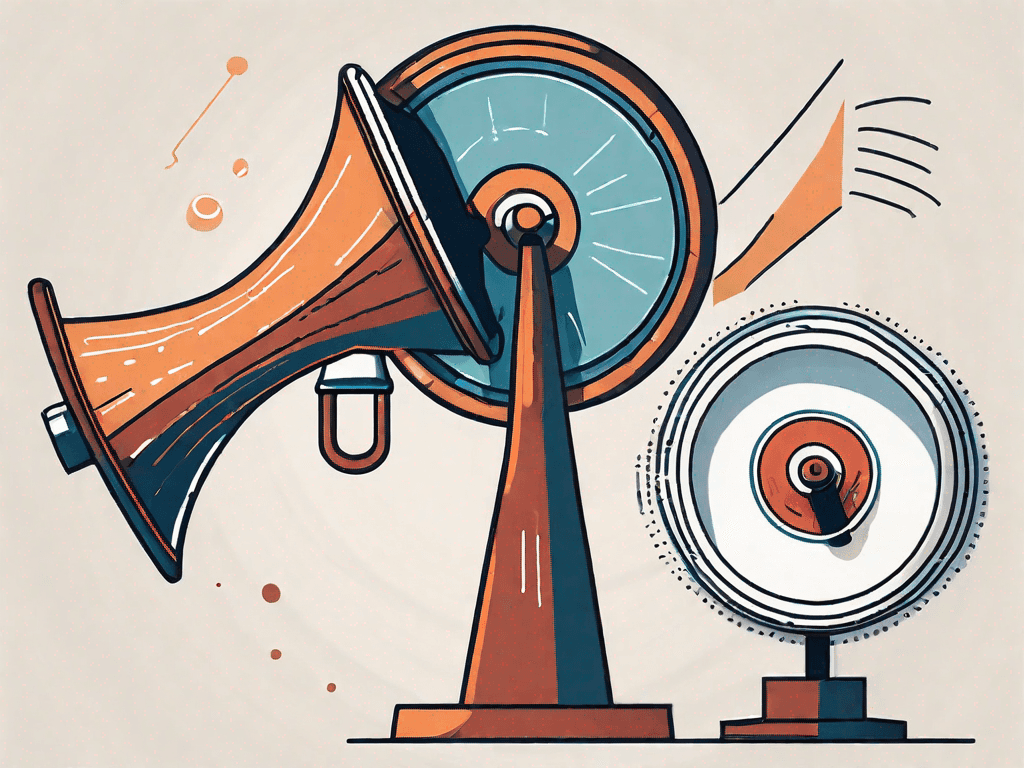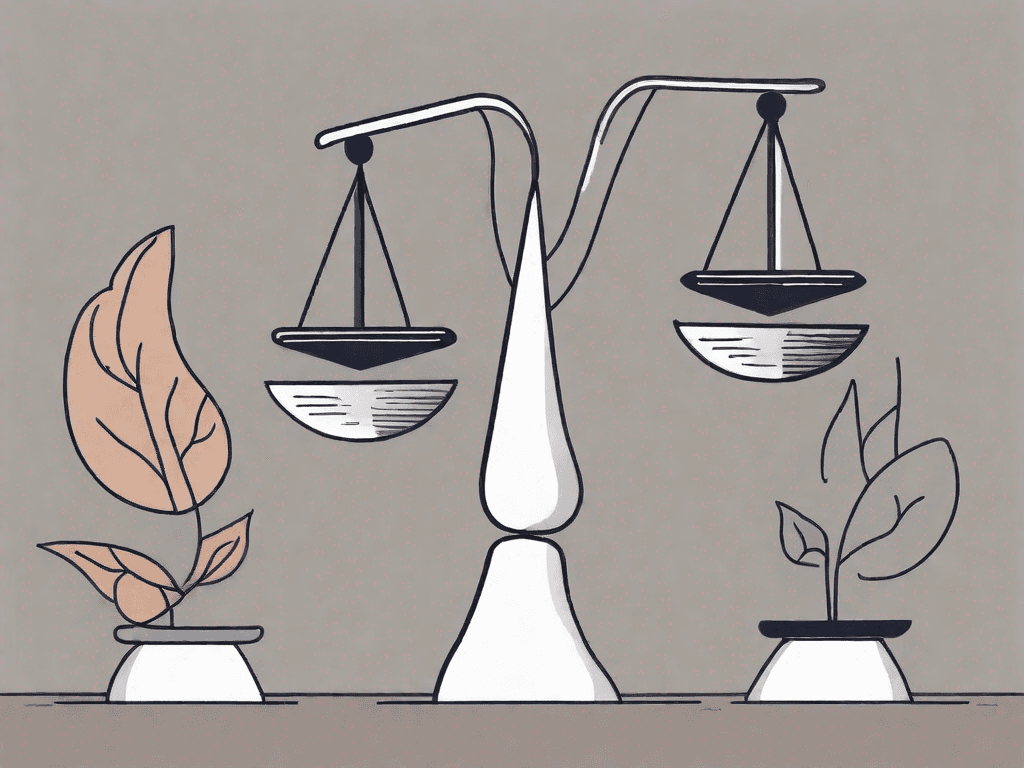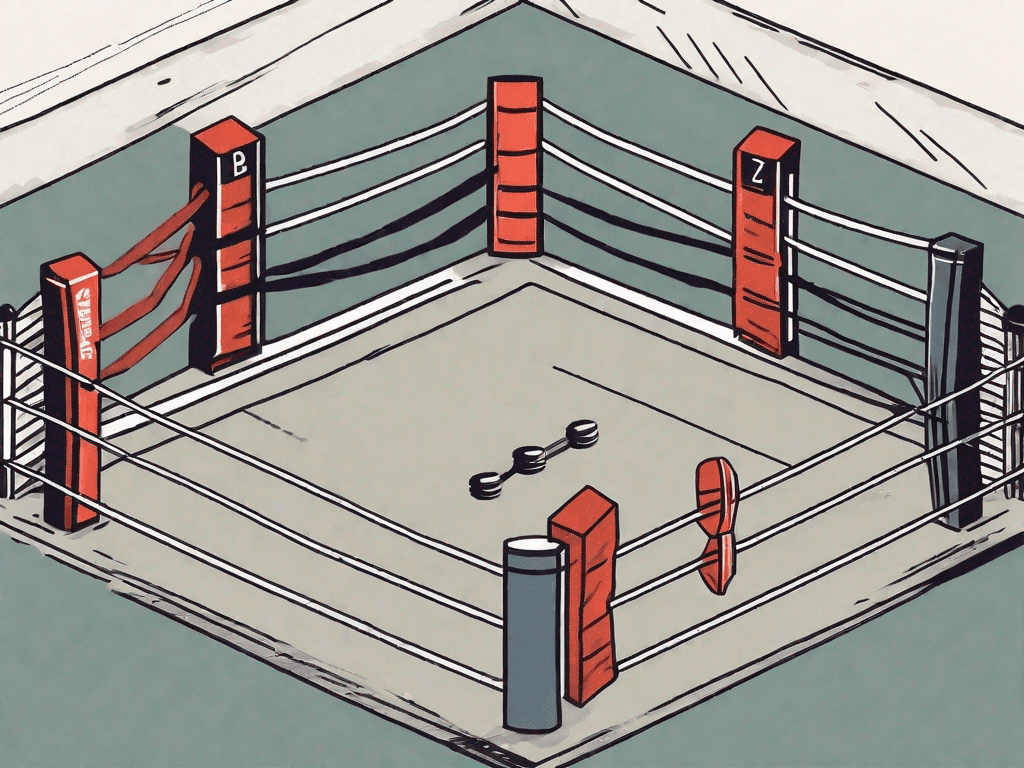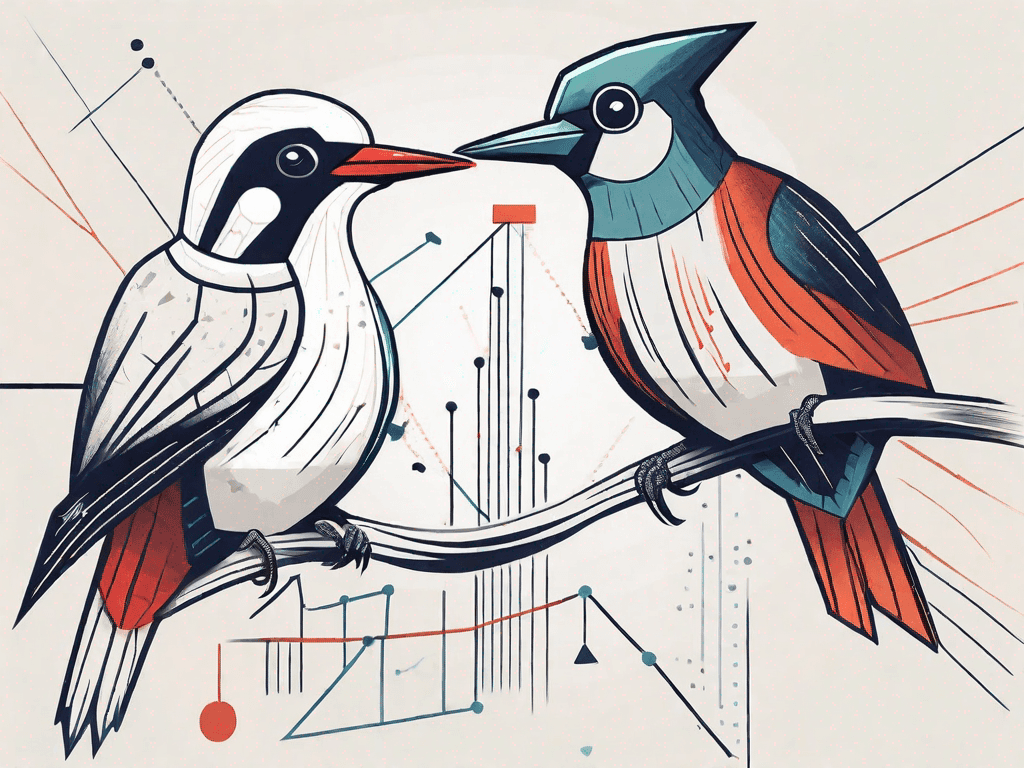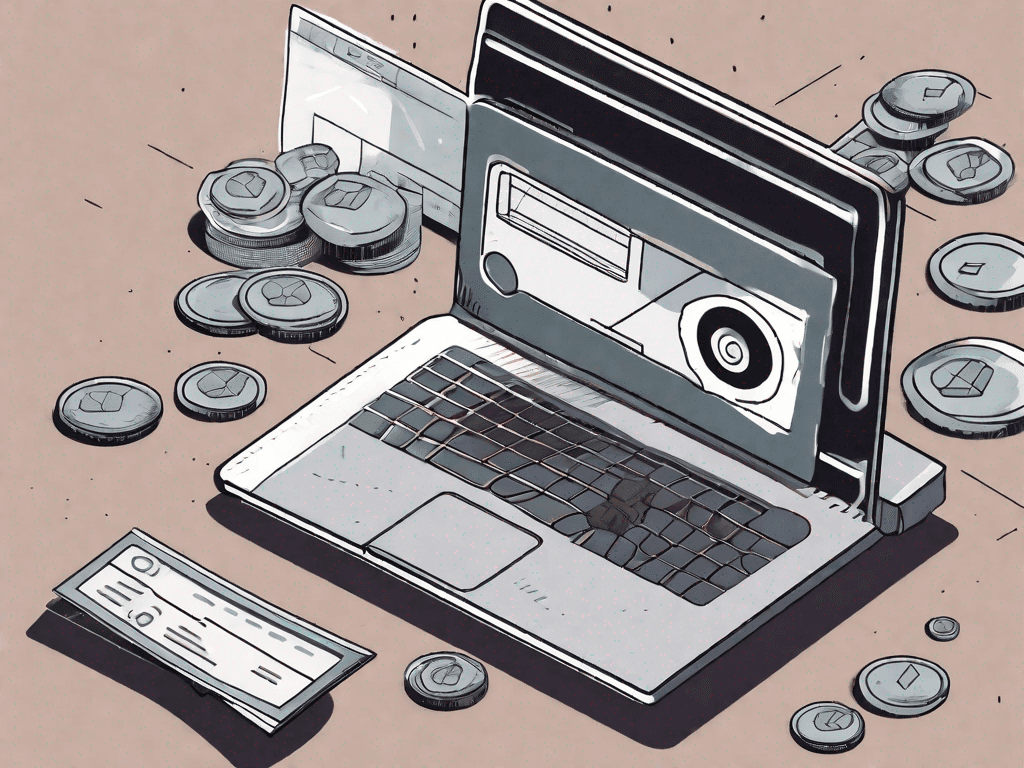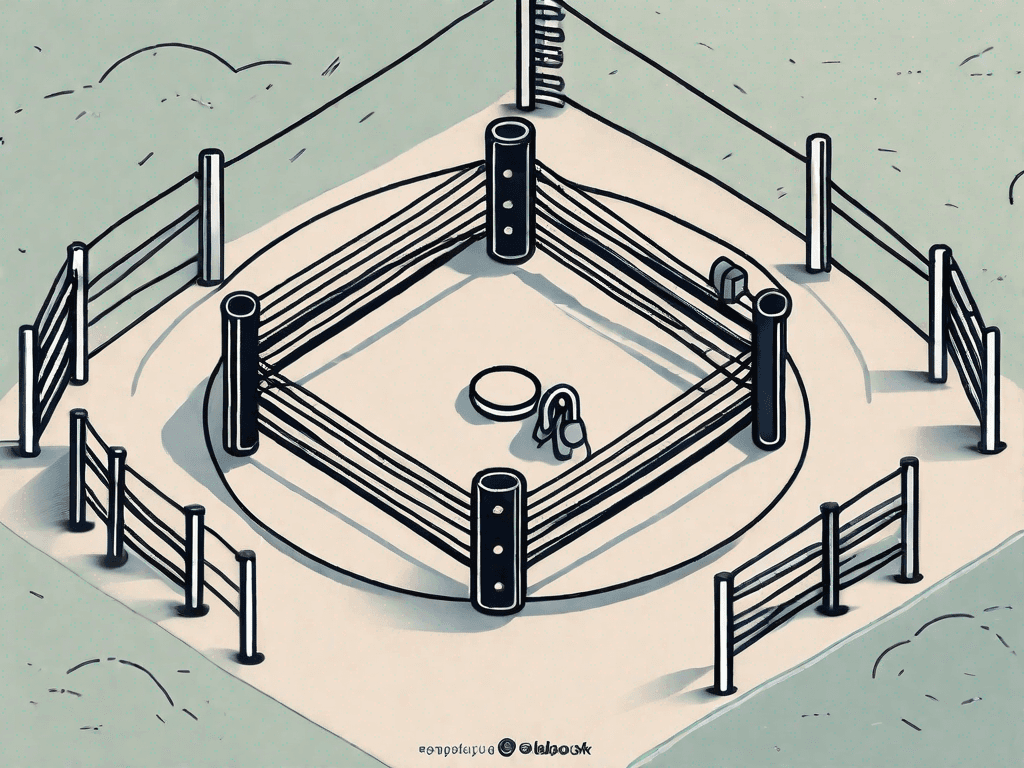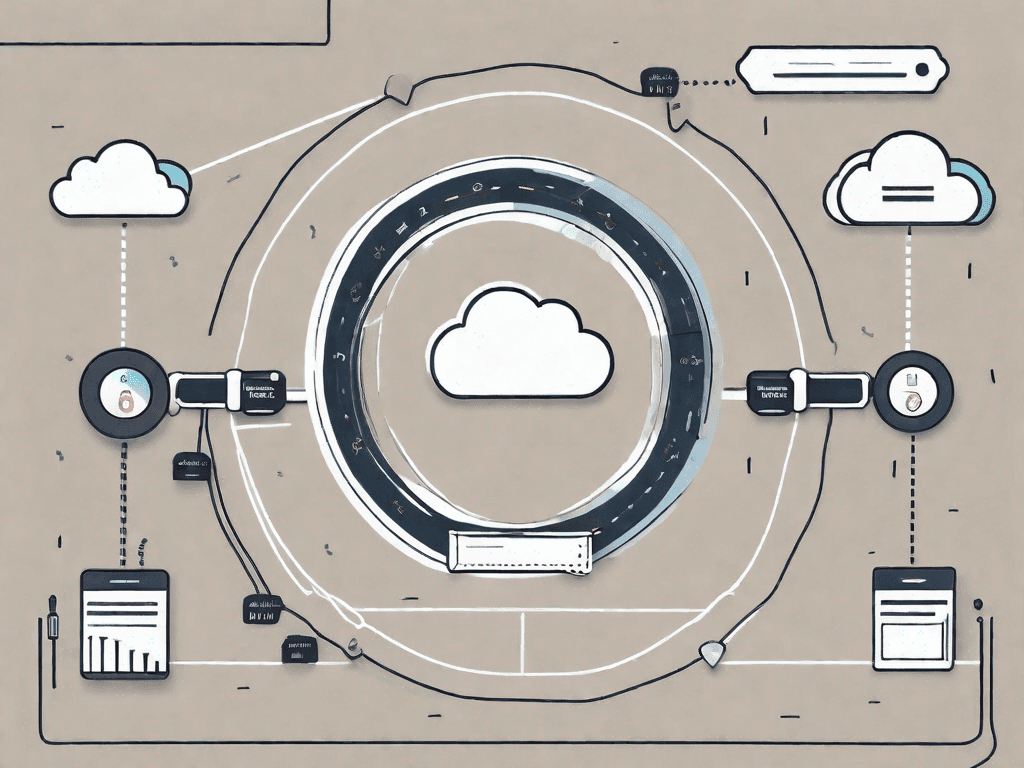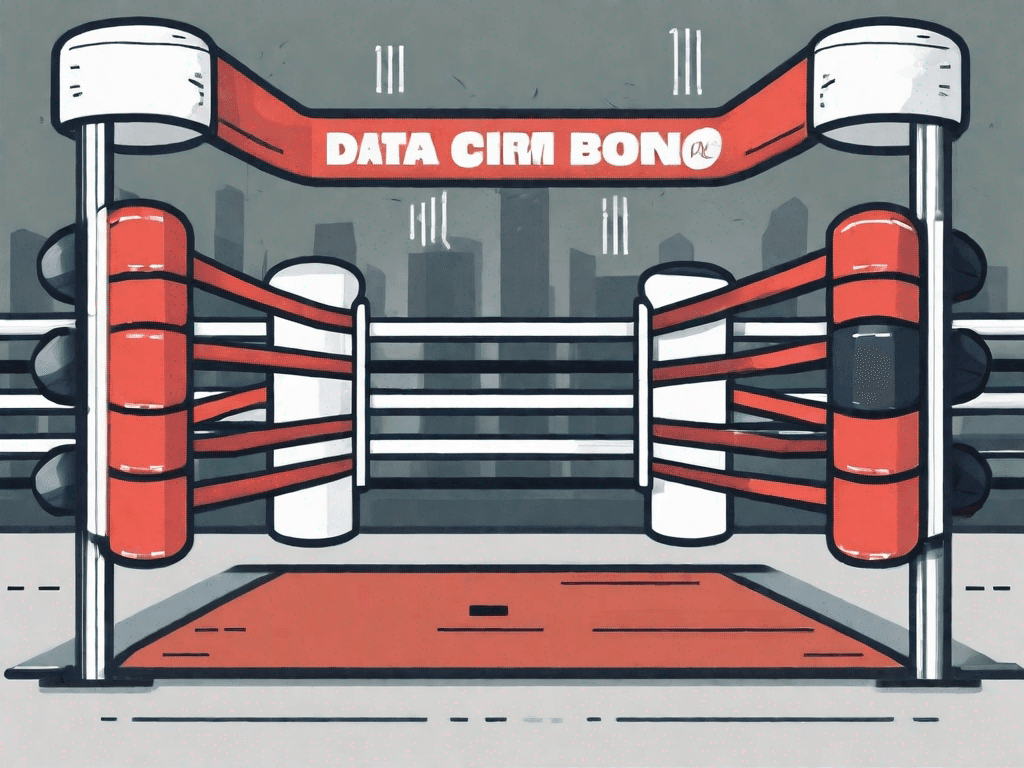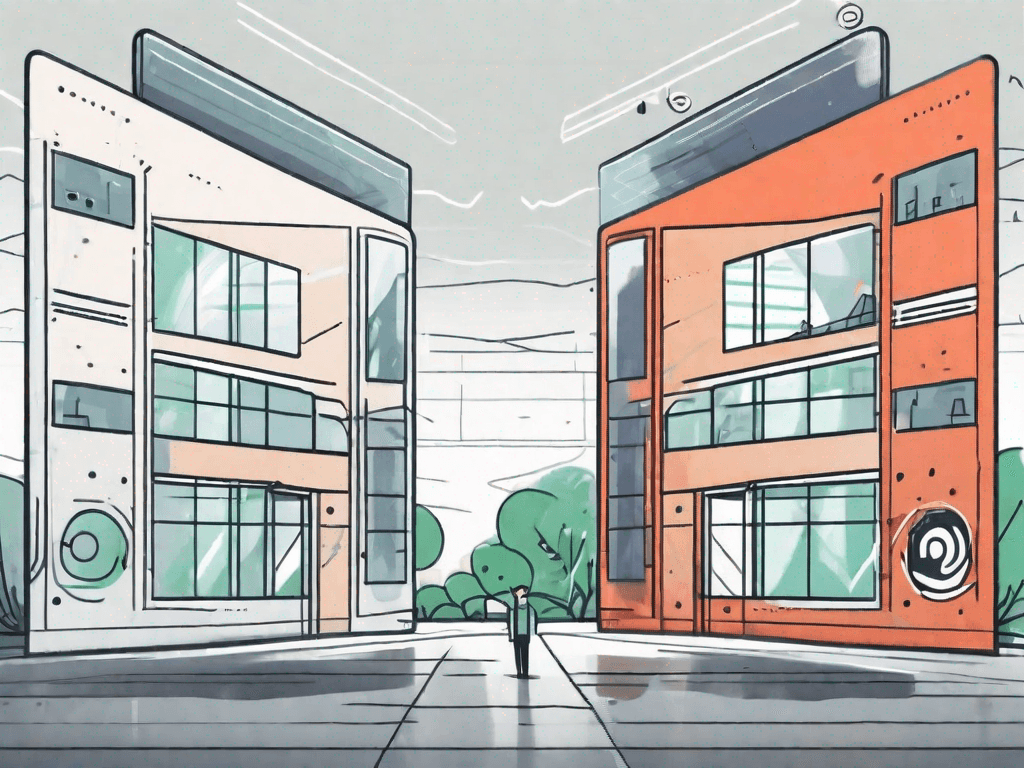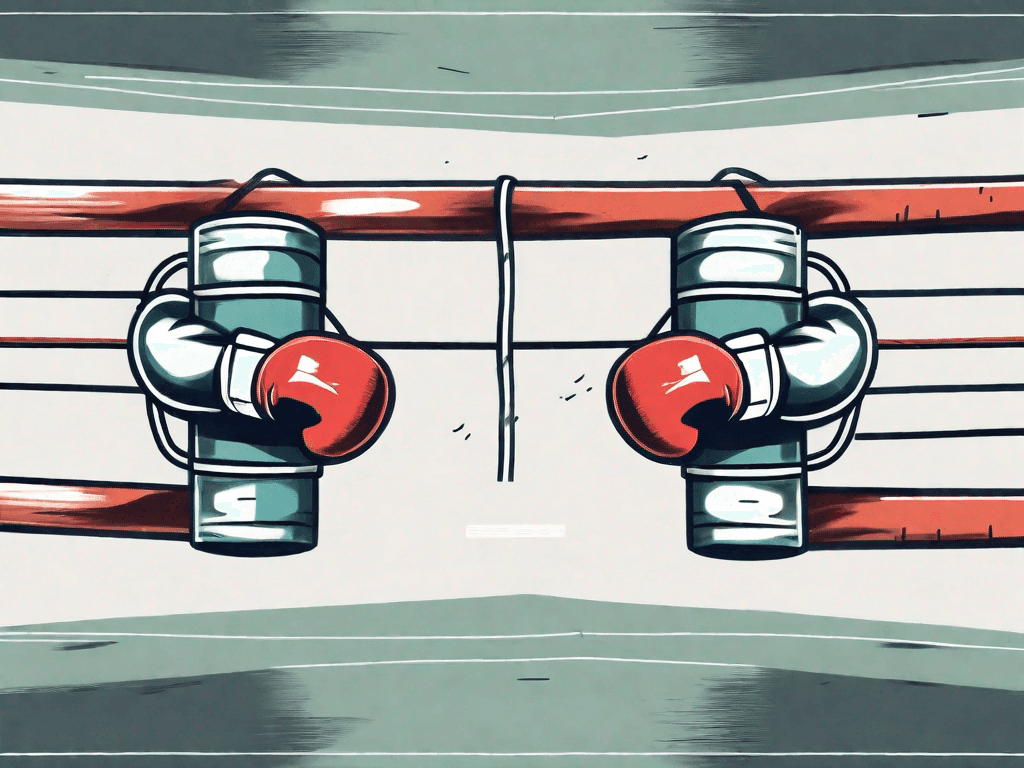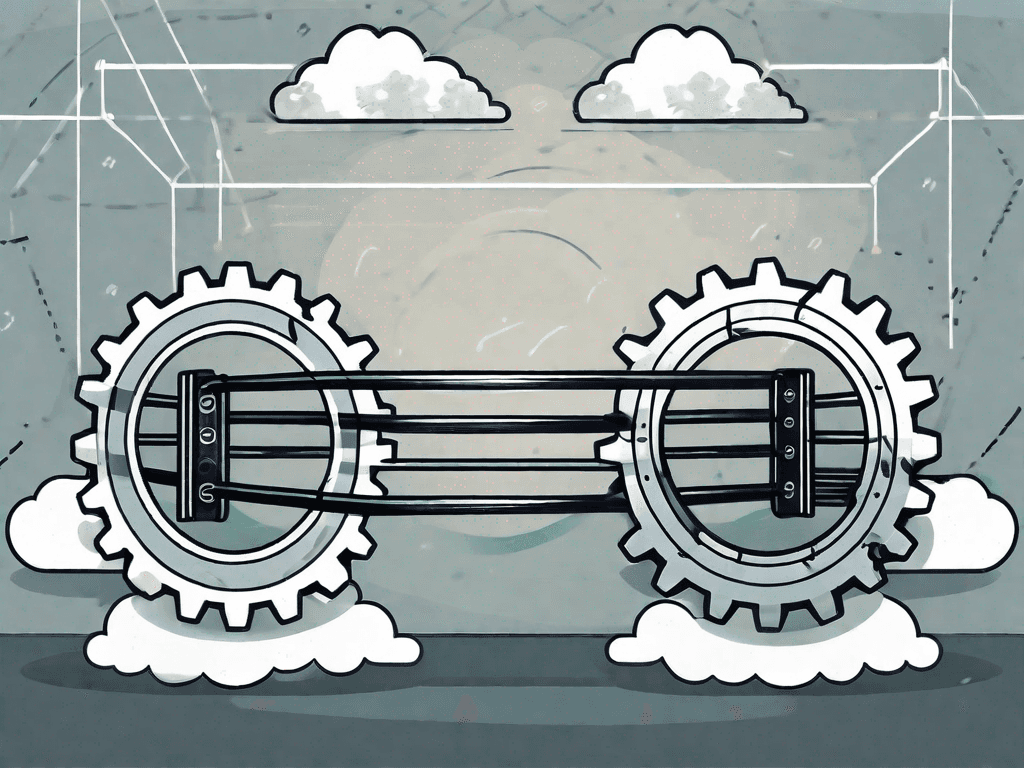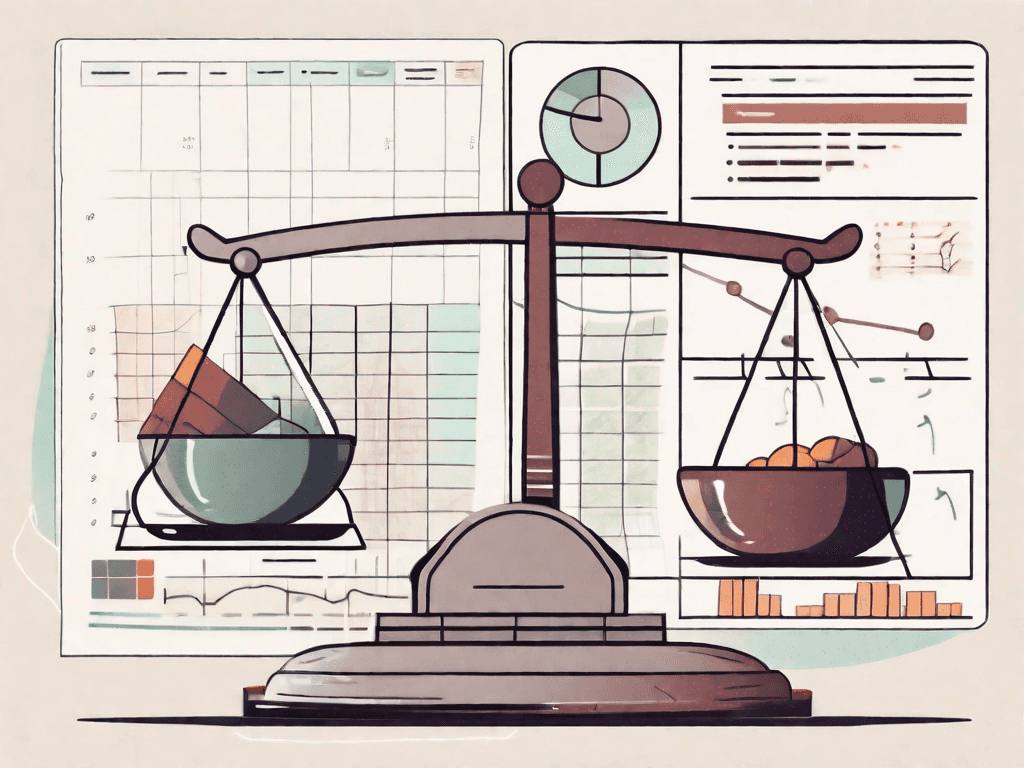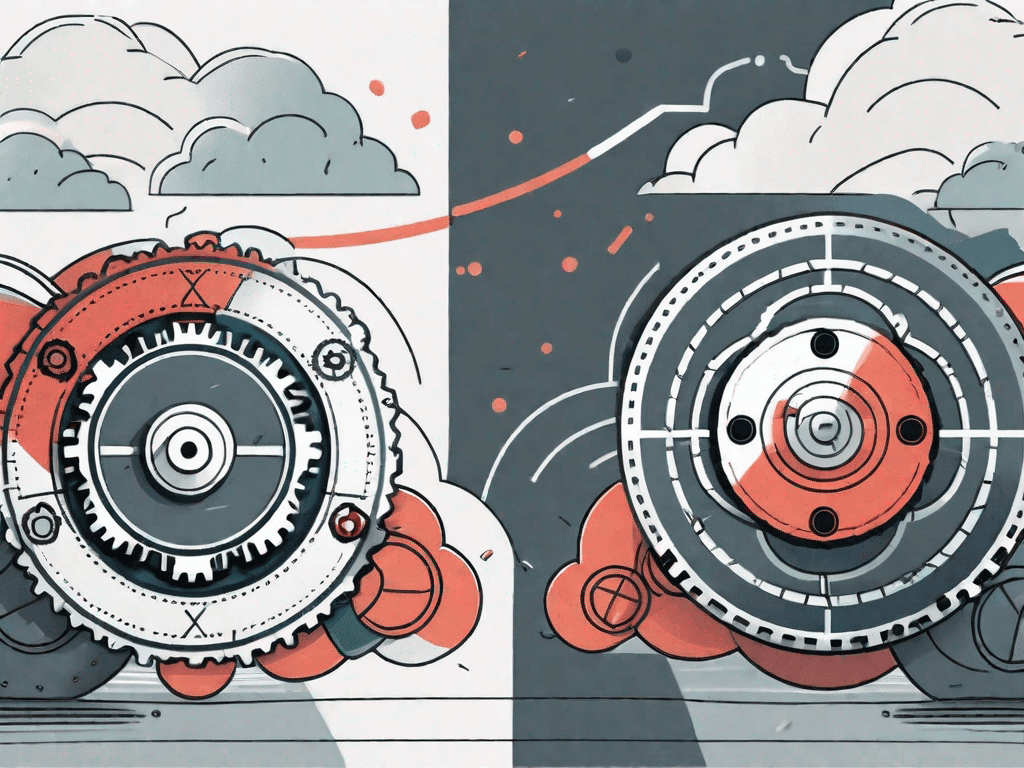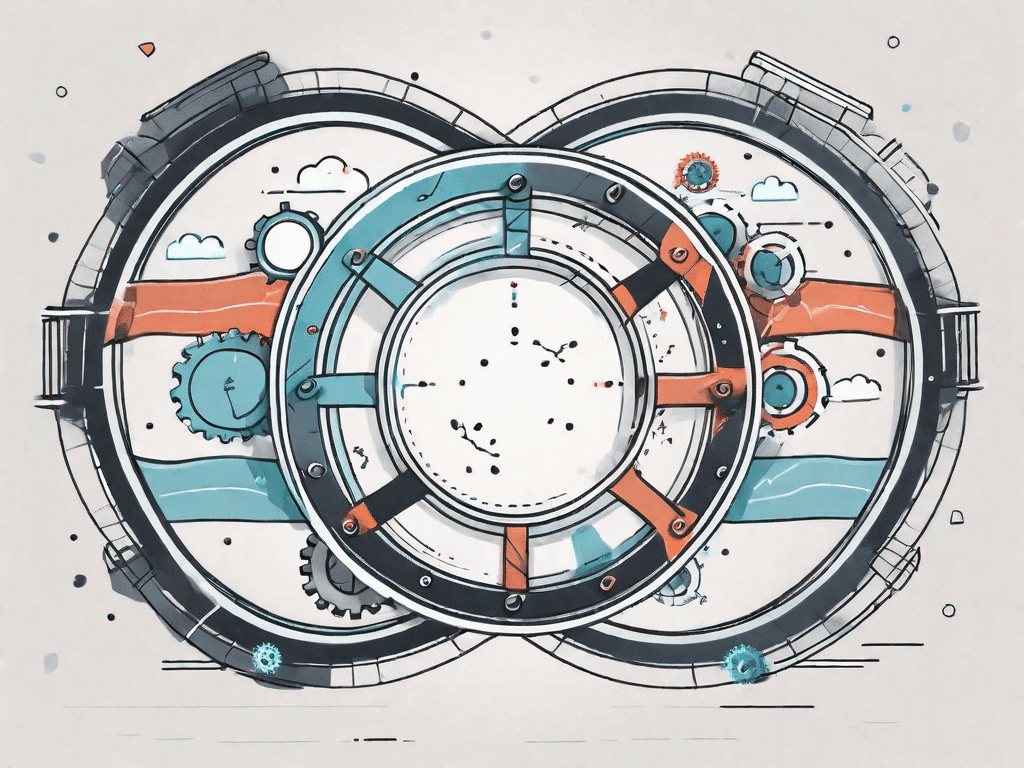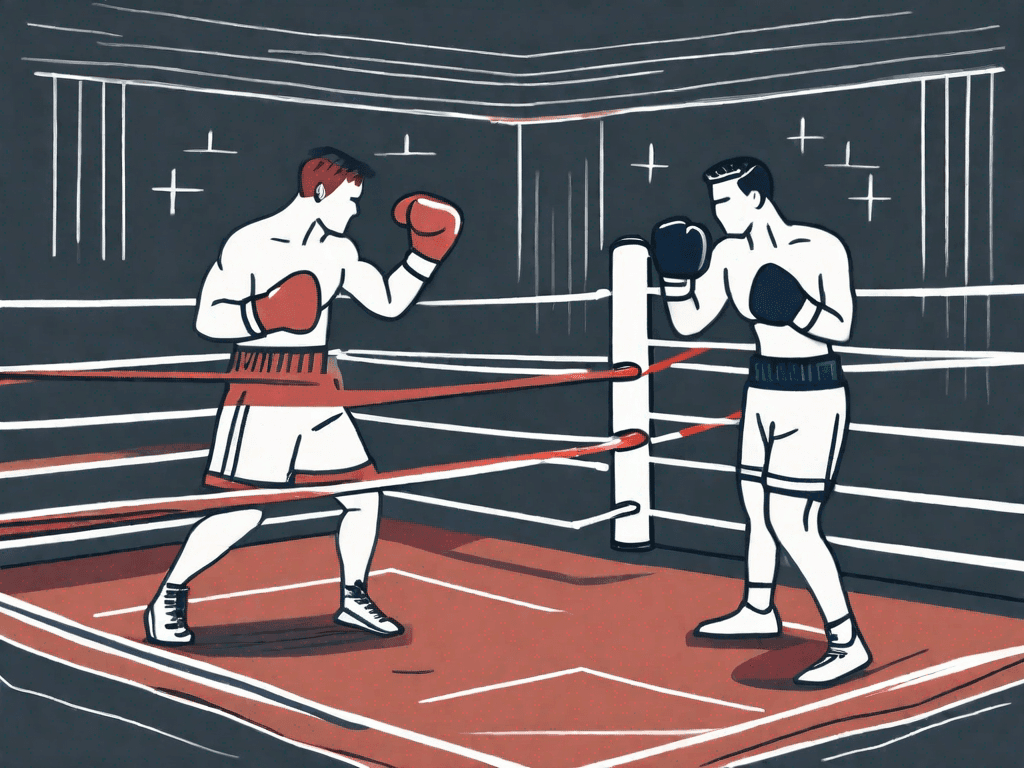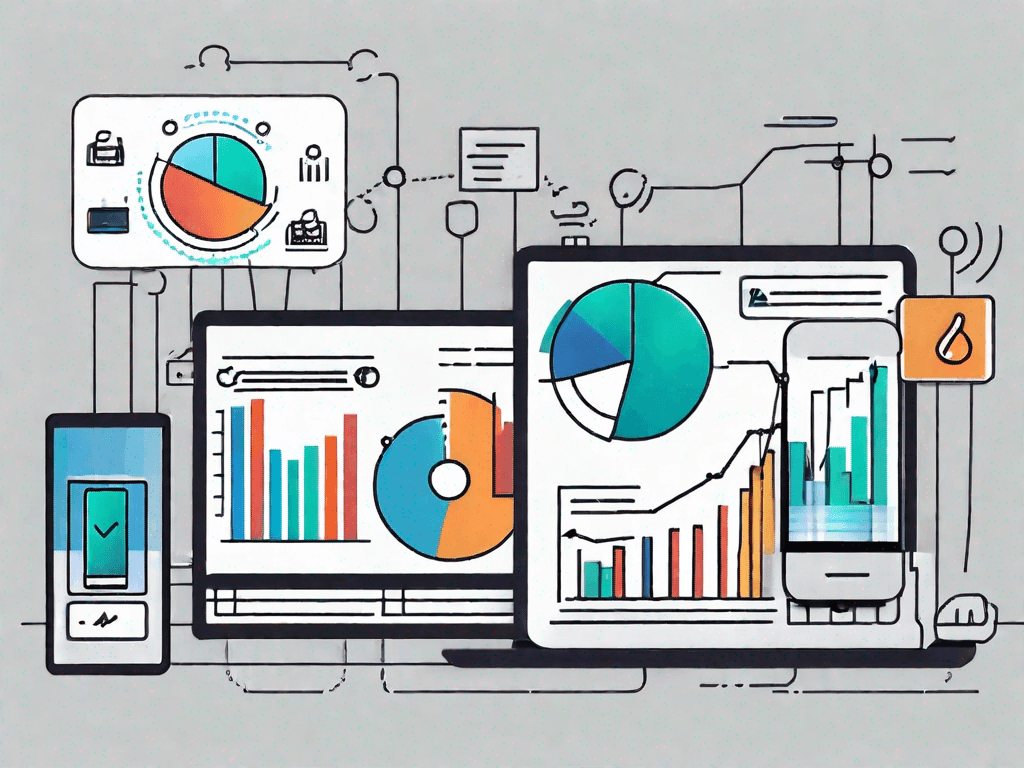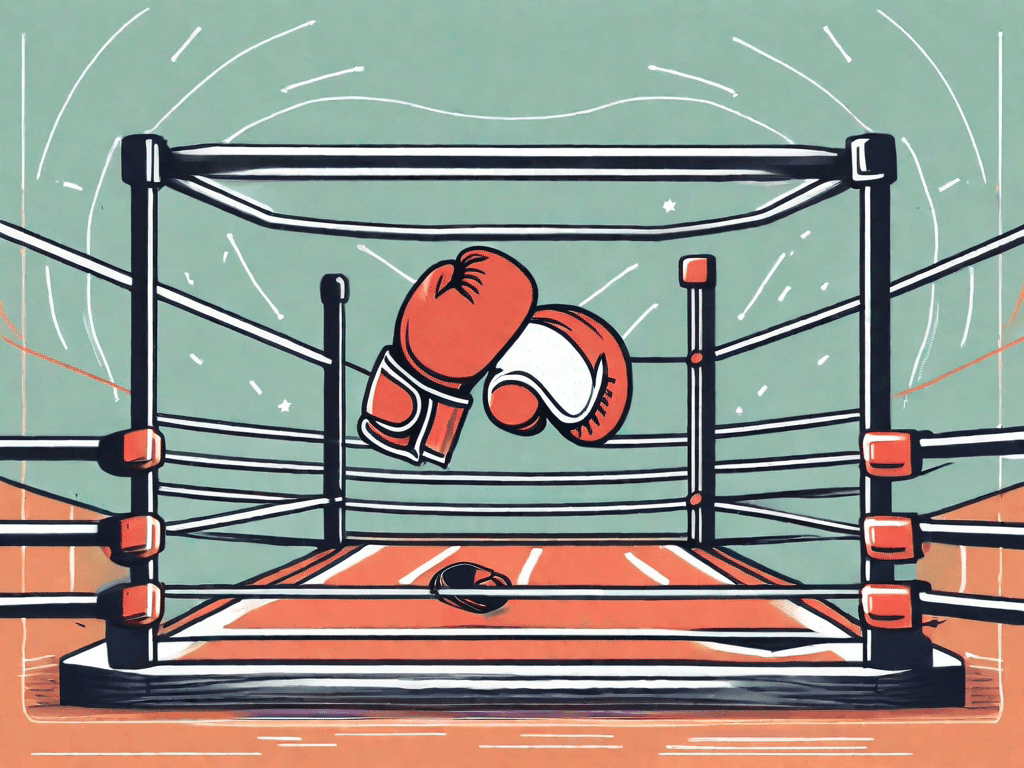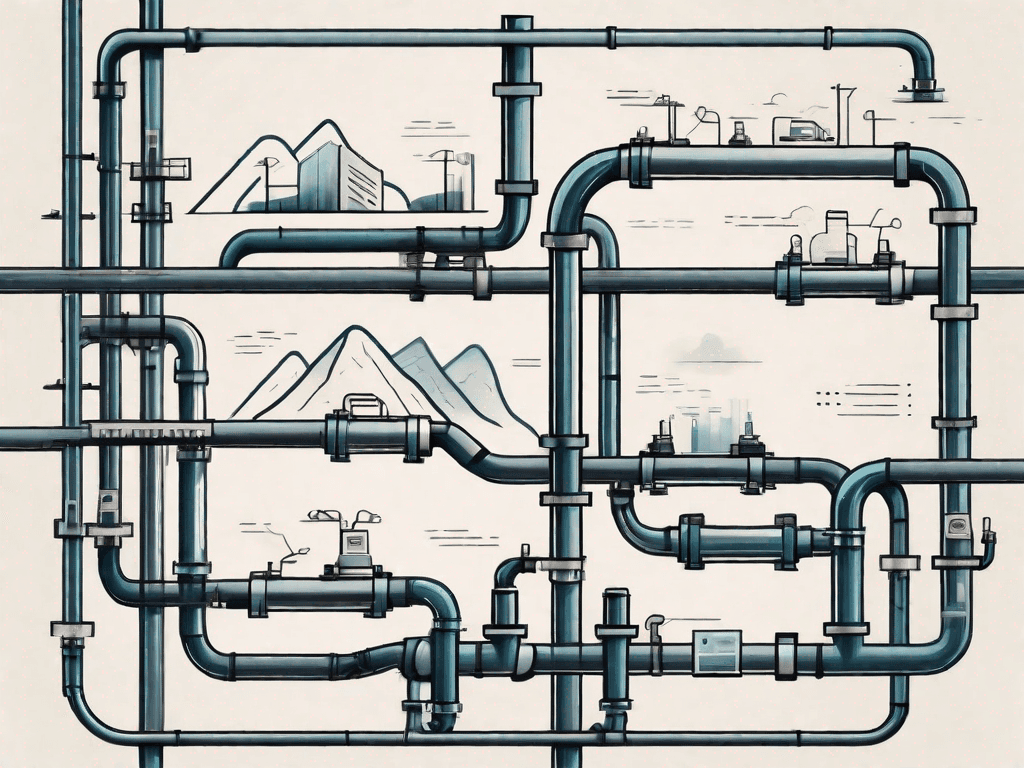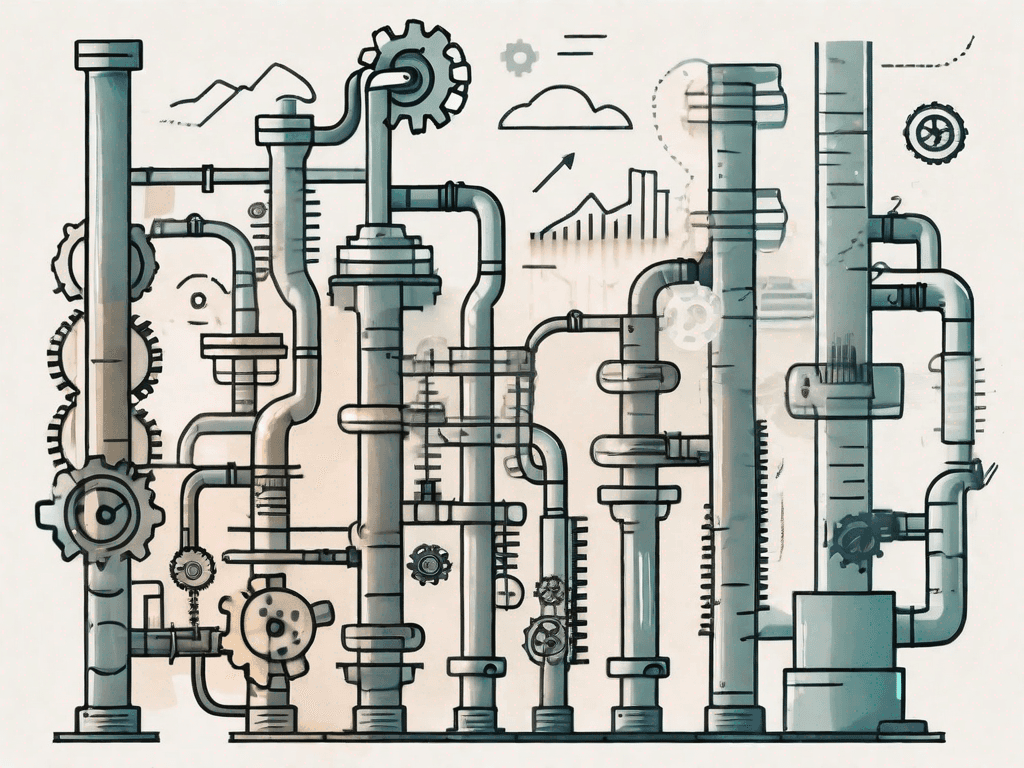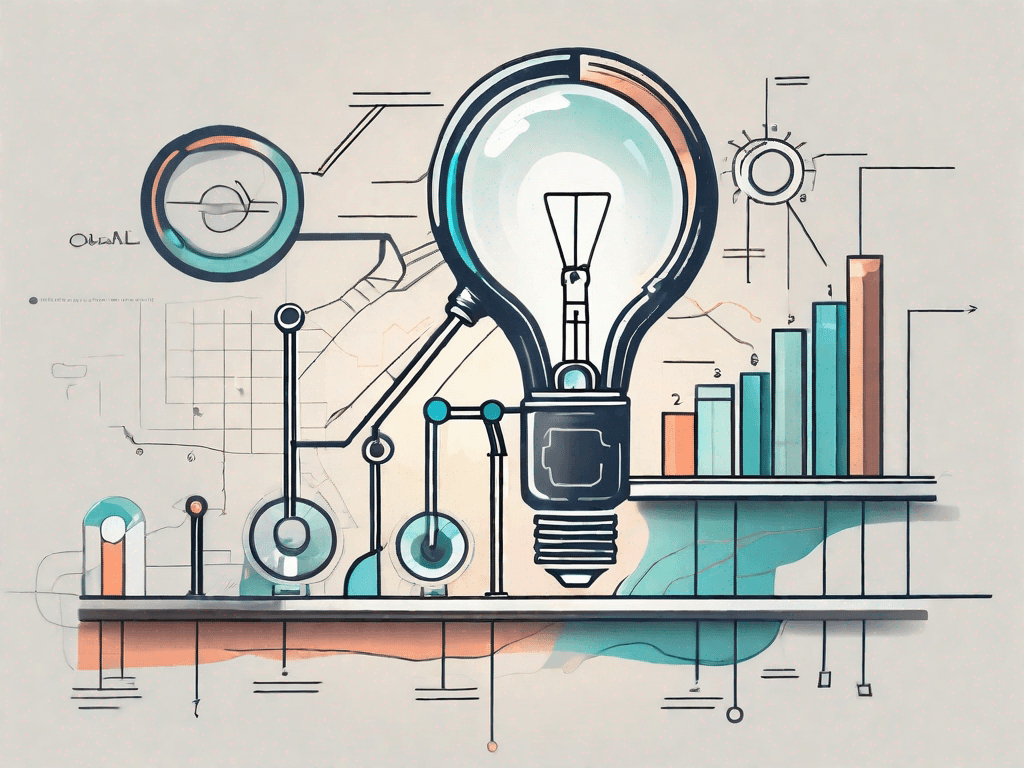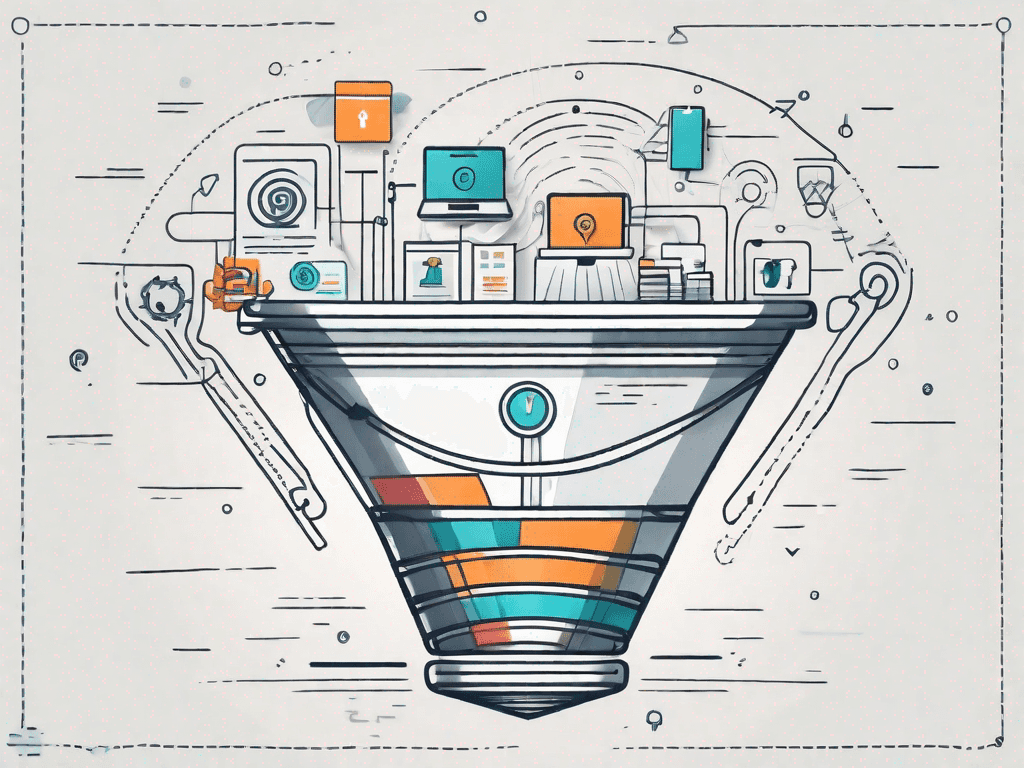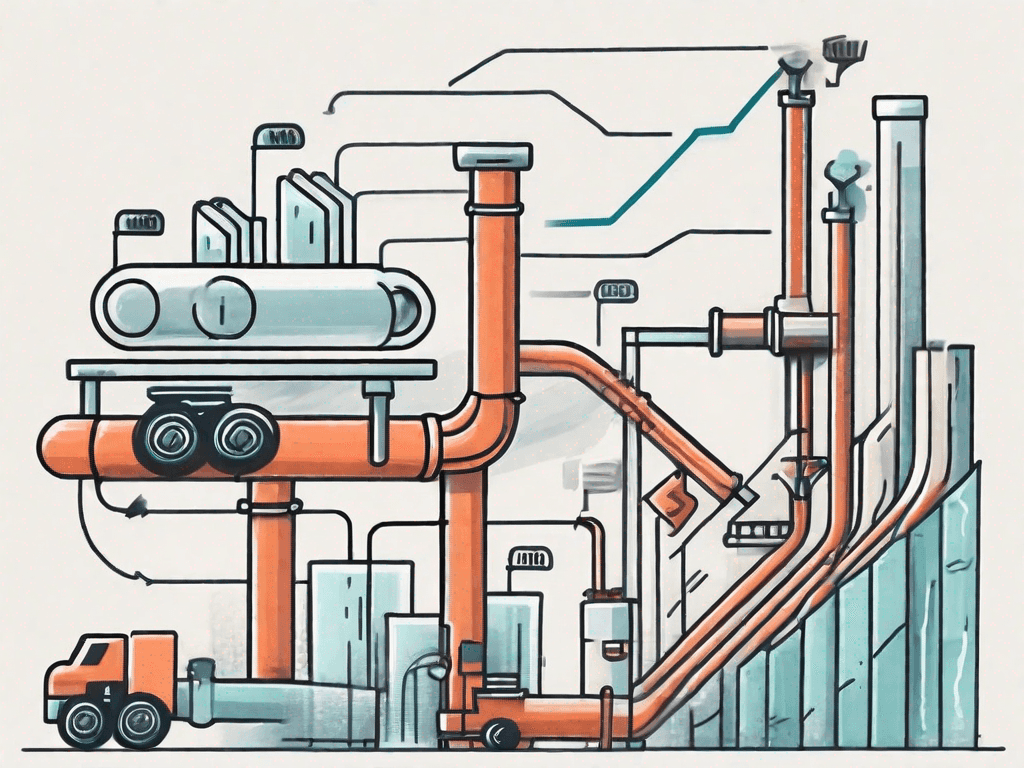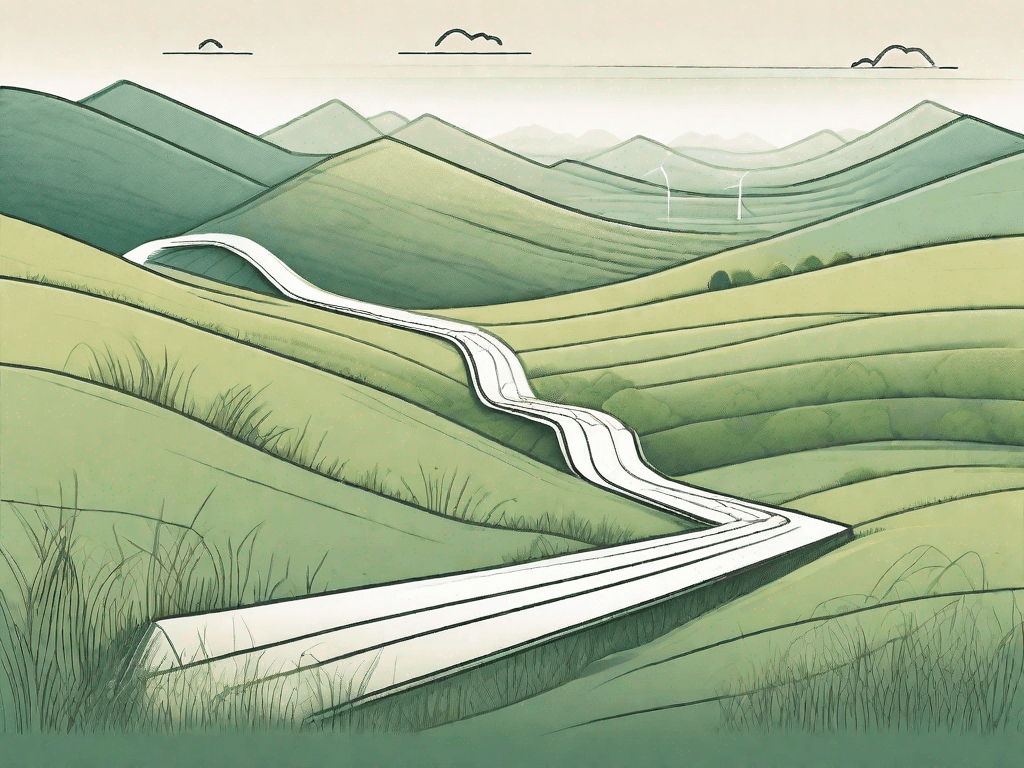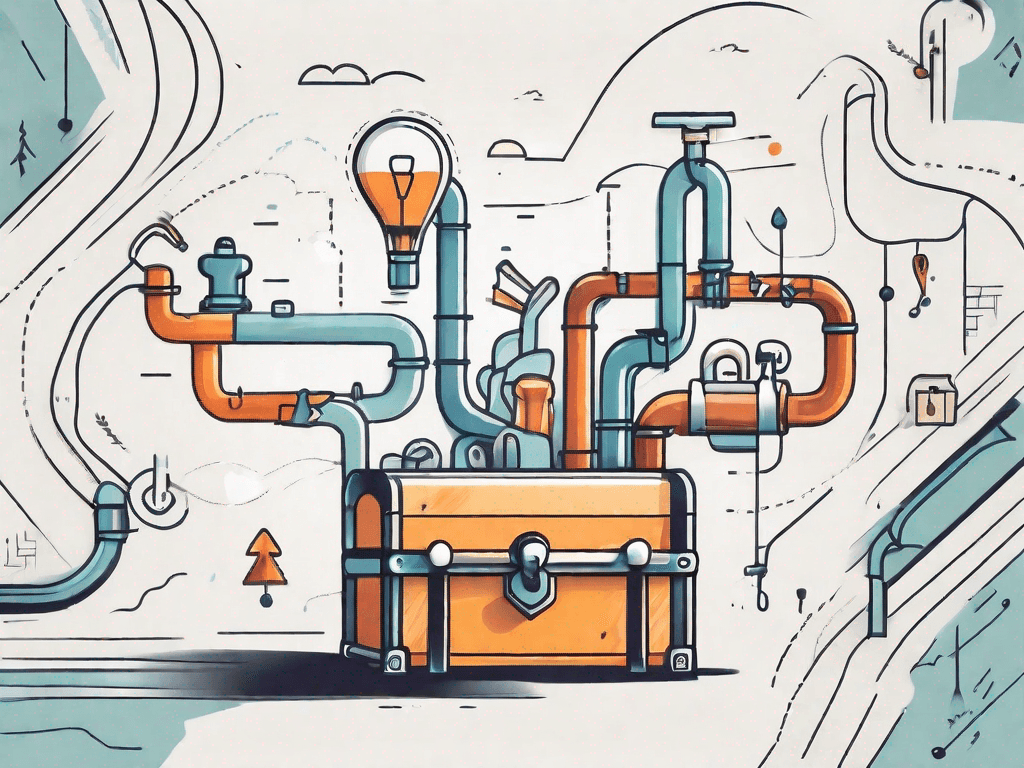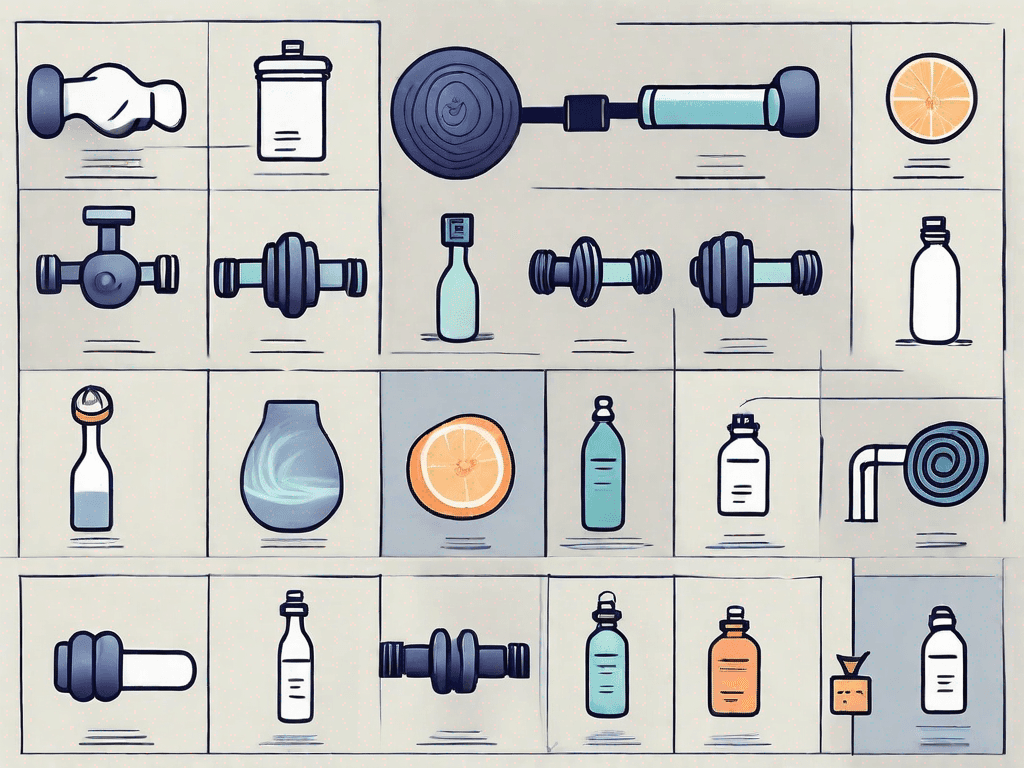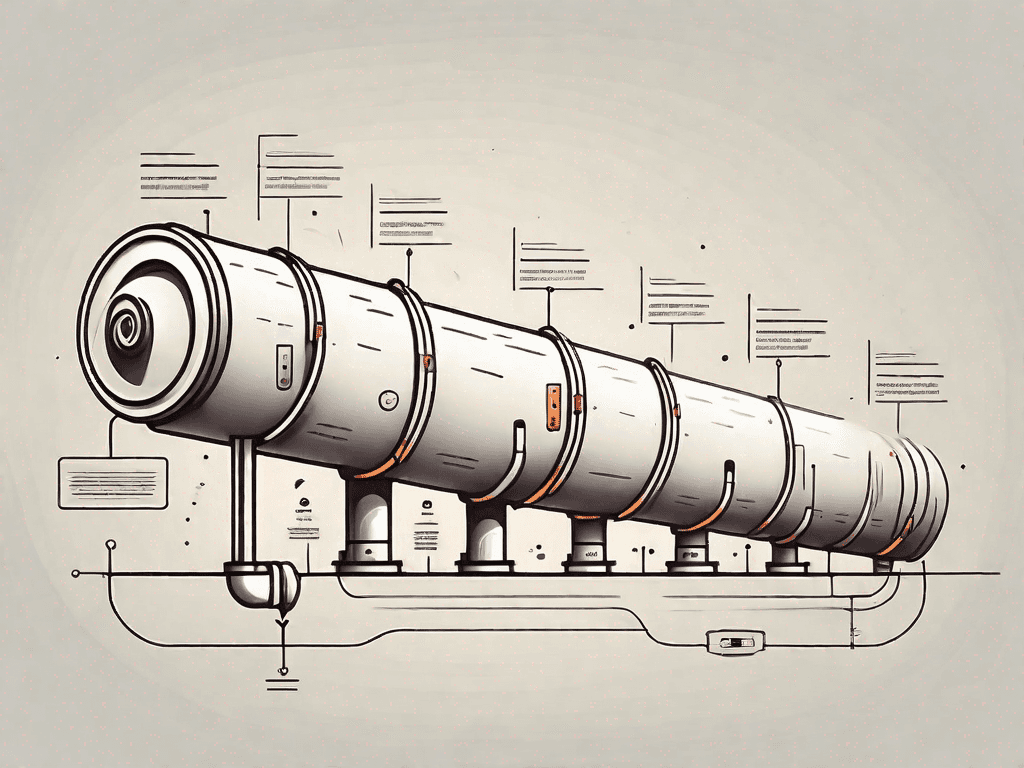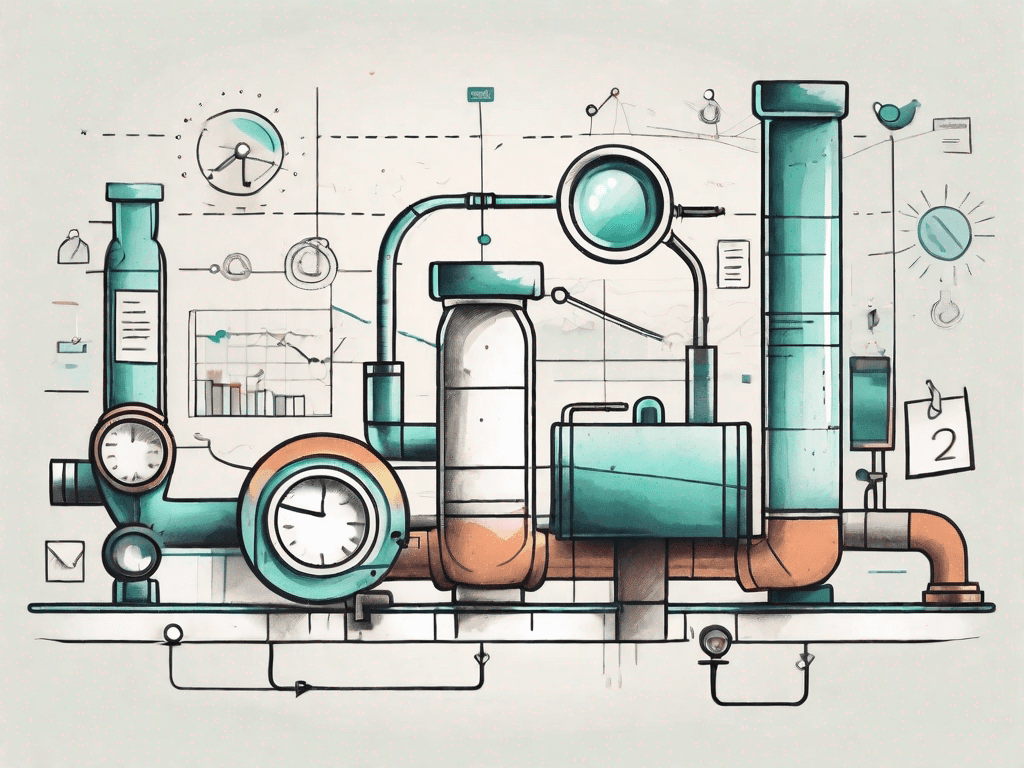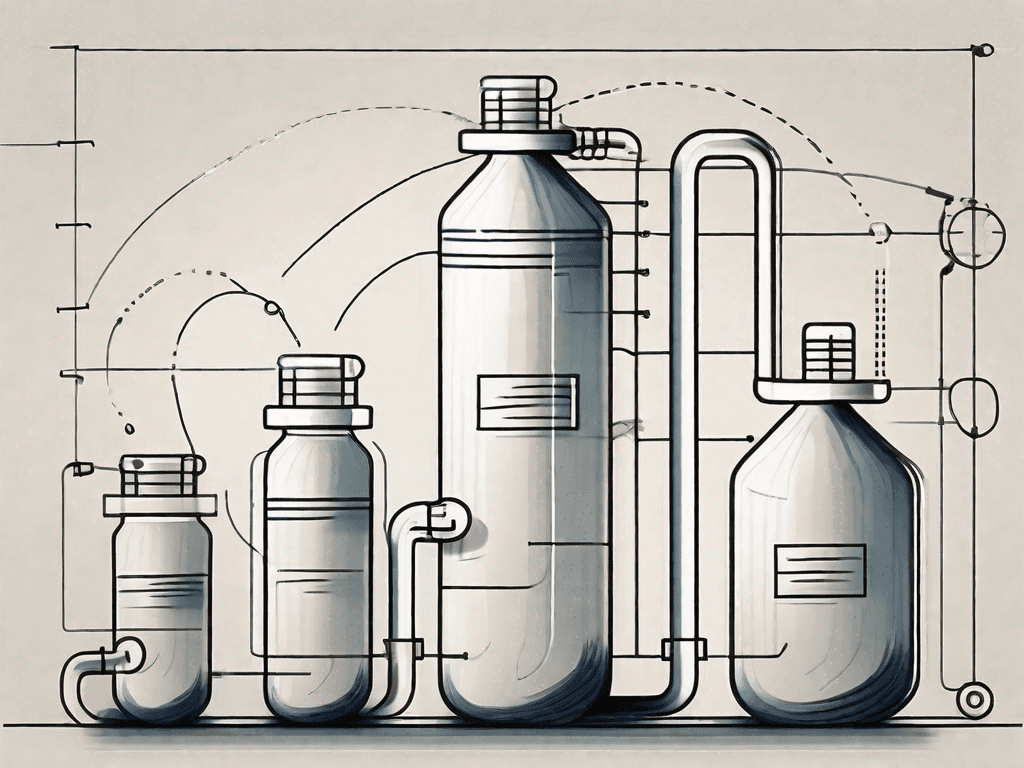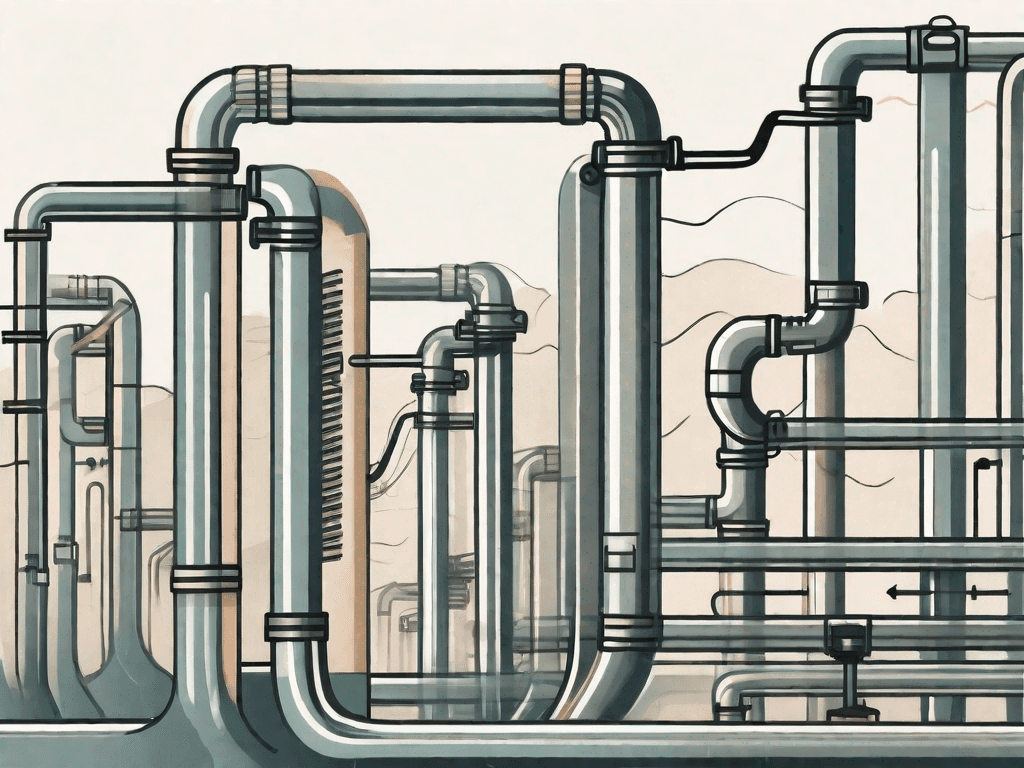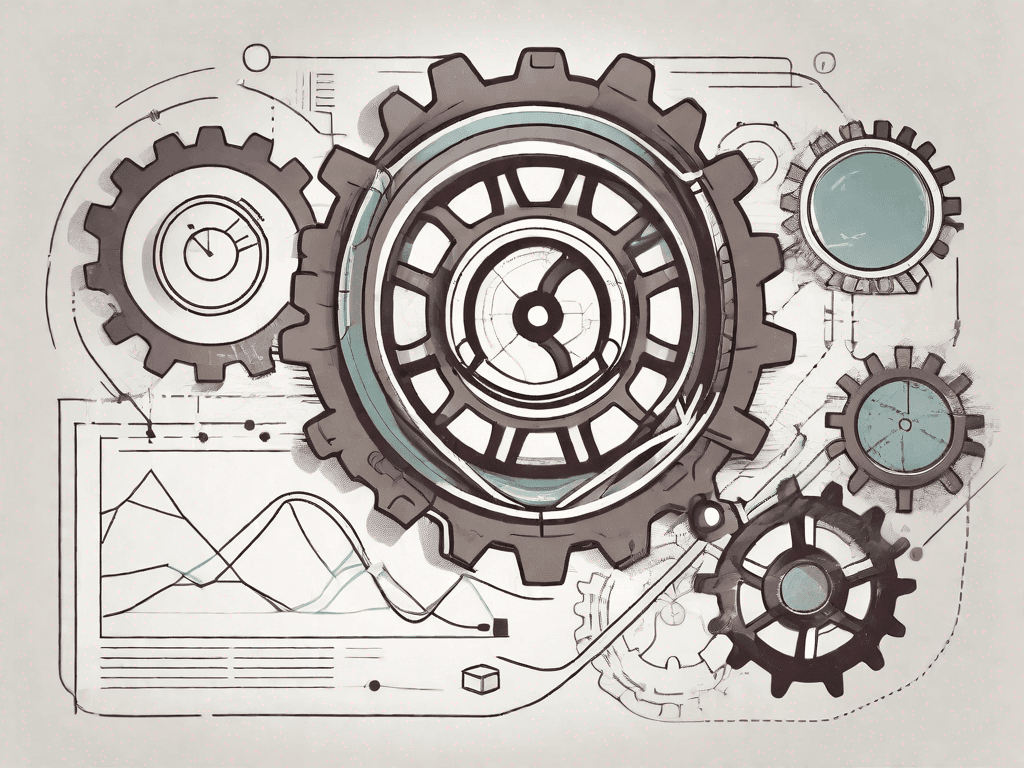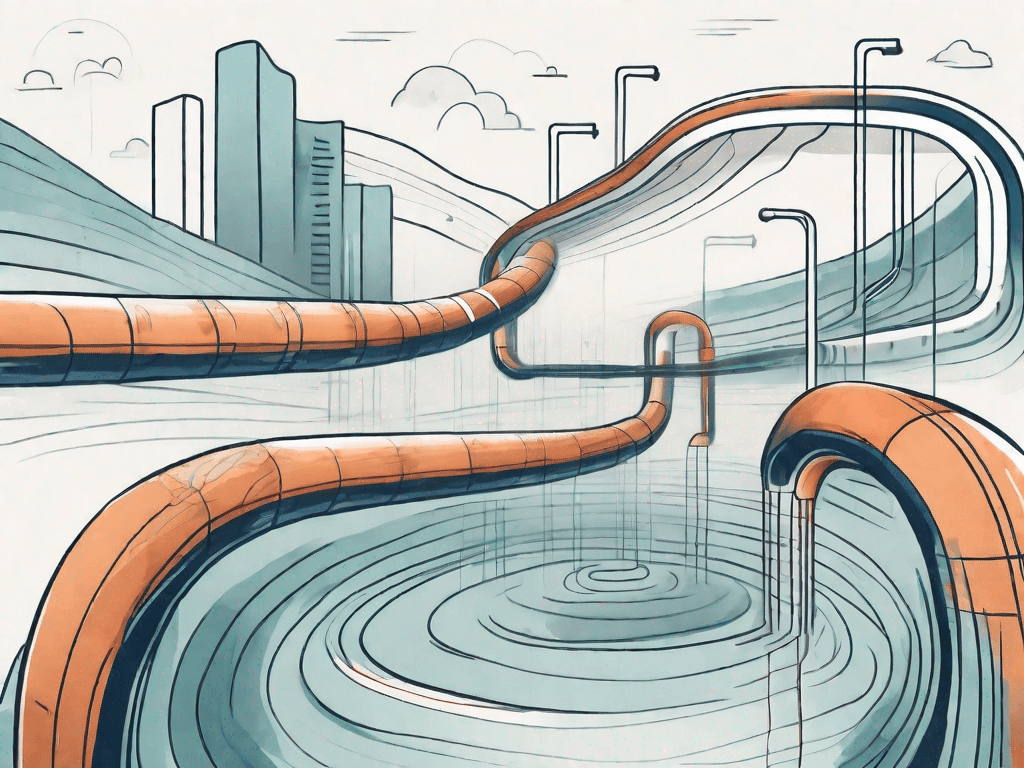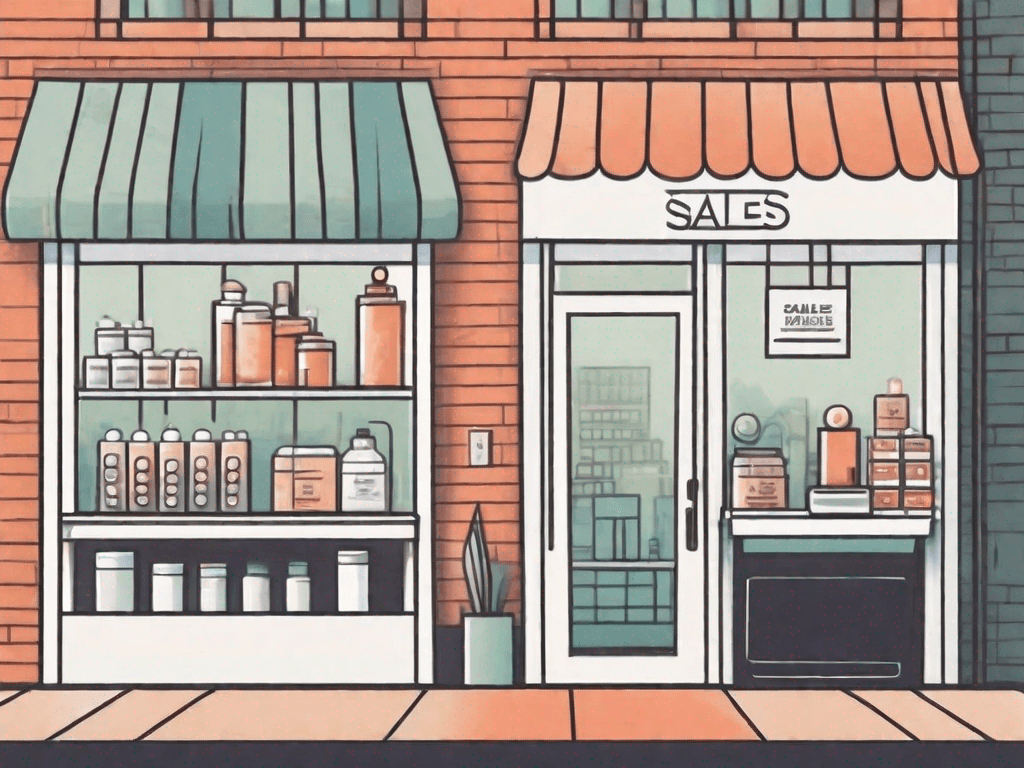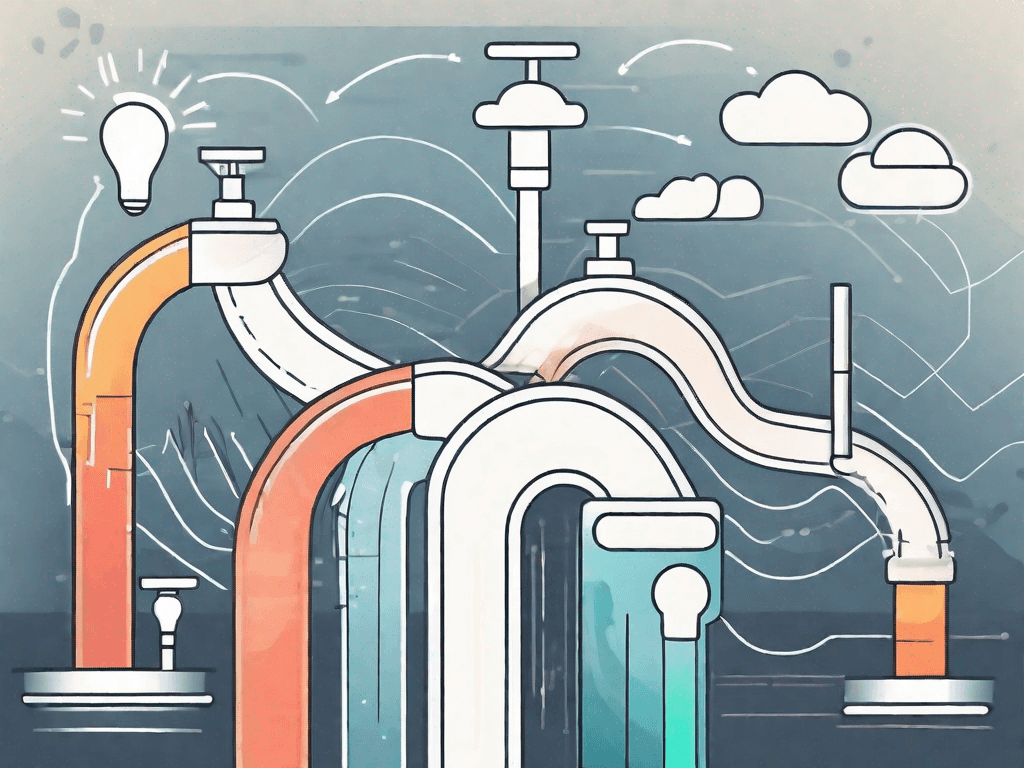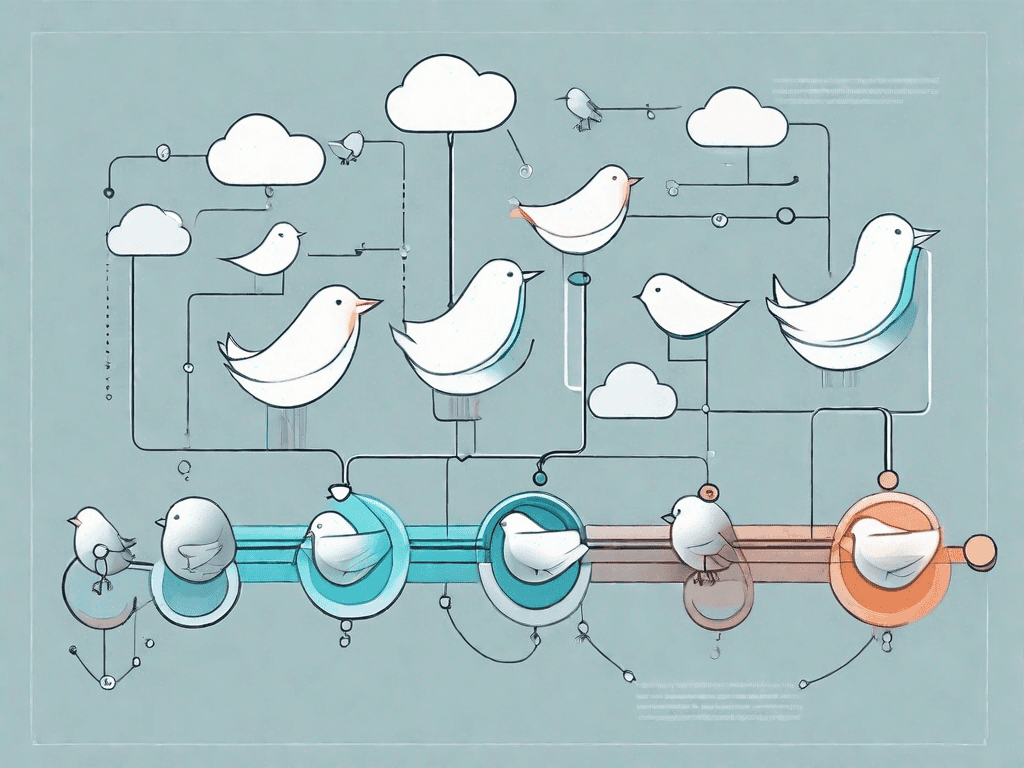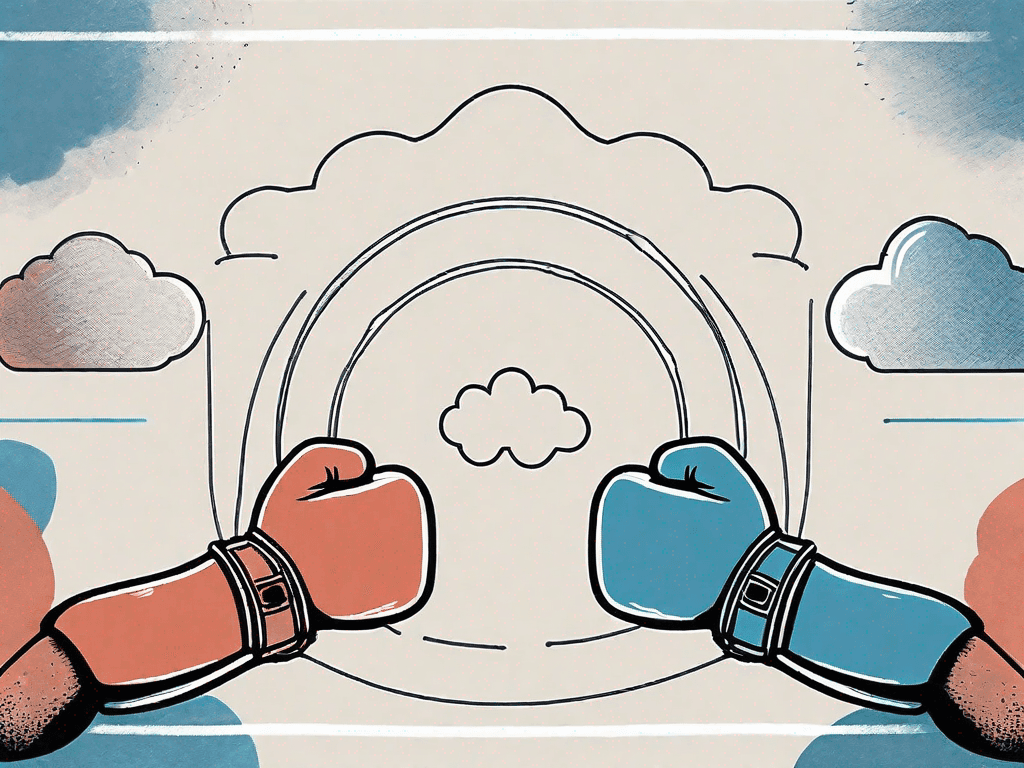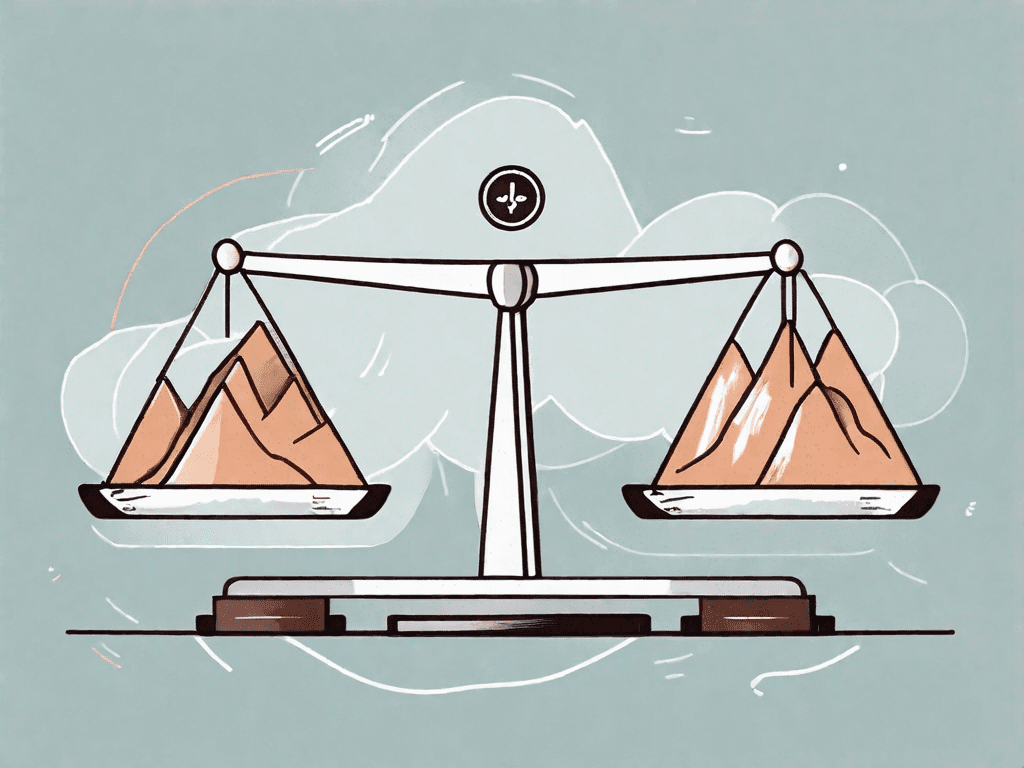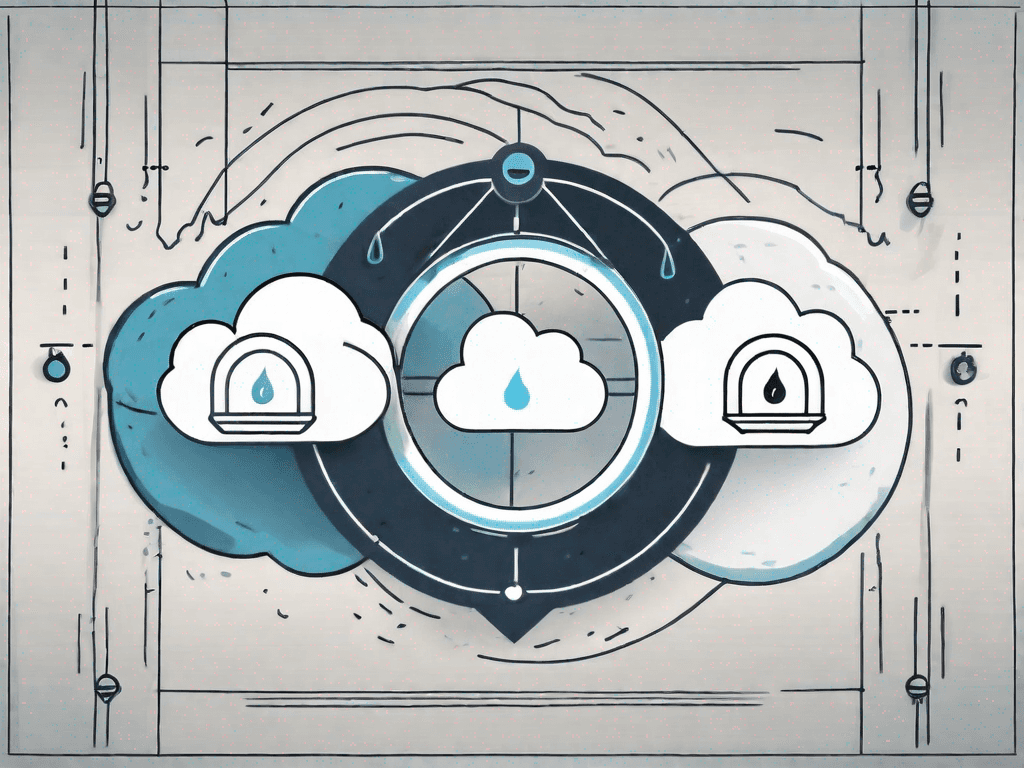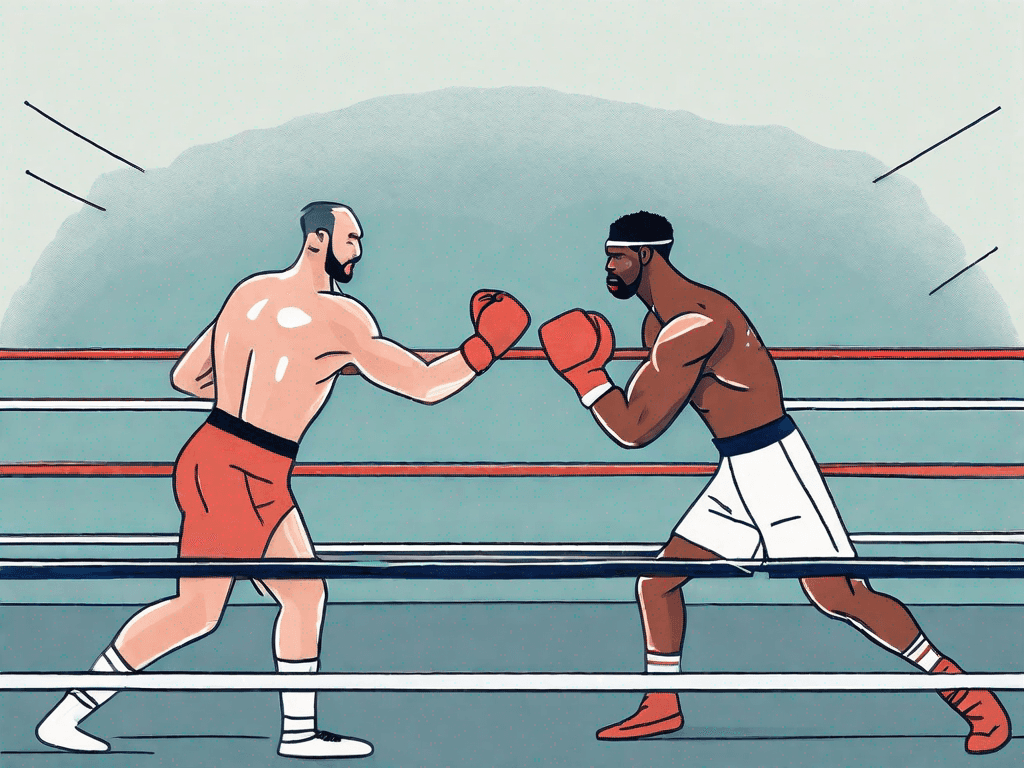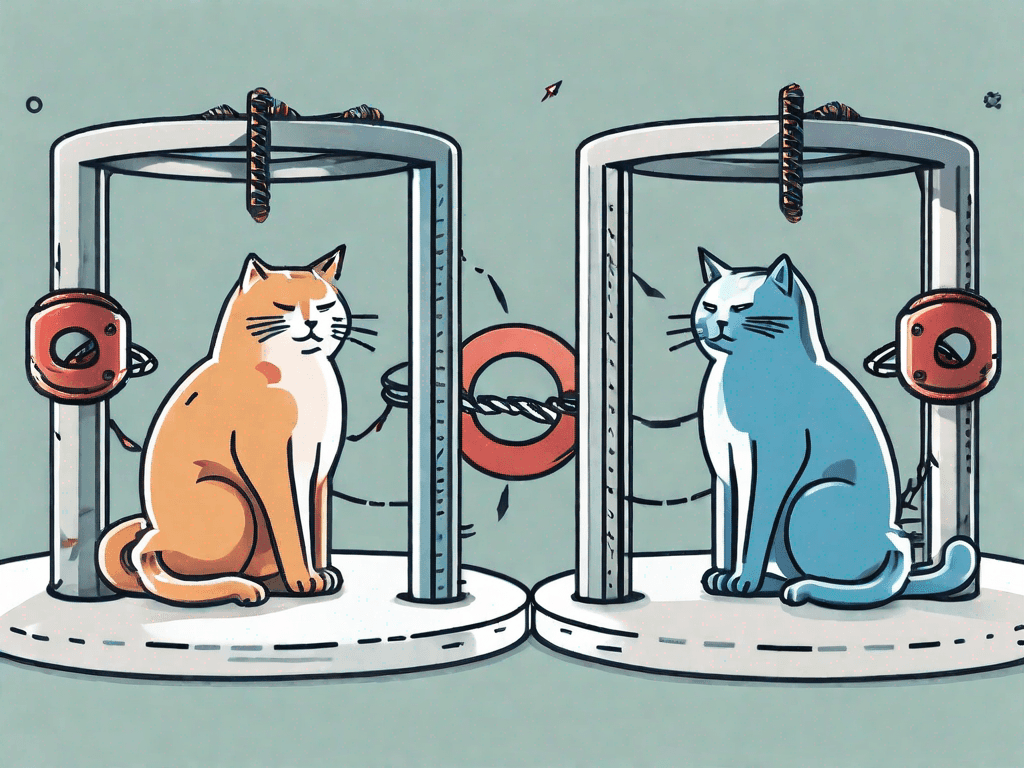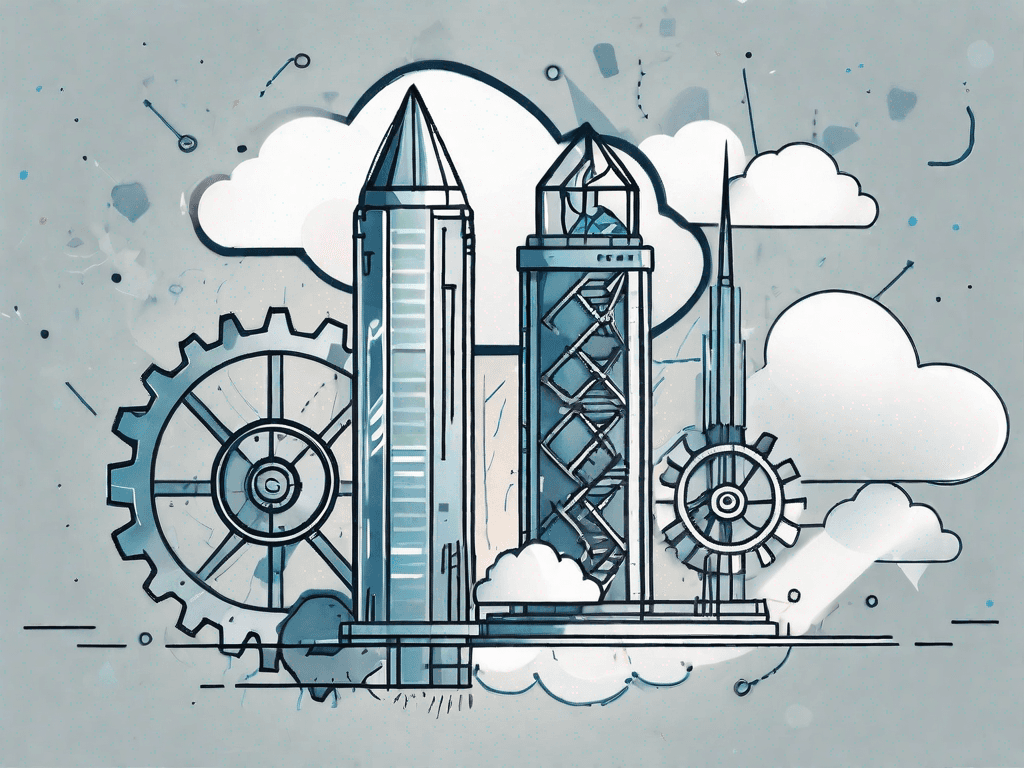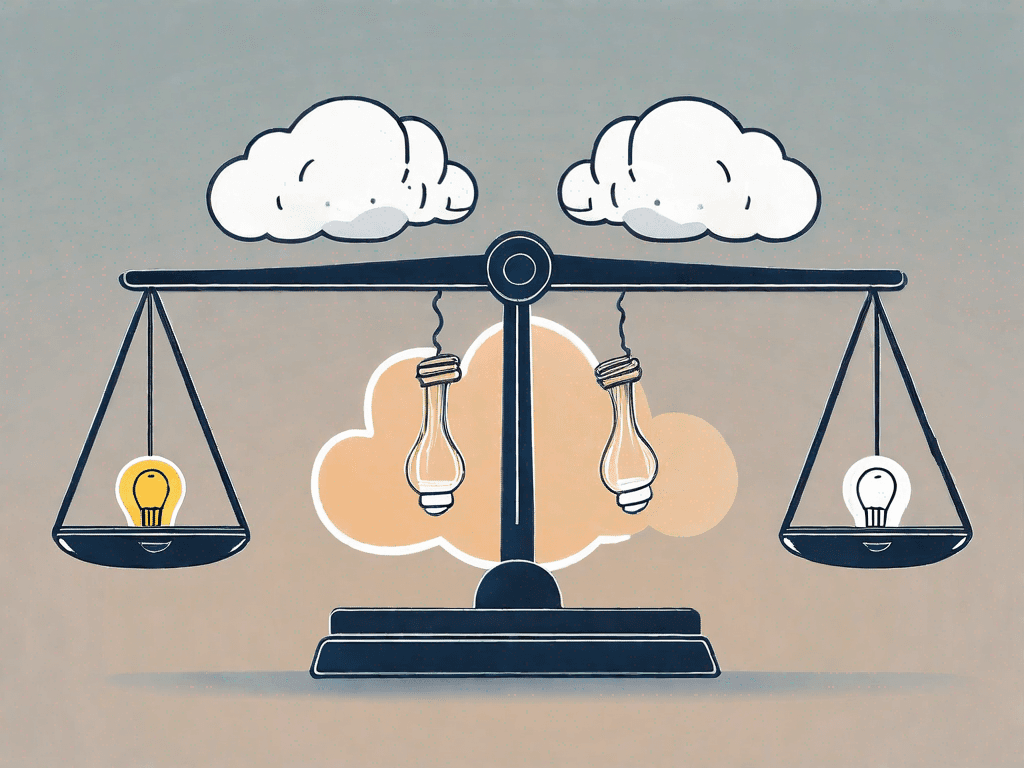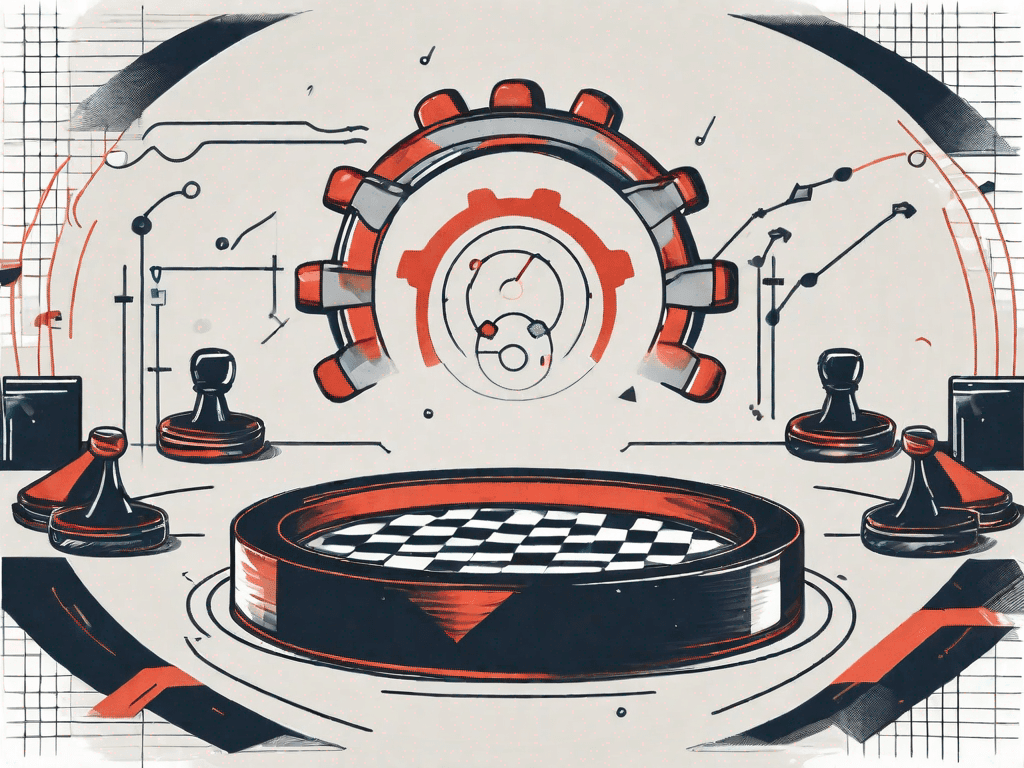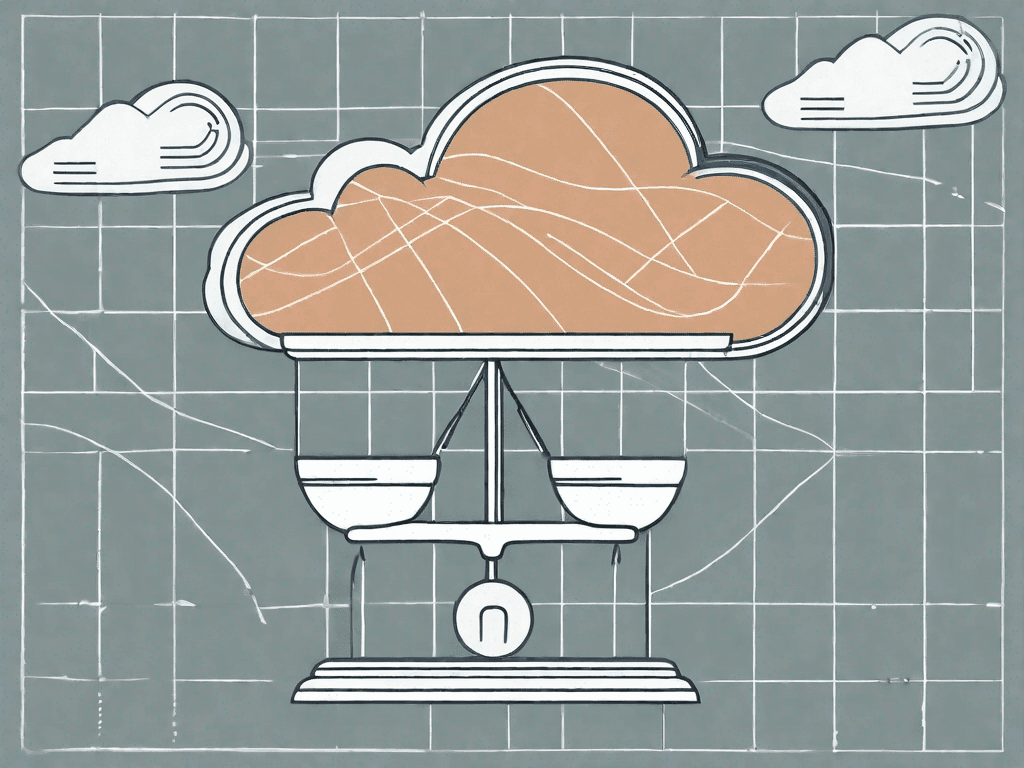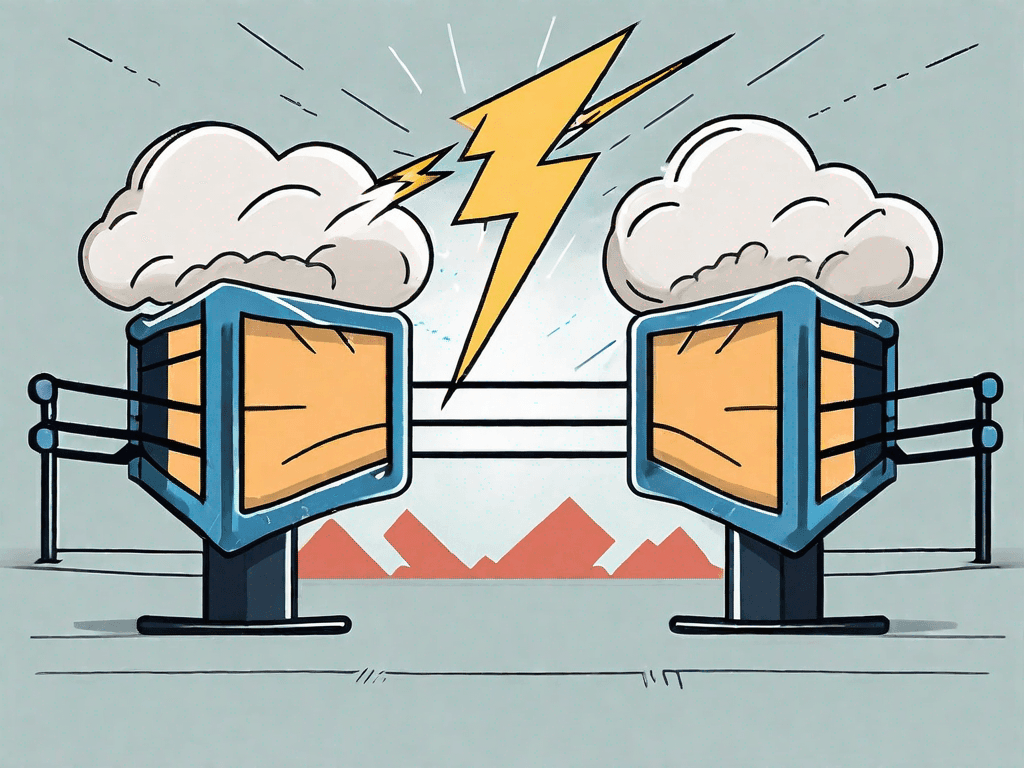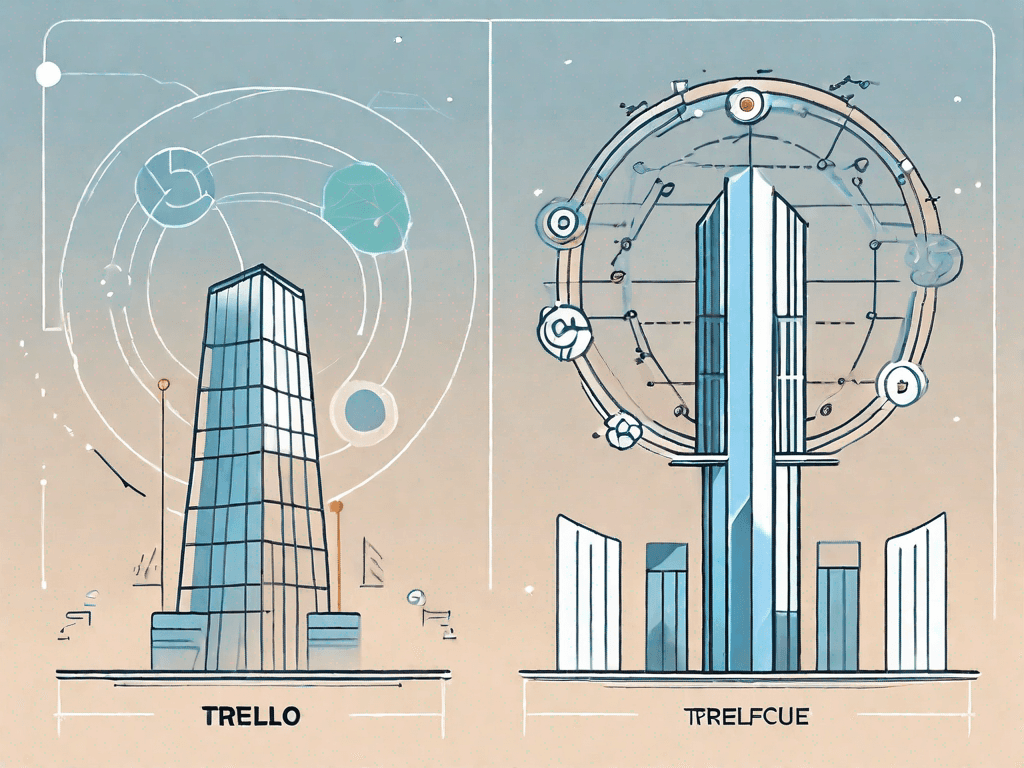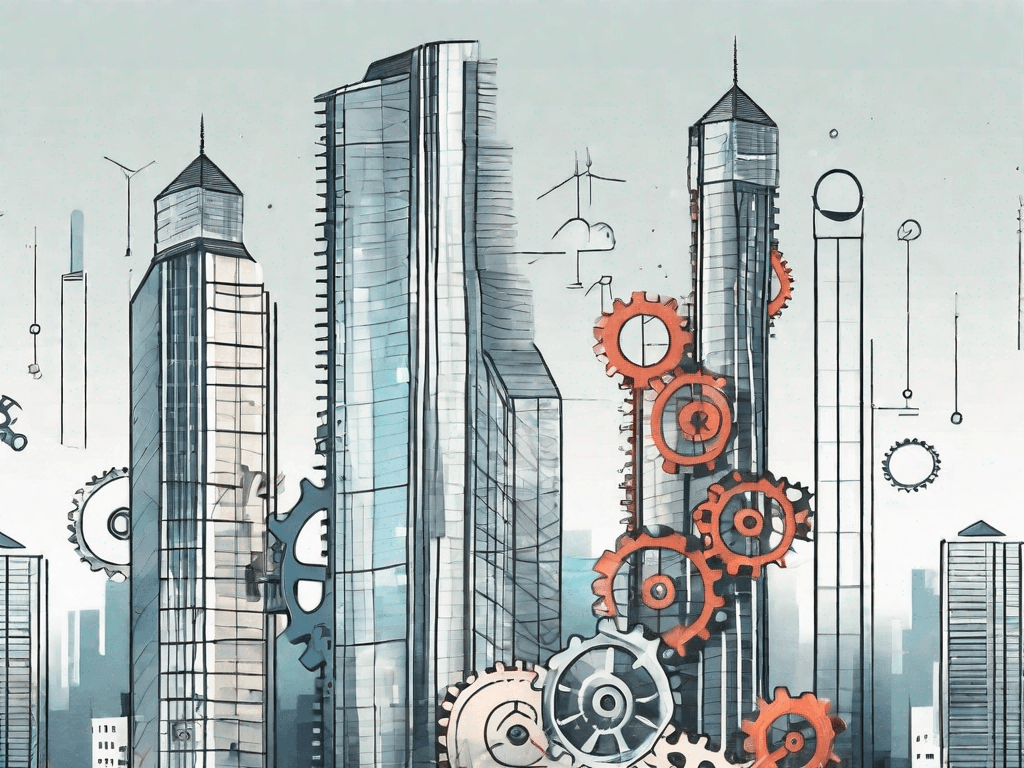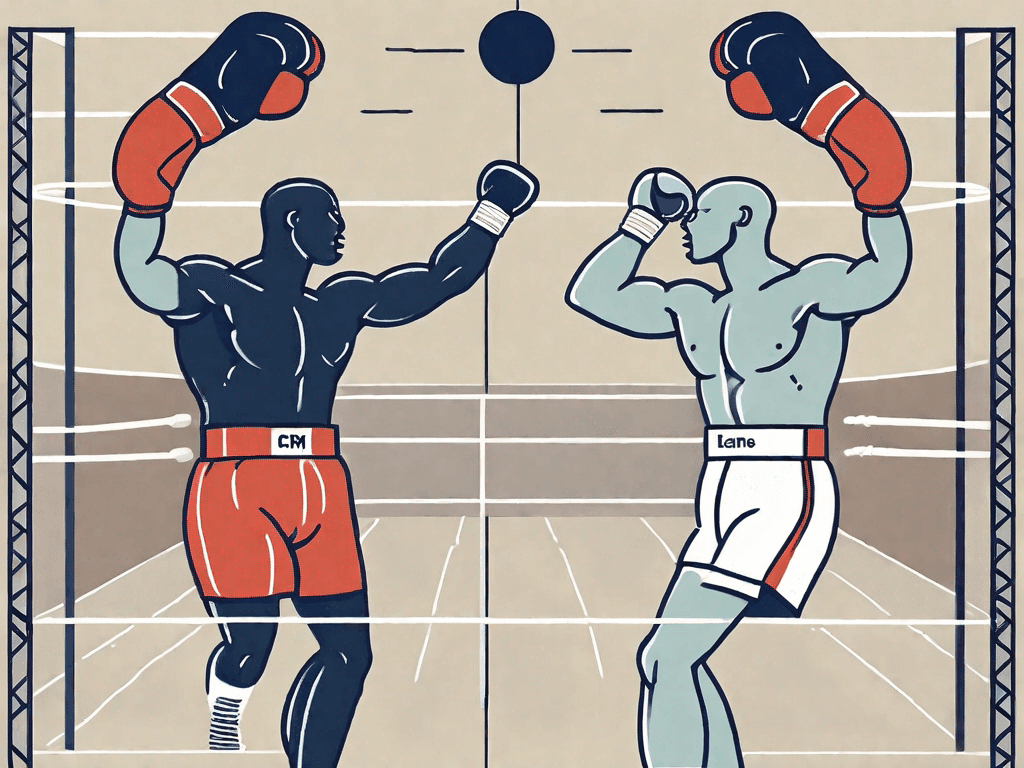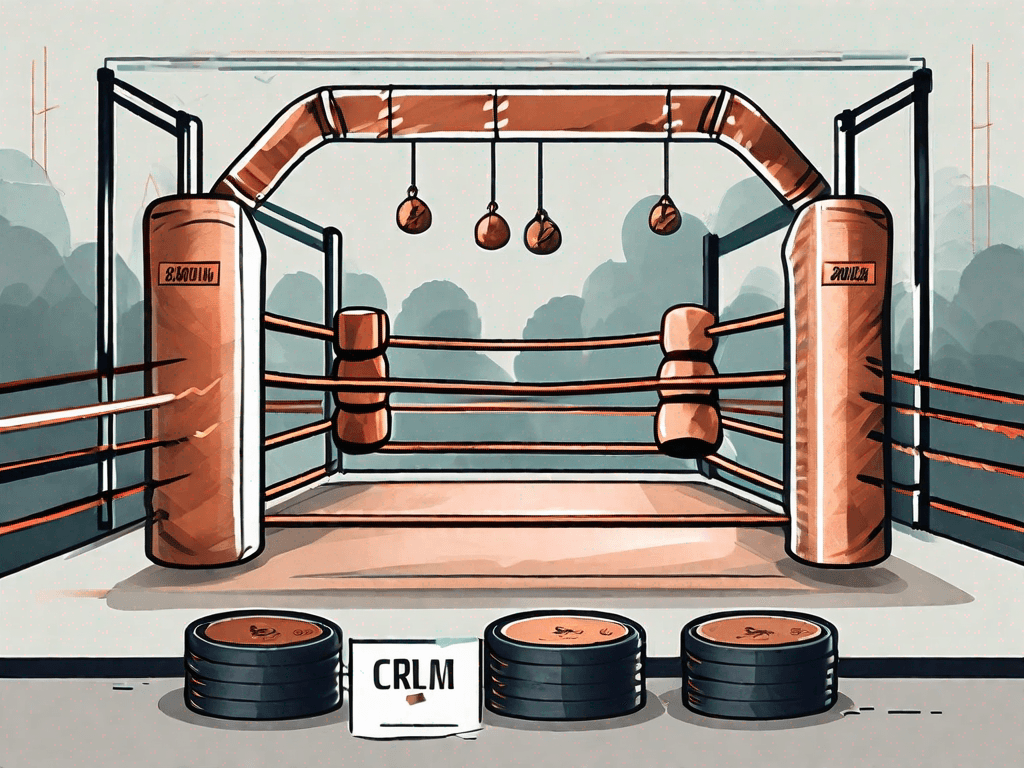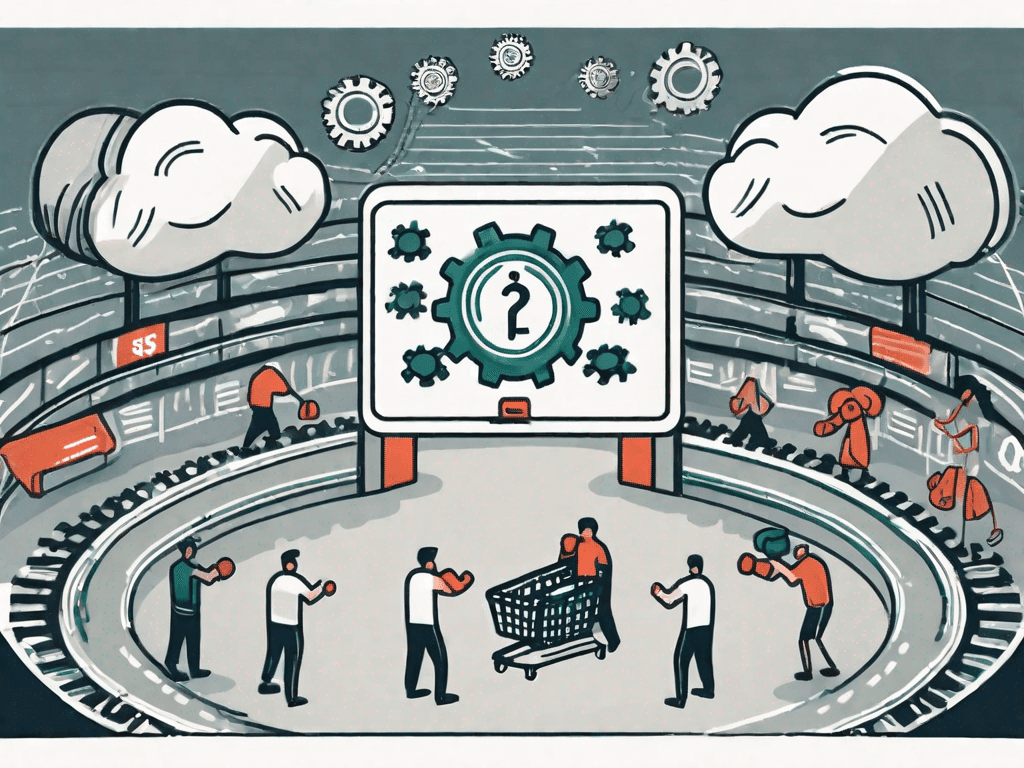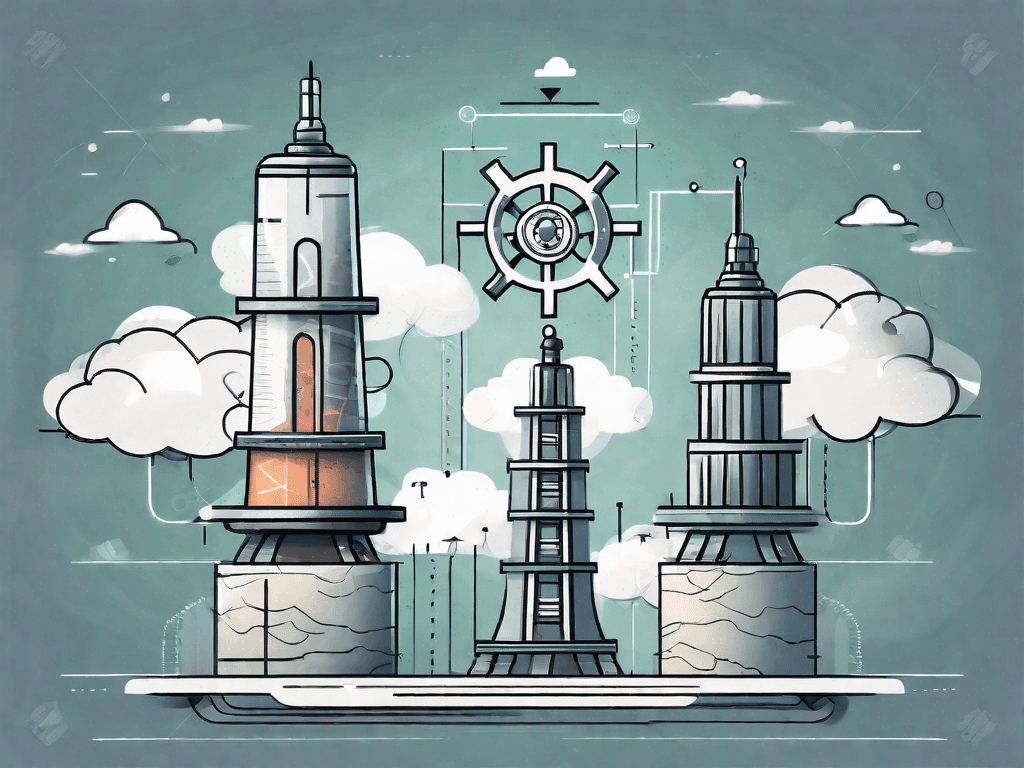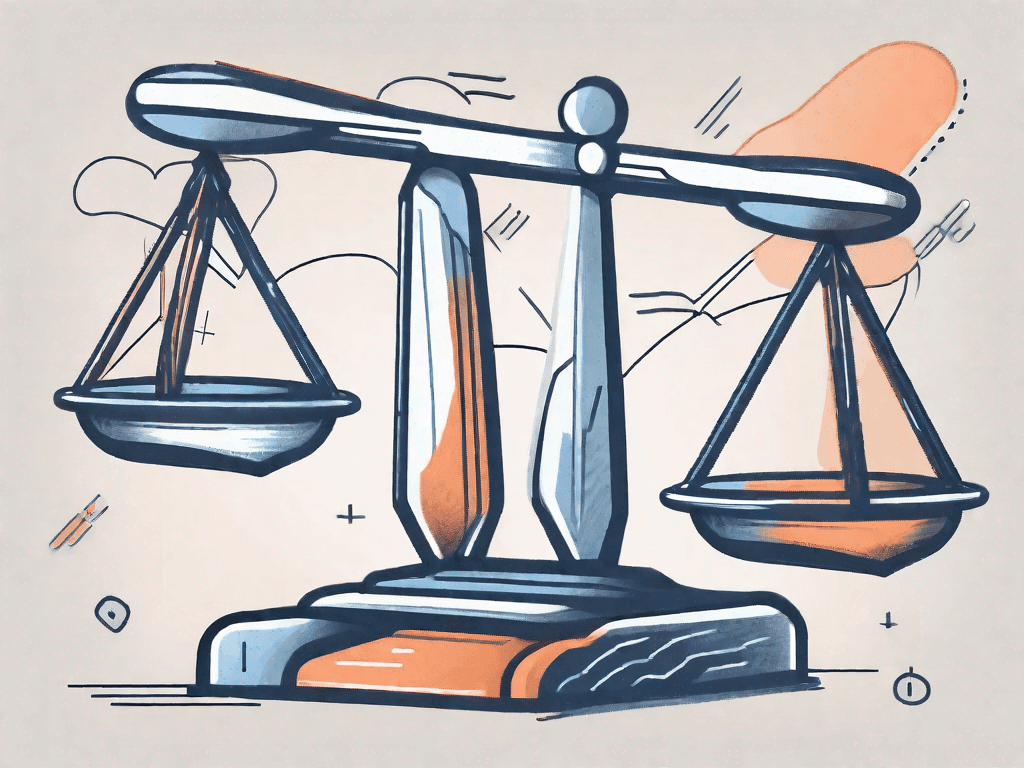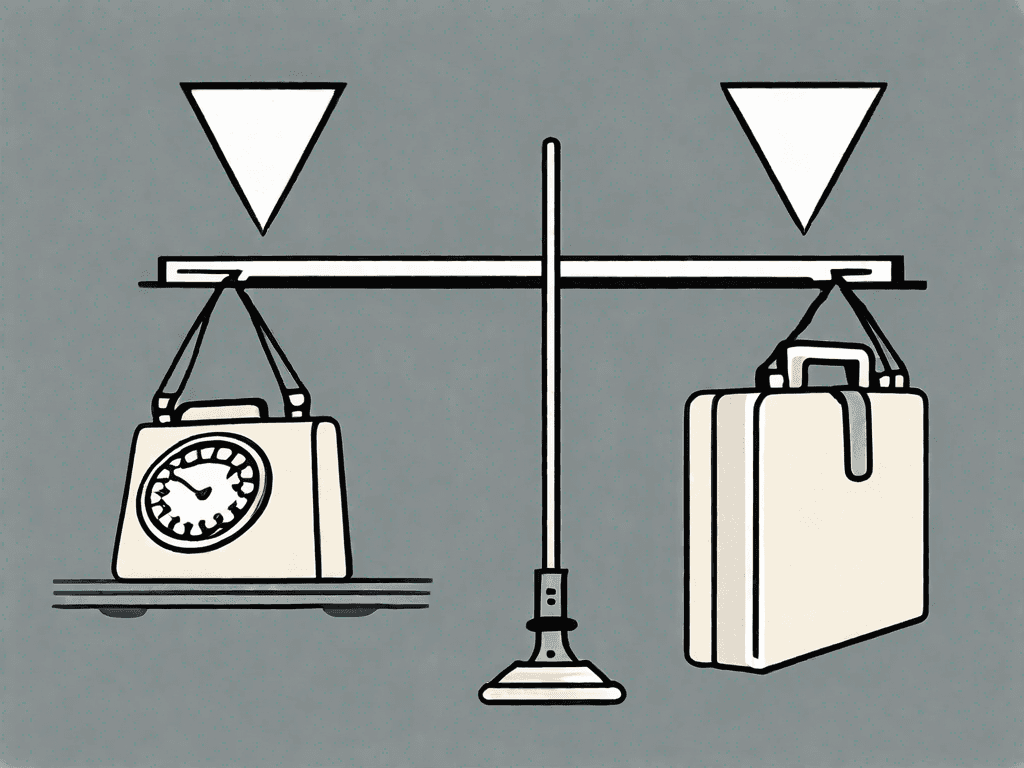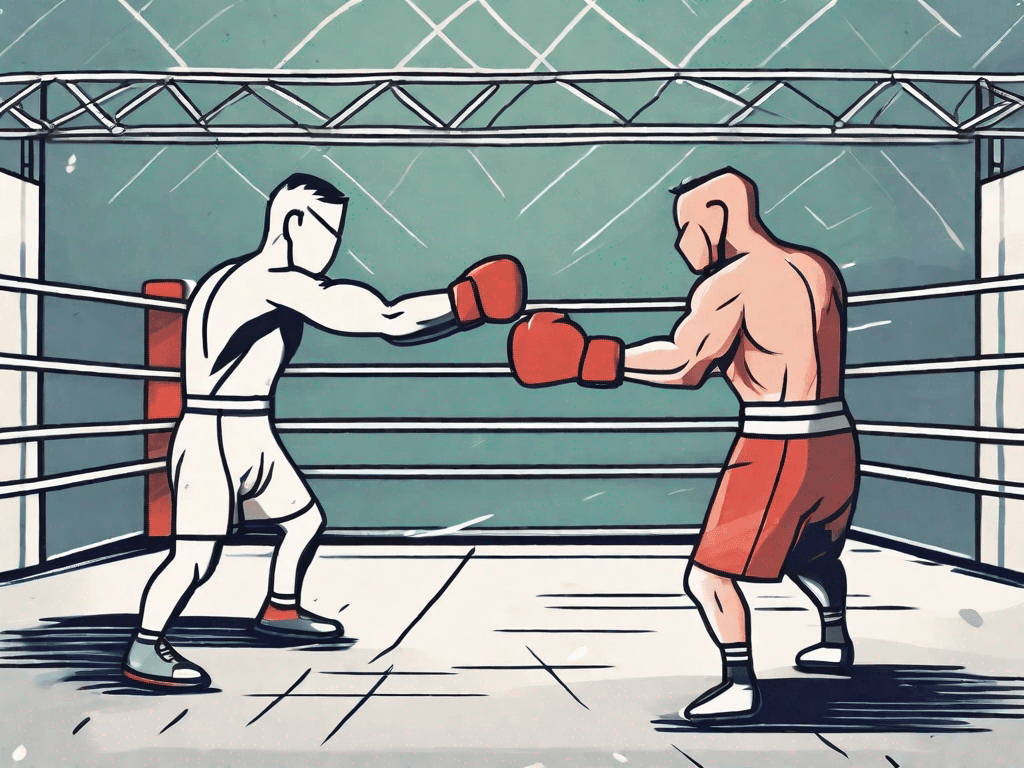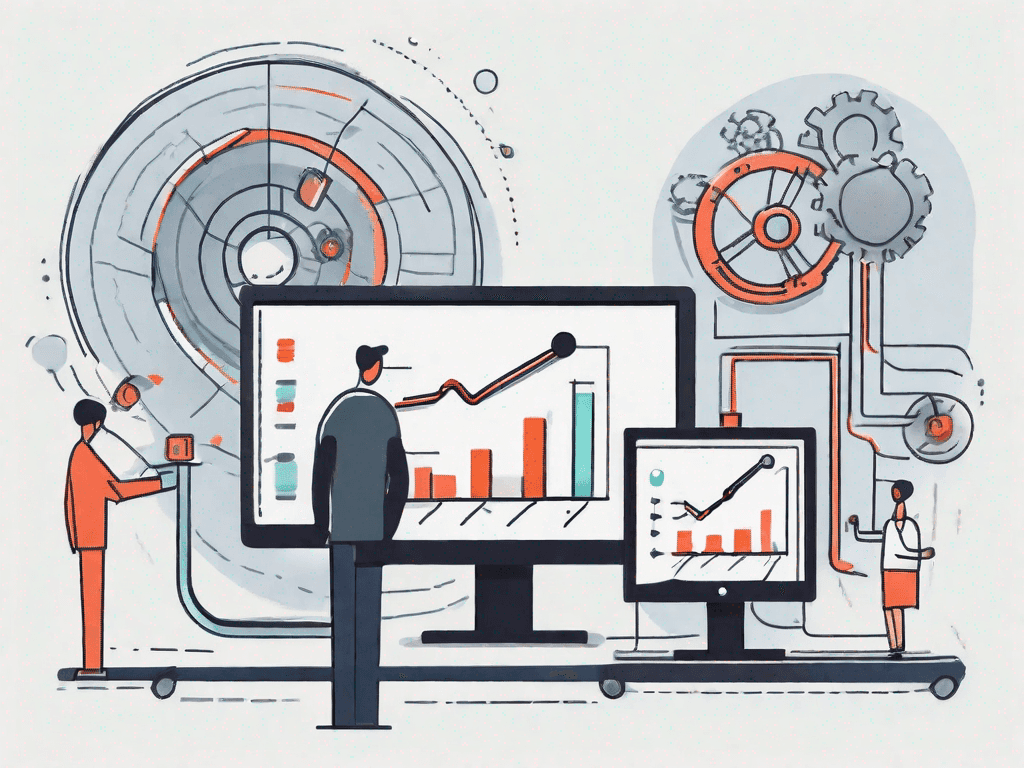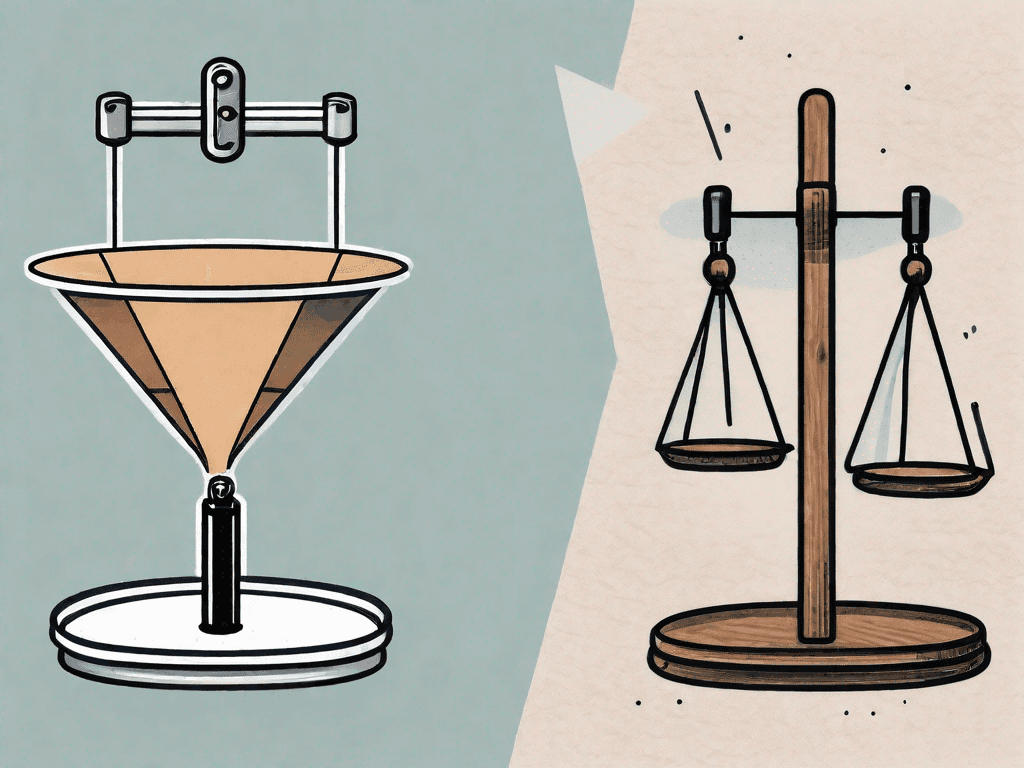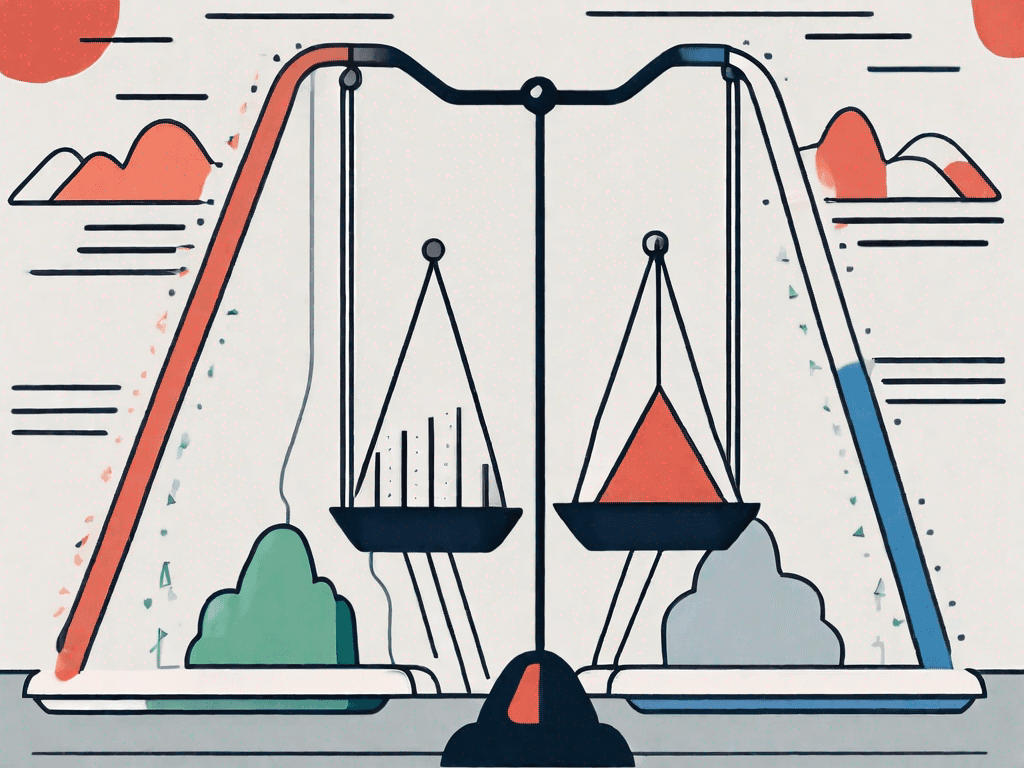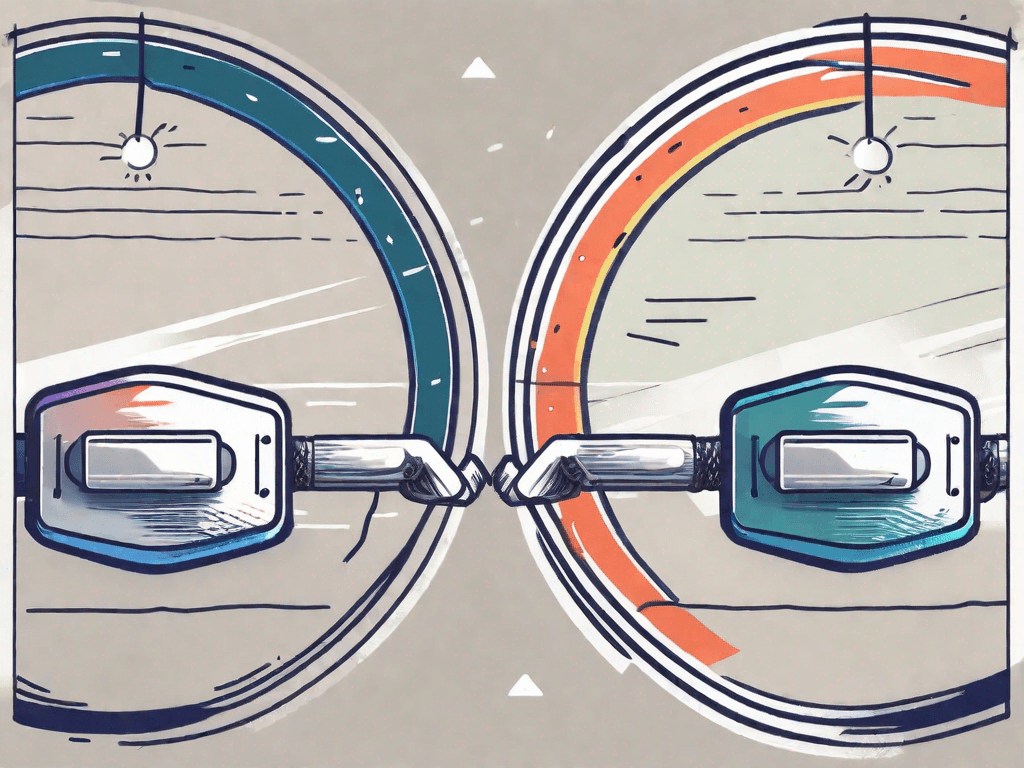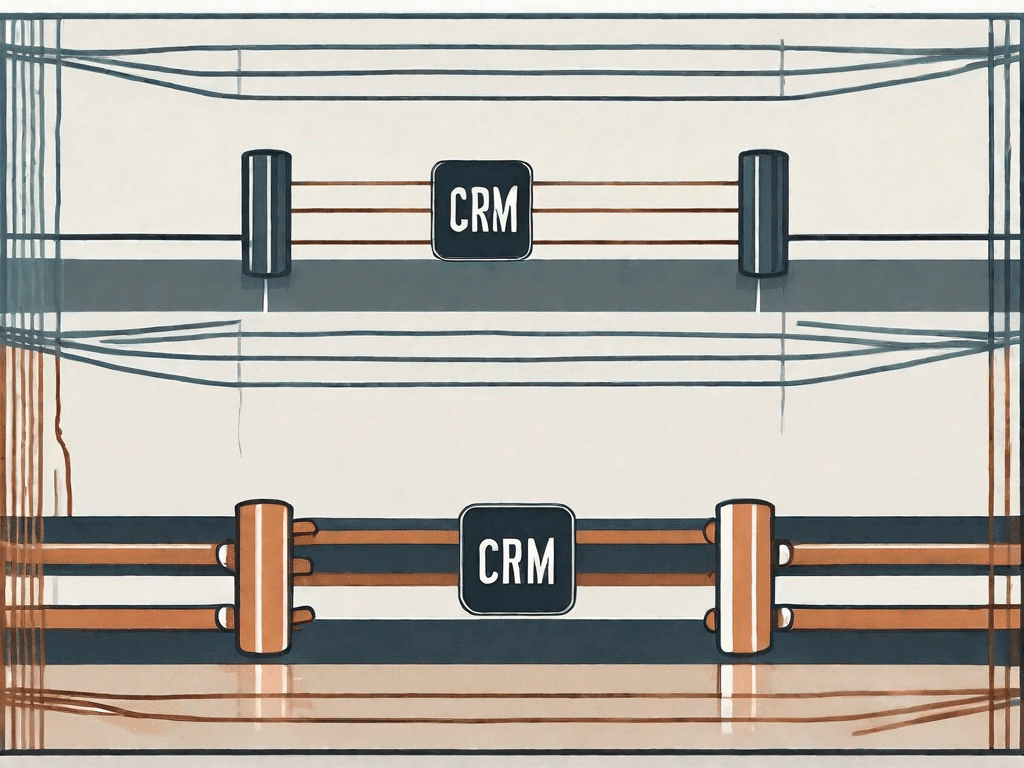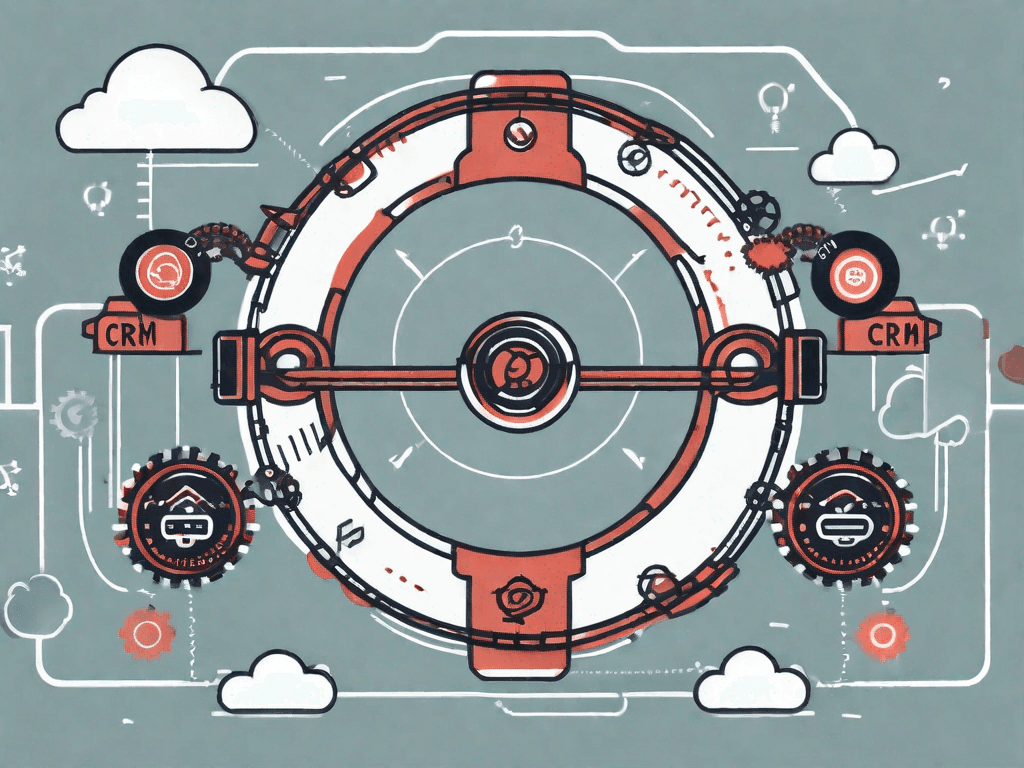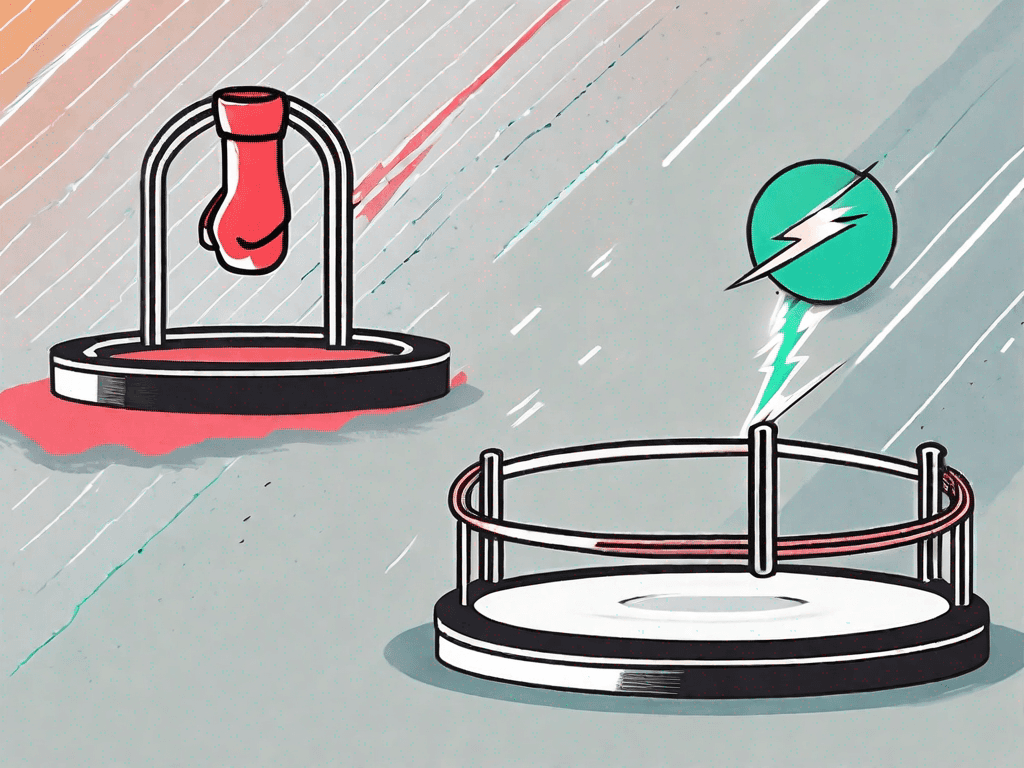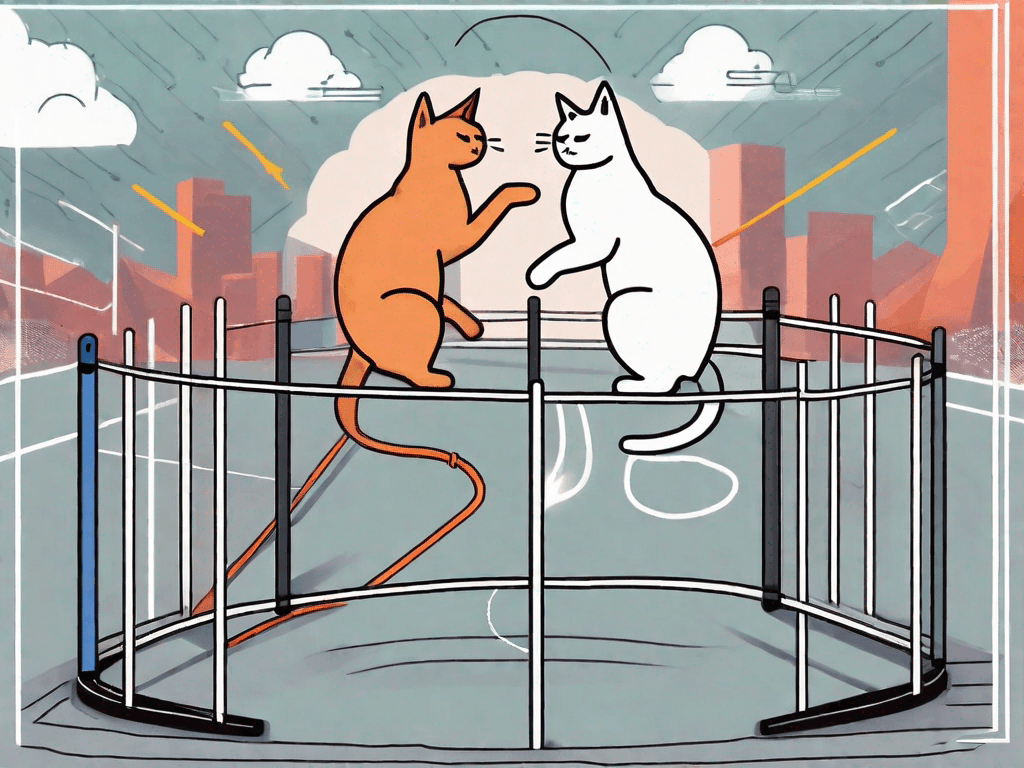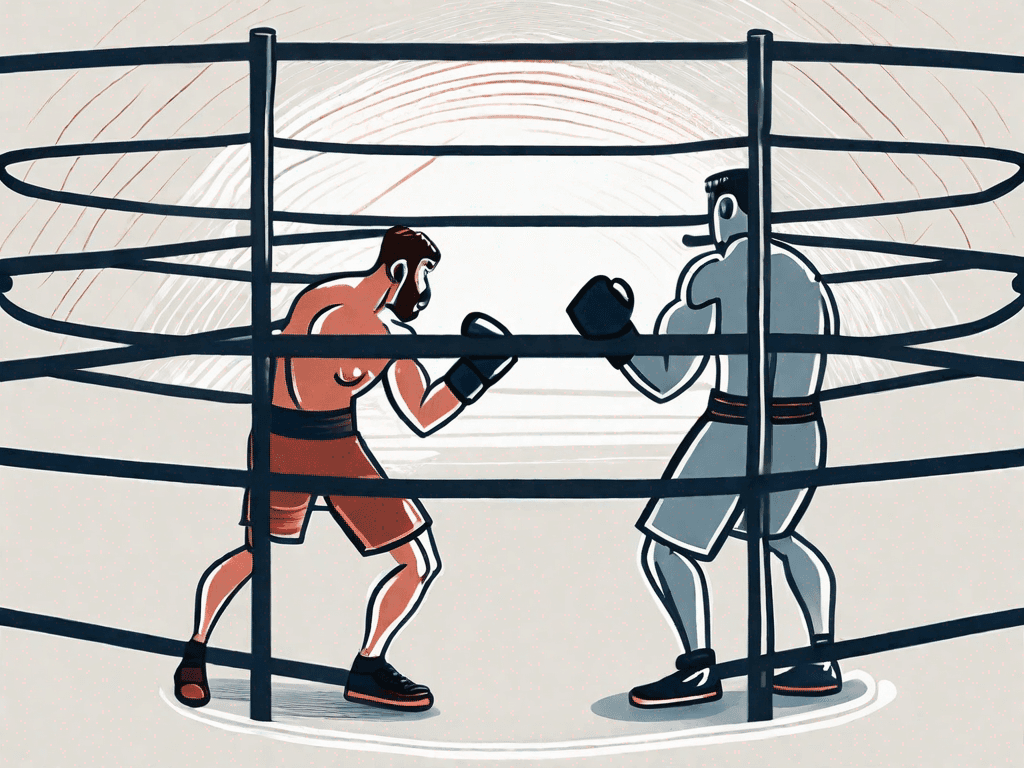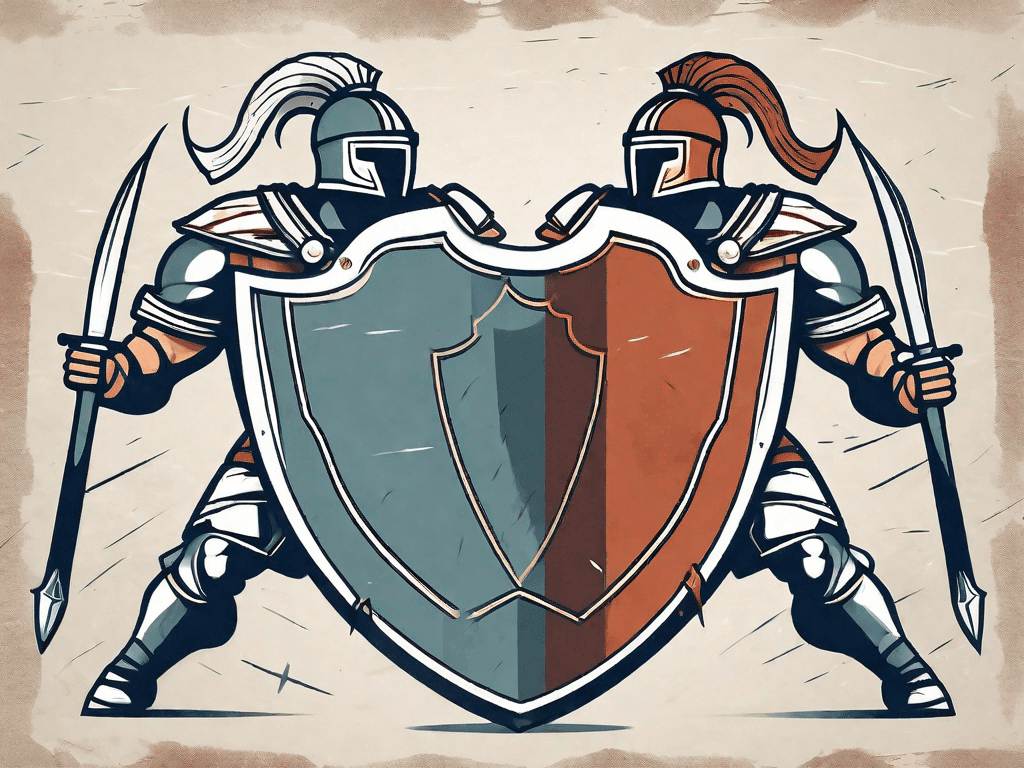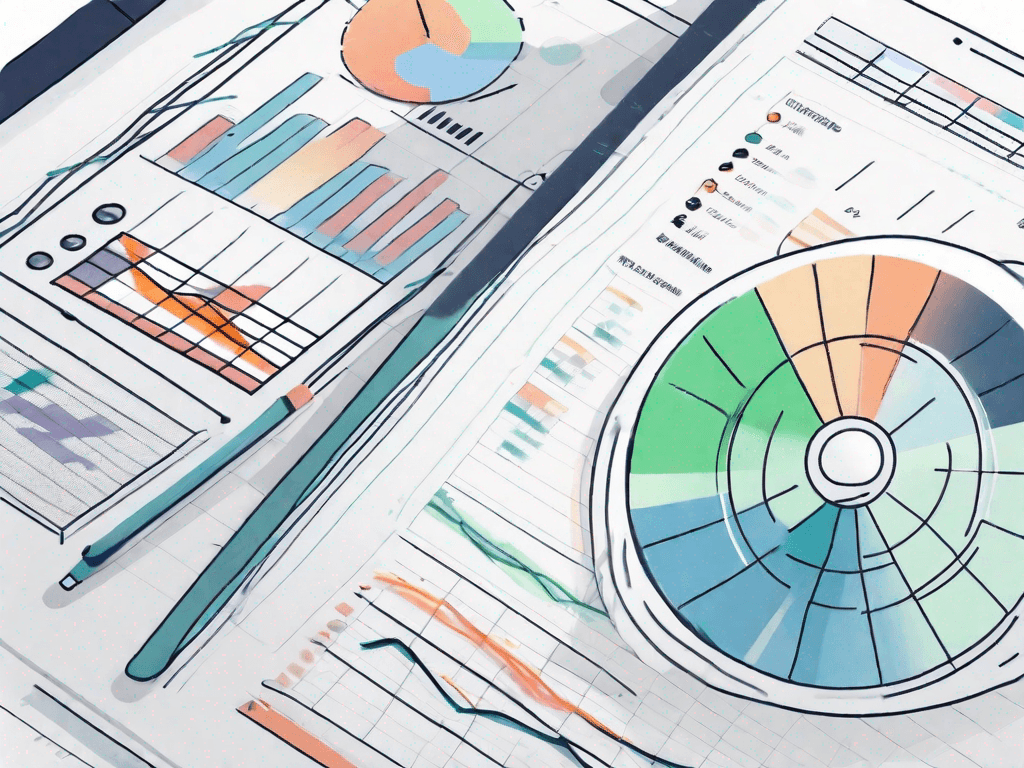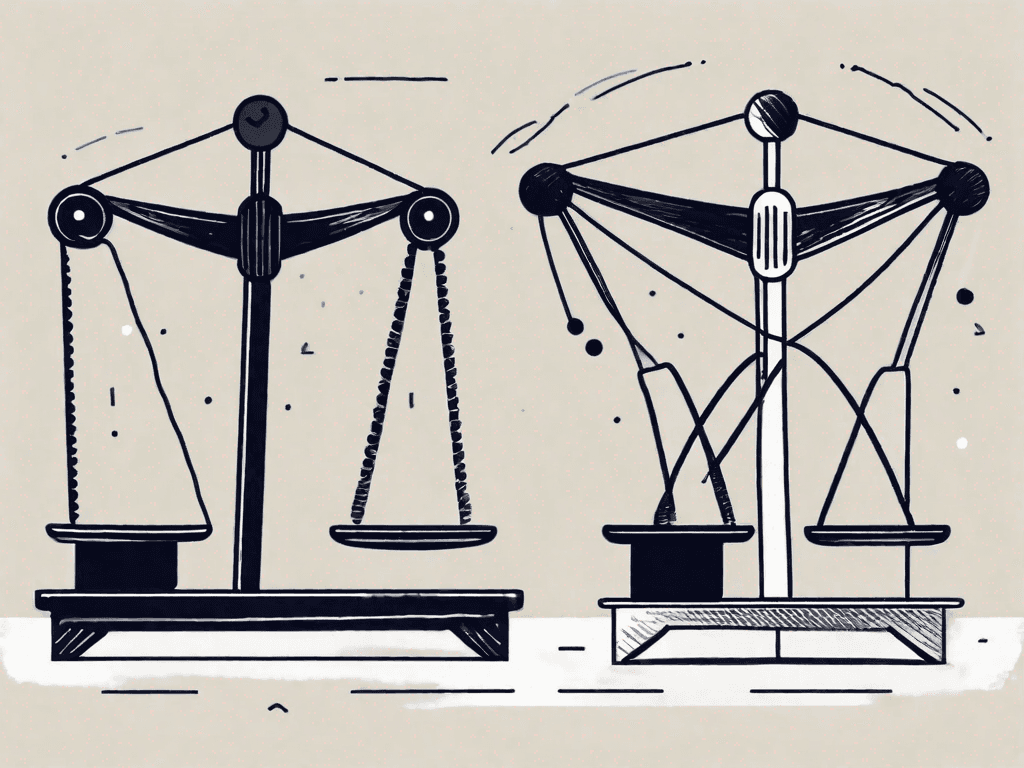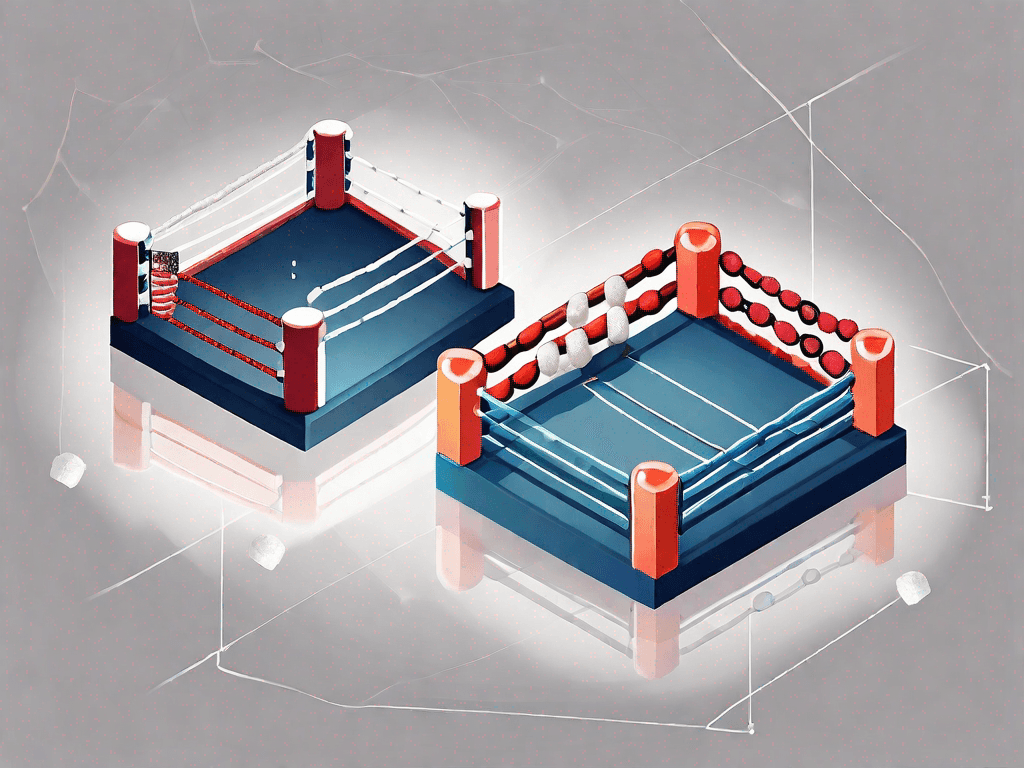
The Ideal Sales Pipeline Template for LinkedIn Influencers
LinkedIn is a powerful platform for professionals to showcase their expertise, connect with others in their industry, and generate business opportunities. As a LinkedIn Influencer, it's crucial to have a well-defined sales pipeline in place to maximize your success. In this article, we will discuss the ideal sales pipeline template for LinkedIn Influencers and why it is essential for your growth and revenue
The 7 Sales Pipeline Stages LinkedIn Influencers Should Have
Having a clear understanding of the different stages in your sales pipeline is fundamental to effectively manage and nurture your LinkedIn connections. Here are the seven stages that every LinkedIn Influencer should have in their sales pipeline:
Prospecting: This stage involves identifying potential leads and researching their background to assess their potential fit with your offering. It's crucial to use LinkedIn's advanced search features to find prospects that align with your target audience.When it comes to prospecting, it's not just about finding anyone who might be interested in your product or service. It's about finding the right people who have a genuine need or desire for what you offer. Take the time to understand your ideal customer profile and use LinkedIn's filters to narrow down your search. Look for individuals who have expressed interest in similar solutions or who belong to relevant industry groups.
Connection: Once you find a potential lead, connect with them on LinkedIn and personalize your invitation. Building a strong network is the foundation of your LinkedIn presence, so make sure to establish a genuine connection with each prospect.When sending a connection request, avoid using generic messages. Take the time to personalize your invitation and mention something specific about the person's profile or recent activity. This shows that you have taken an interest in them and increases the likelihood of them accepting your request. Remember, building relationships is about quality, not quantity.
Nurture: After connecting, it's essential to nurture your relationships by engaging with your connections' content, sharing valuable insights, and offering assistance. This stage is about building trust and positioning yourself as a thought leader in your industry.Nurturing your connections requires consistent effort and genuine interest. Engage with their posts by liking, commenting, and sharing valuable insights. Share relevant industry news or articles that you think might be of interest to them. Offer assistance or advice when appropriate, without expecting anything in return. By providing value and establishing yourself as a trusted resource, you increase the chances of your connections turning into potential customers.
Evaluation: Once you have nurtured your connections, it's time to evaluate their interest and potential as a customer. This stage involves assessing their engagement with your content, their responsiveness to your messages, and their fit with your offering.Evaluating your connections requires a keen eye for detail. Look for signs of interest, such as consistently liking or commenting on your posts. Pay attention to their responsiveness to your messages and whether they ask questions or seek further information. Assess how well their needs align with what you offer and whether they have the potential to become a valuable customer. This evaluation process helps you prioritize your efforts and focus on the most promising leads.
Proposal: If a connection shows a genuine interest in your offering, it's time to present them with a tailored proposal. Make sure to highlight the value your solution brings and address any concerns they might have.Creating a compelling proposal requires a deep understanding of your prospect's needs and pain points. Tailor your proposal to address their specific challenges and demonstrate how your solution can solve them. Highlight the unique value your offering brings and provide evidence of past successes or customer testimonials. Anticipate and address any objections or concerns they might have, showing that you have thought through every aspect of their potential partnership with you.
Negotiation: During the negotiation stage, you and your prospect will discuss the terms, pricing, and any specific requirements. It's crucial to find a win-win solution that satisfies both parties' needs and ensures a successful partnership.Negotiation is a delicate dance where both parties aim to find common ground. Be prepared to listen actively to your prospect's needs and concerns. Seek to understand their budget constraints and explore creative solutions to meet their requirements. Remember, the goal is to establish a mutually beneficial partnership, so be open to compromise and find ways to add value while still meeting your business objectives.
Closure: The final stage is closing the deal. This involves reaching an agreement, signing the contract, and officially welcoming your new customer. Remember to celebrate your success and express gratitude for the opportunity to work together.Closing a deal is a cause for celebration. Once all terms and conditions have been agreed upon, prepare the necessary paperwork and ensure a smooth transition from negotiation to contract signing. Express your gratitude to your new customer for choosing to work with you and reinforce the value they will receive from your solution. Celebrate this milestone and use it as an opportunity to strengthen the relationship further.
Example of the Customer Journey in a Sales Pipeline for LinkedIn Influencers Step-by-Step
Let's take a closer look at how a customer journey might unfold within a sales pipeline for LinkedIn Influencers:
You identify a prospect through advanced search and connect with them on LinkedIn.
Once connected, you begin nurturing the relationship by engaging with their content and providing valuable insights.
The prospect shows interest and engages with your content, indicating their potential as a customer.
You present them with a personalized proposal that addresses their specific needs and demonstrates the value of your offering.
After negotiation, an agreement is reached, and the contract is signed.
You celebrate the successful closure and commence working together to achieve mutually beneficial outcomes.
Why LinkedIn Influencers need this Sales Pipeline Template?
3.1 - You'll save time growing your network as LinkedIn Influencers.
Having a clear sales pipeline template enables you to streamline your networking efforts on LinkedIn. By understanding each stage and the actions required, you can efficiently manage your connections, nurture relationships, and focus on the prospects most likely to convert. This allows you to make the most of your time and resources, maximizing your network growth potential.
3.2 - You'll grow revenues faster by expanding your LinkedIn presence.
A well-defined sales pipeline template not only helps you manage your connections but also positions you as a trusted authority in your industry. By consistently nurturing relationships and offering valuable insights, you can enhance your LinkedIn presence and attract high-quality leads. This increased visibility and credibility can lead to faster revenue growth as more prospects recognize the value you bring to the table.
In conclusion, the ideal sales pipeline template for LinkedIn Influencers consists of seven stages that help you effectively manage your connections and nurture relationships. By implementing this template, you can save time, grow your network, and accelerate revenue growth. Embrace the power of LinkedIn and leverage a well-structured sales pipeline to achieve your business objectives as a LinkedIn Influencer.



